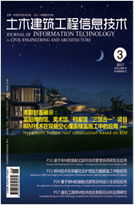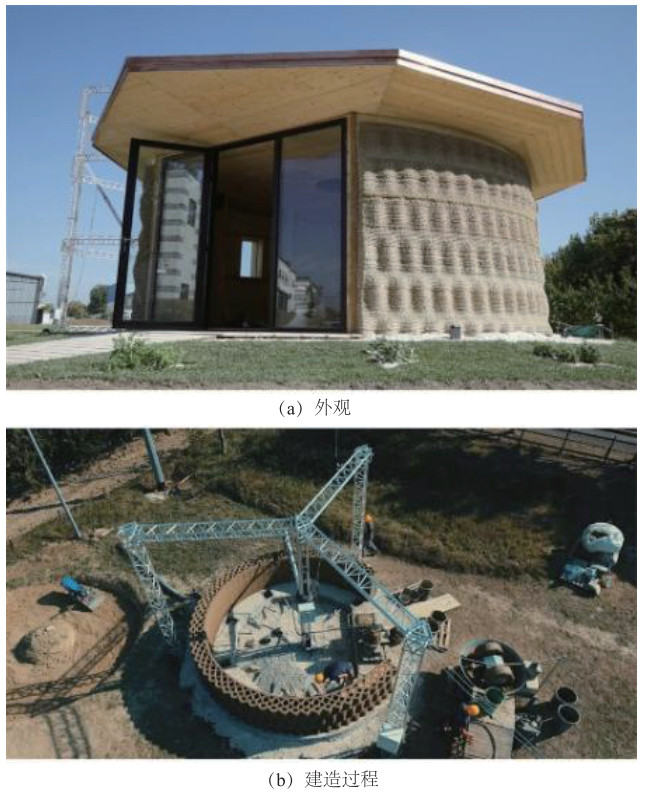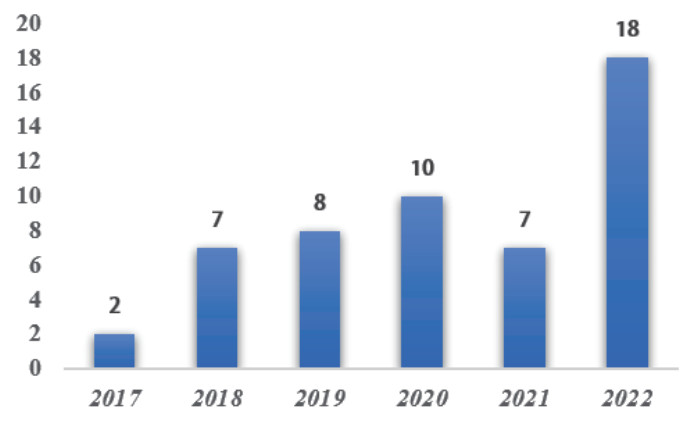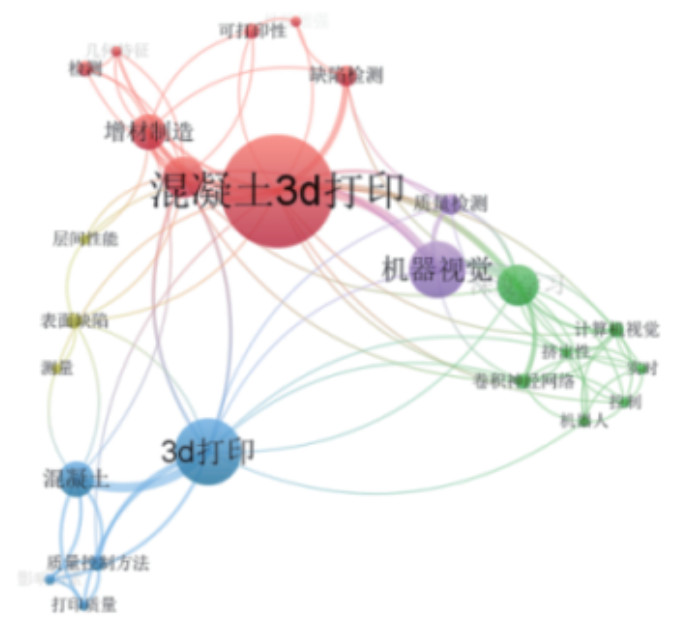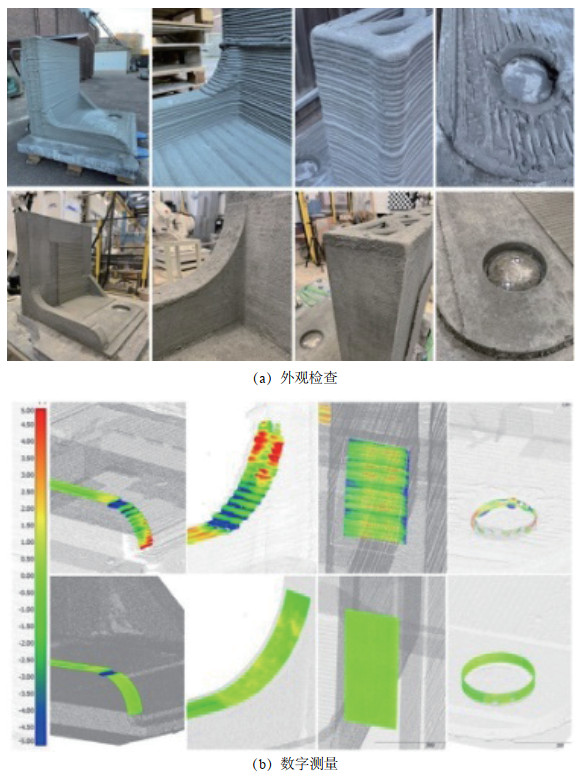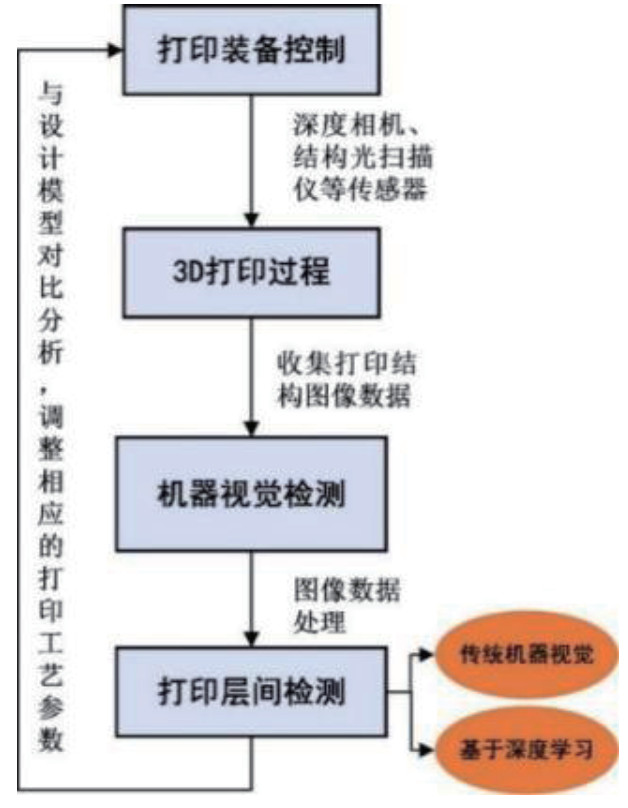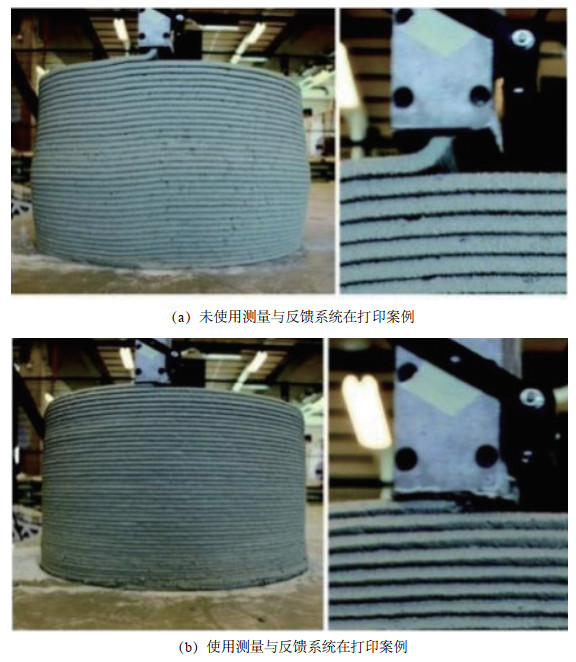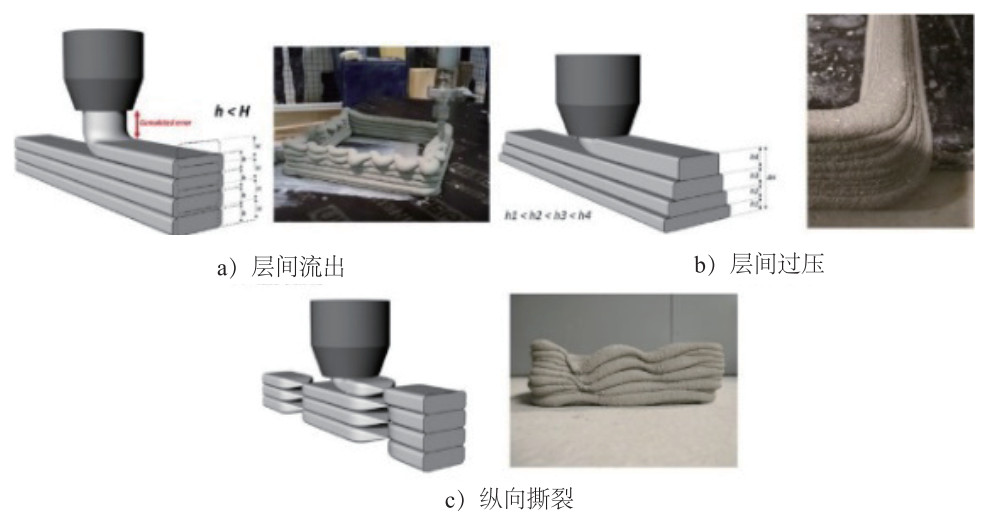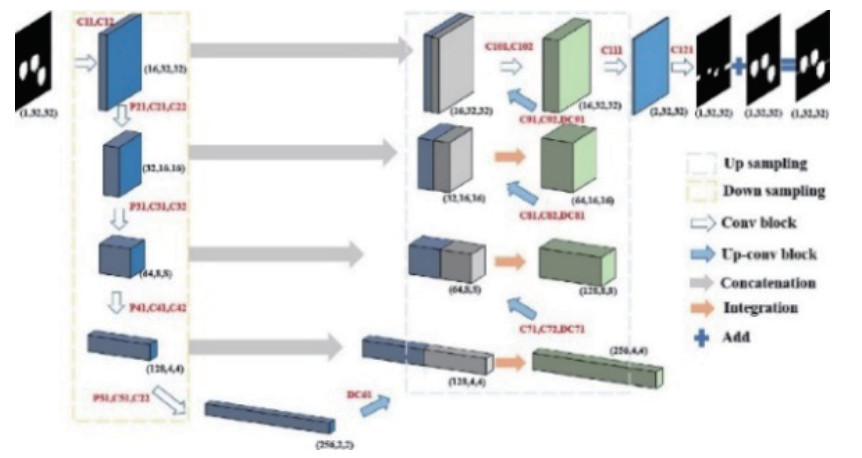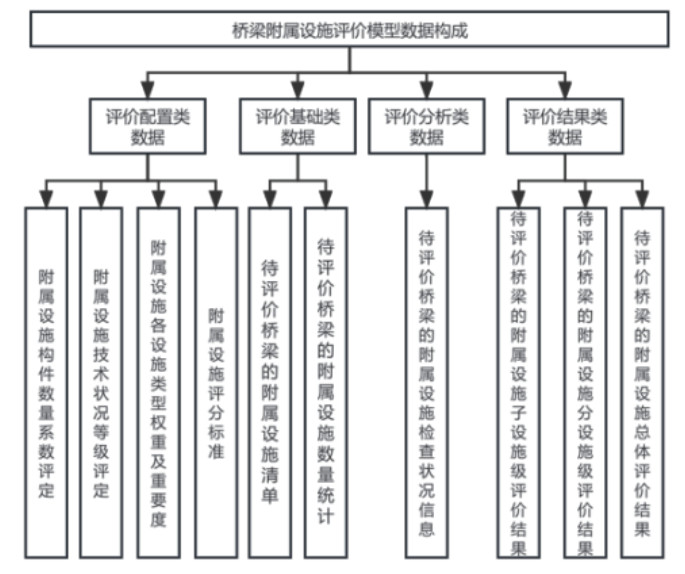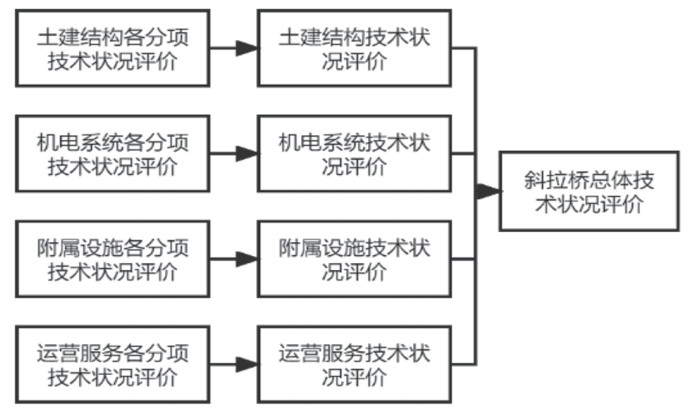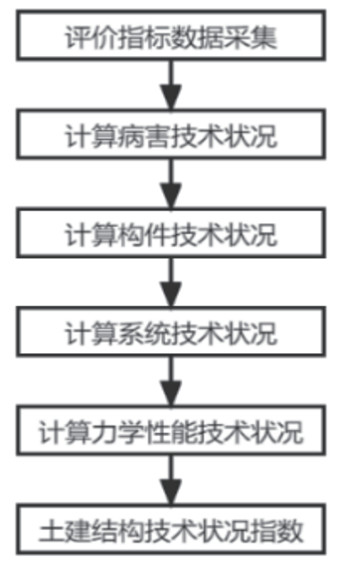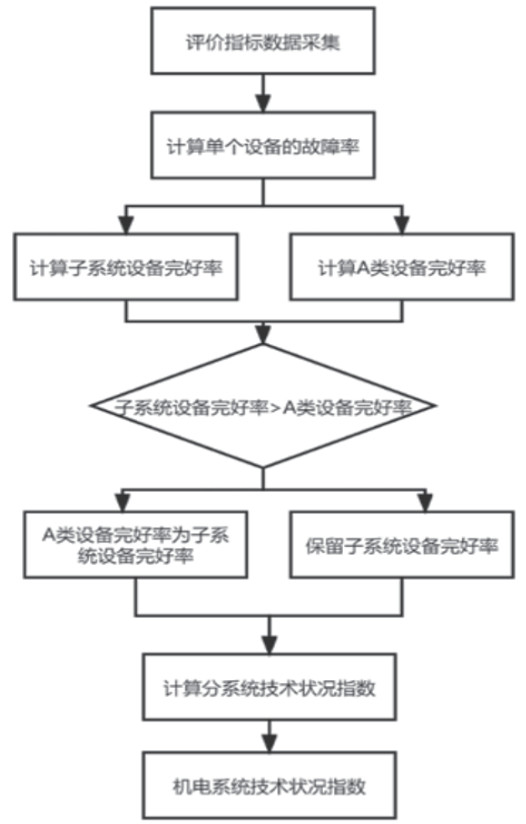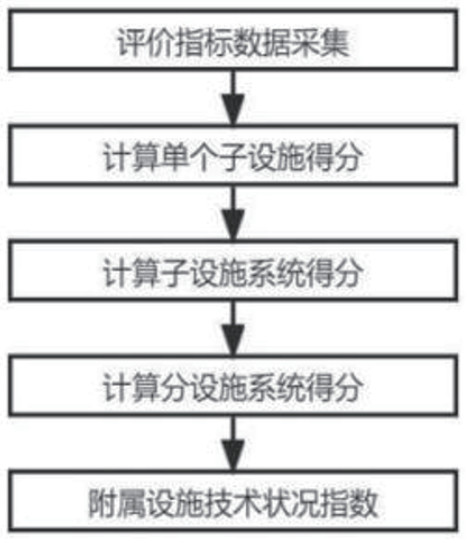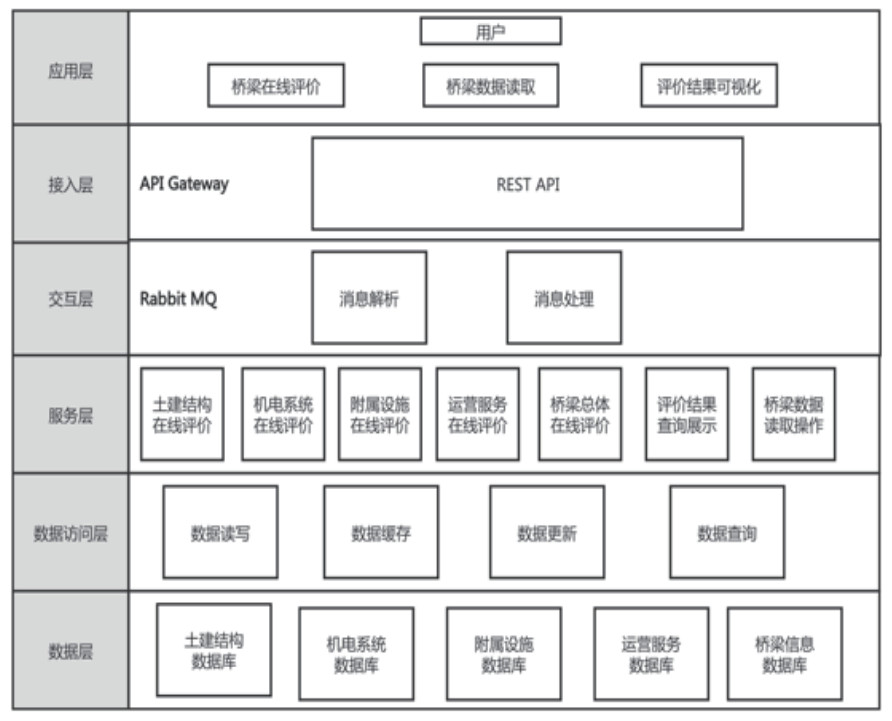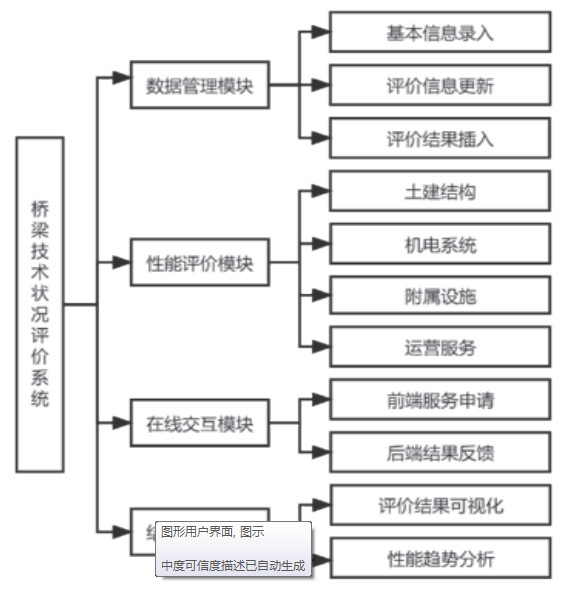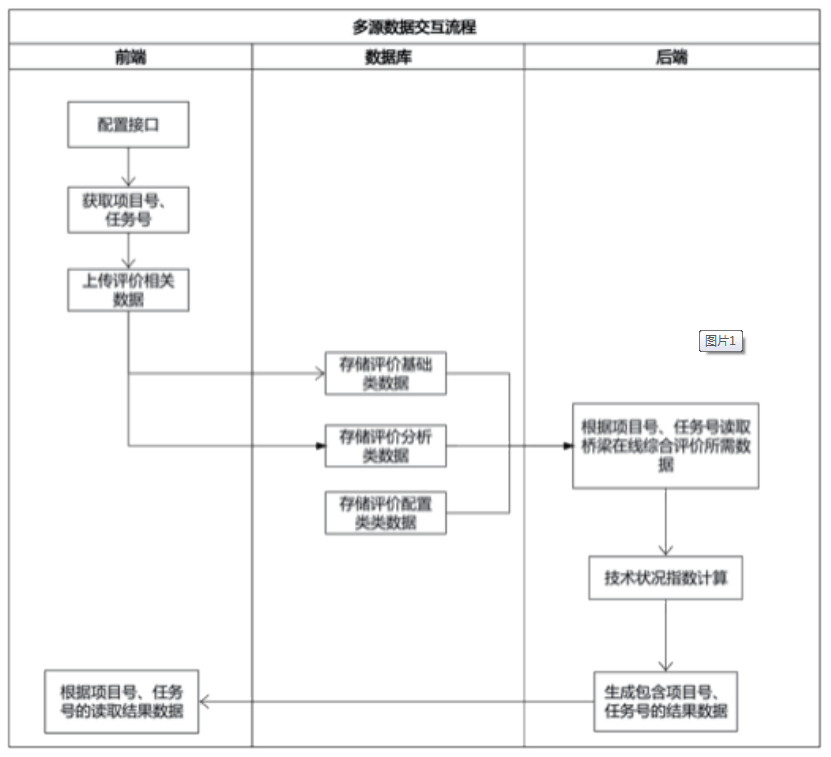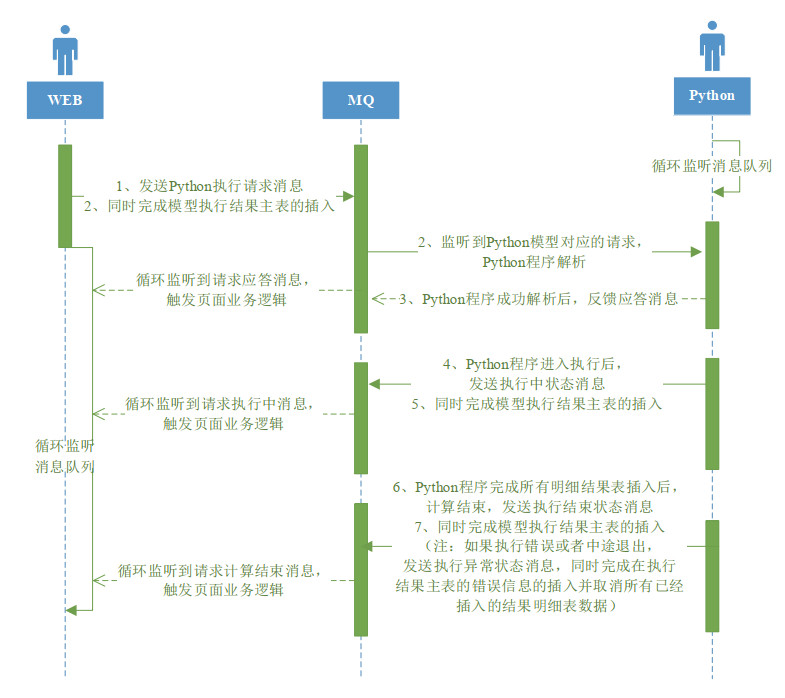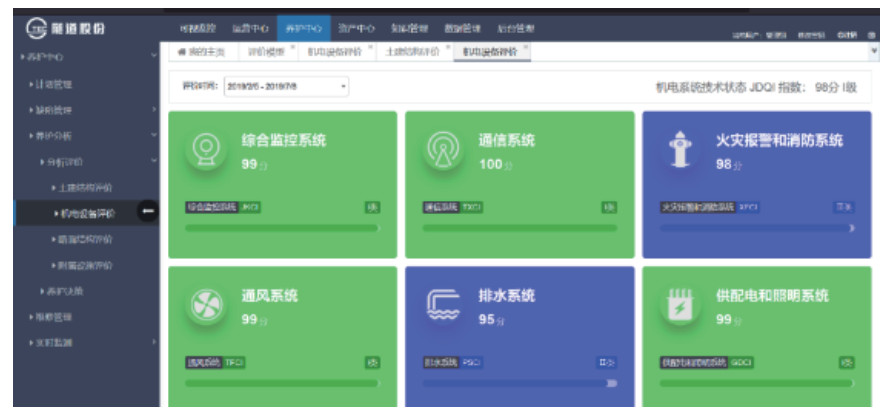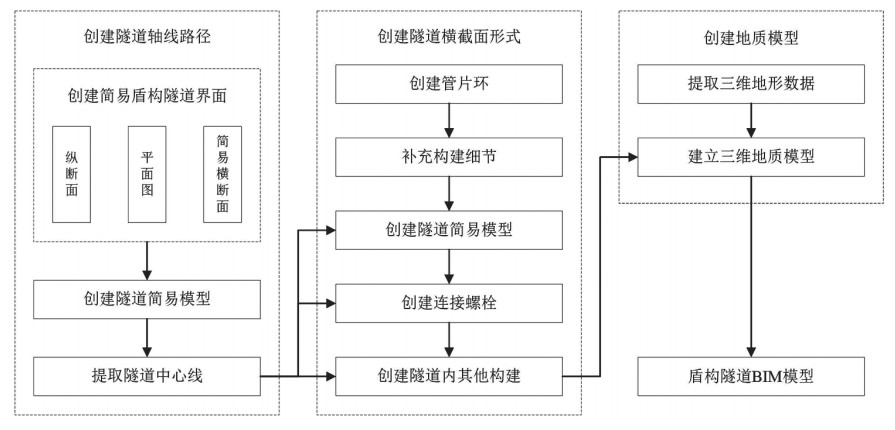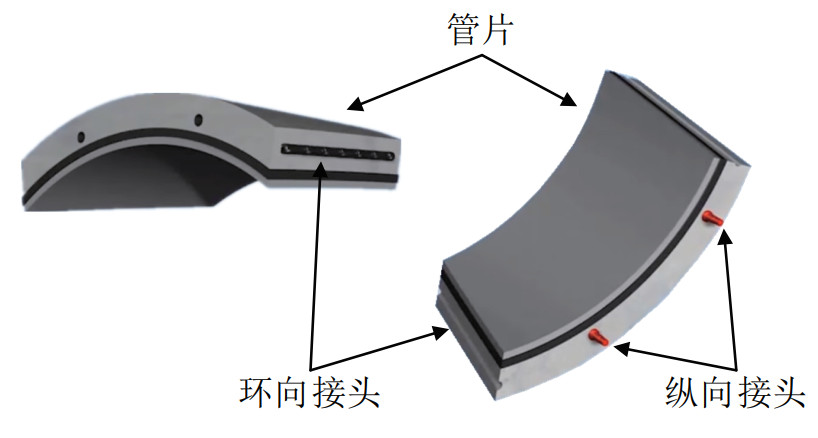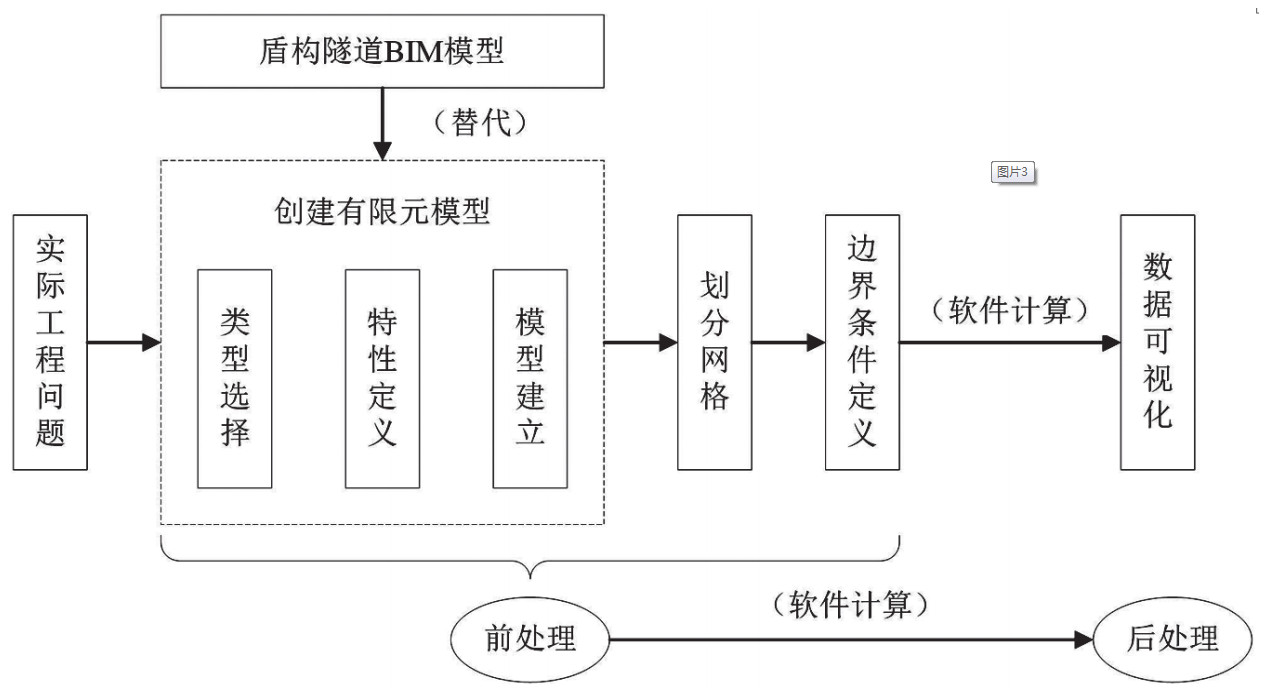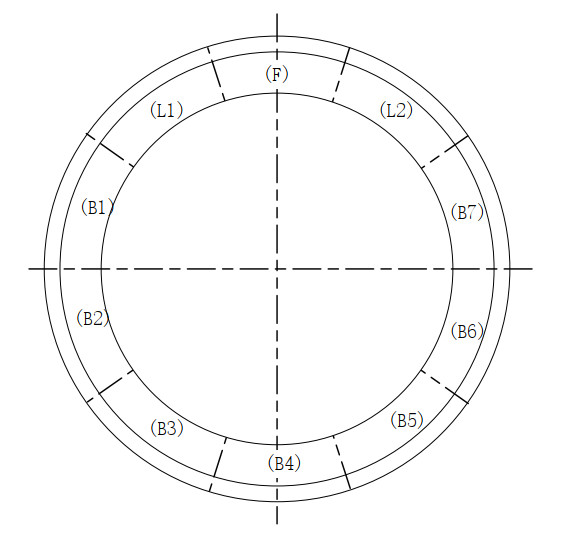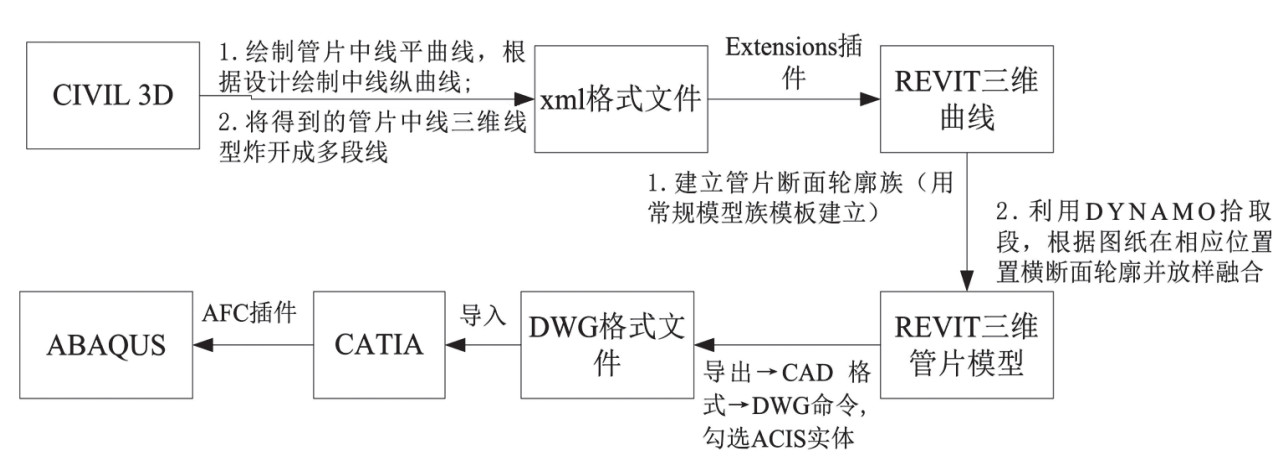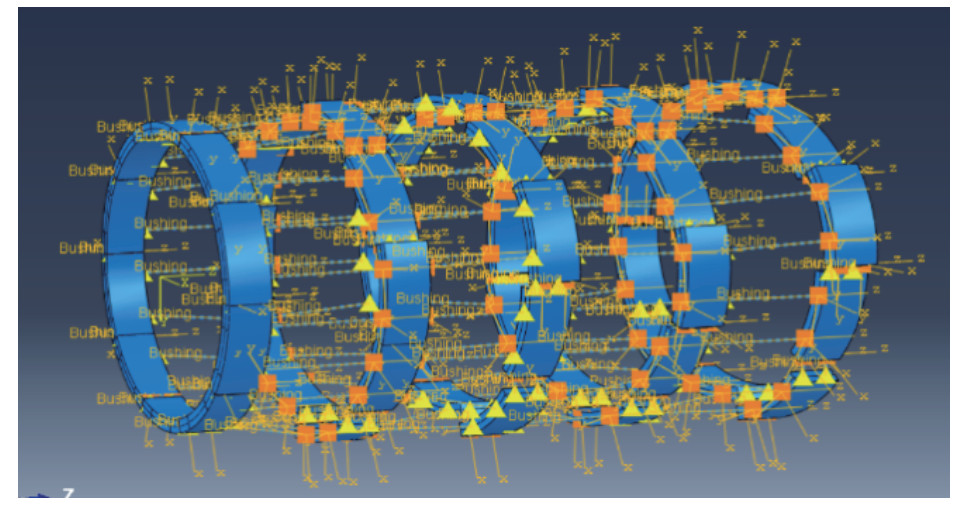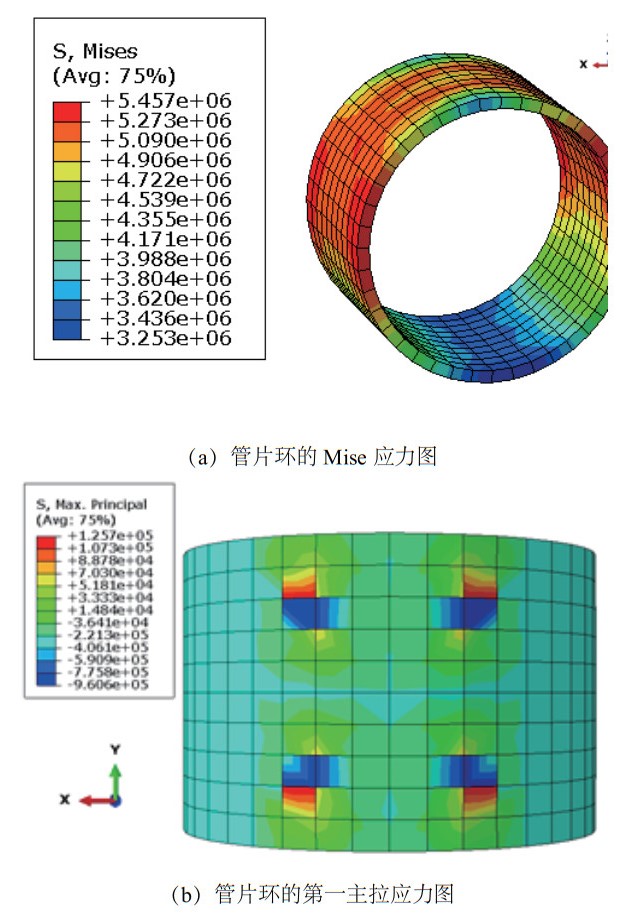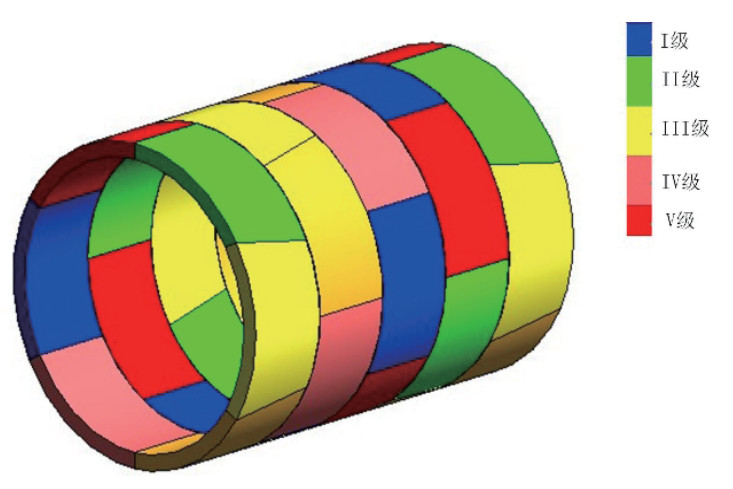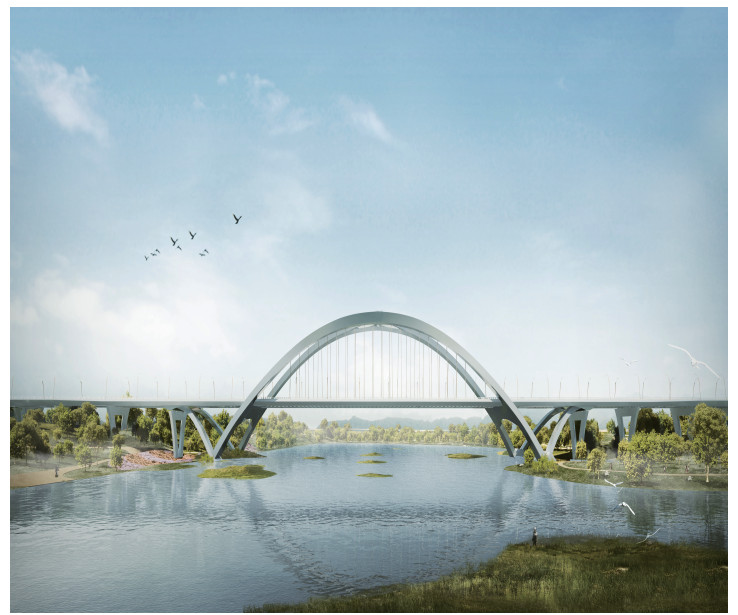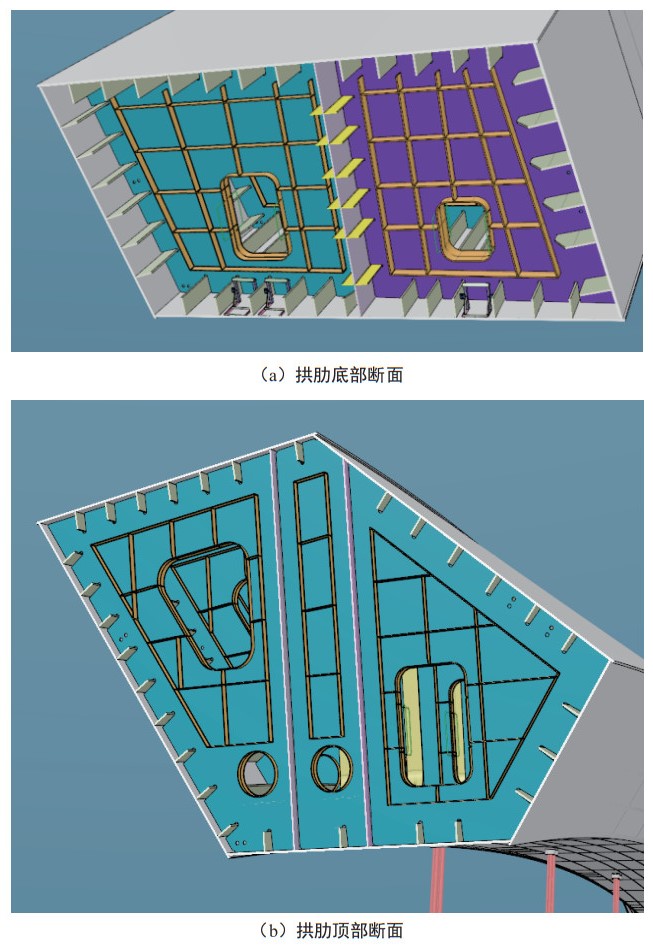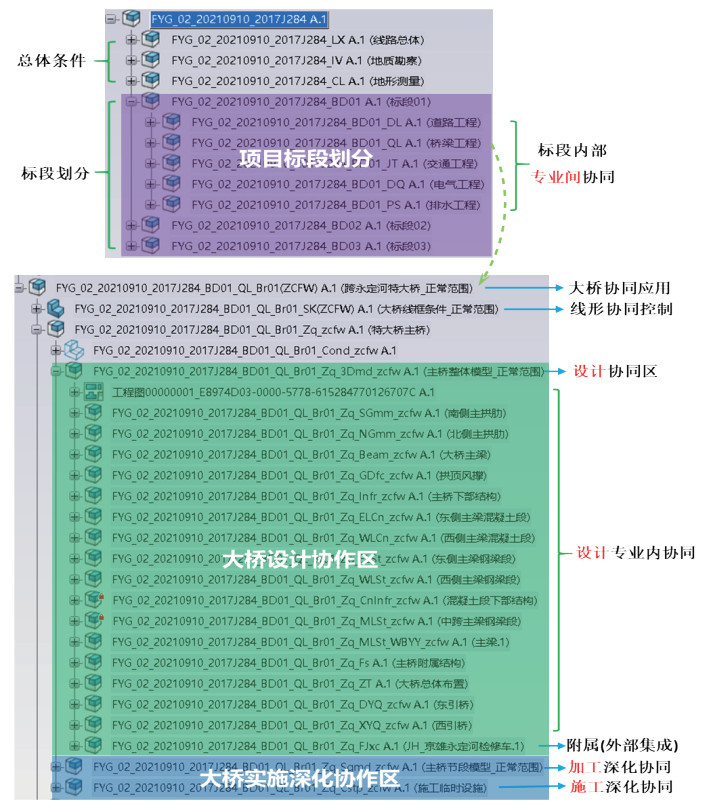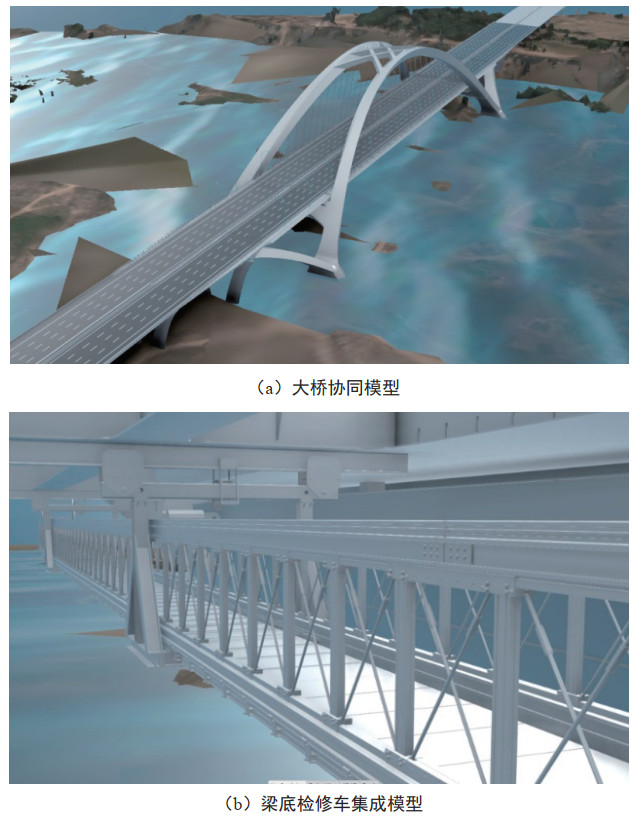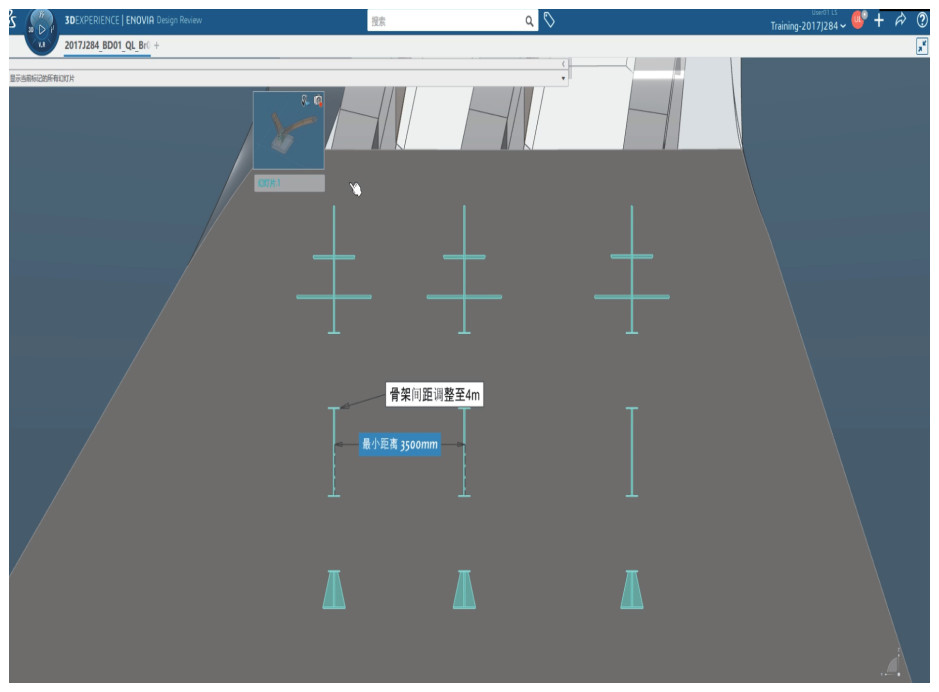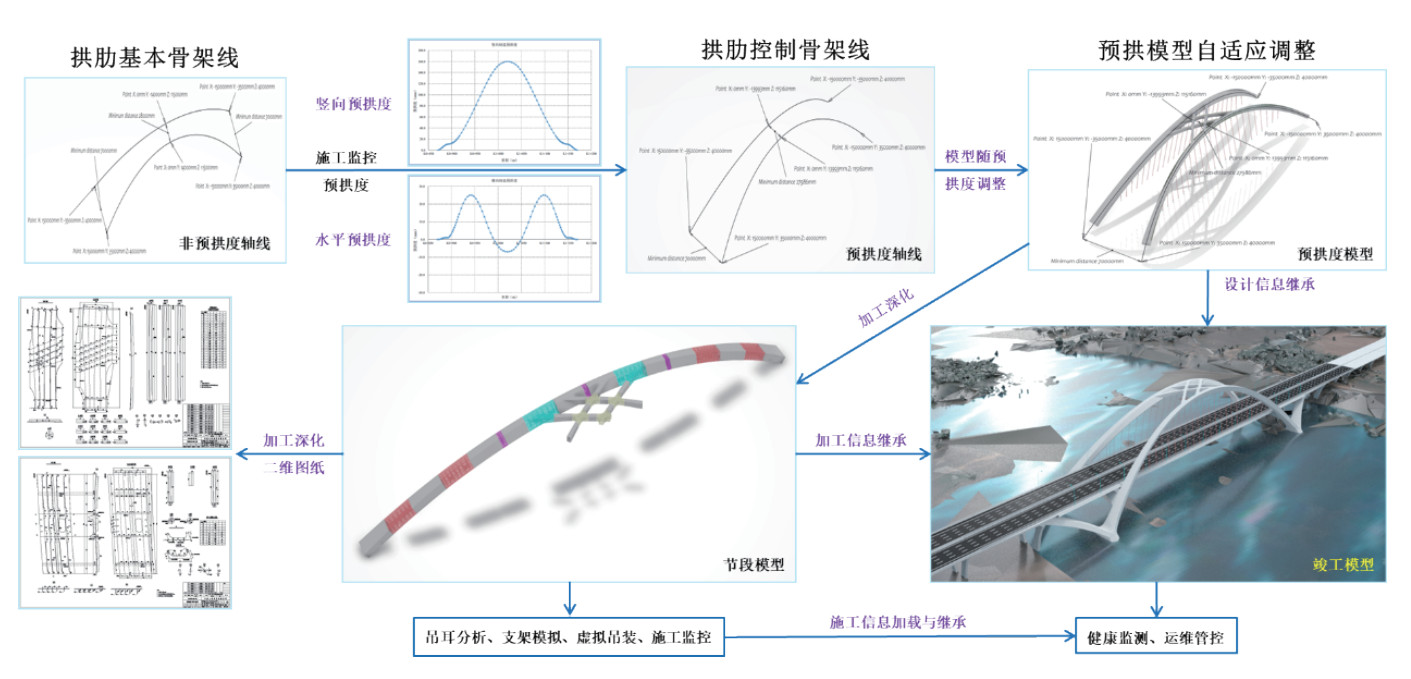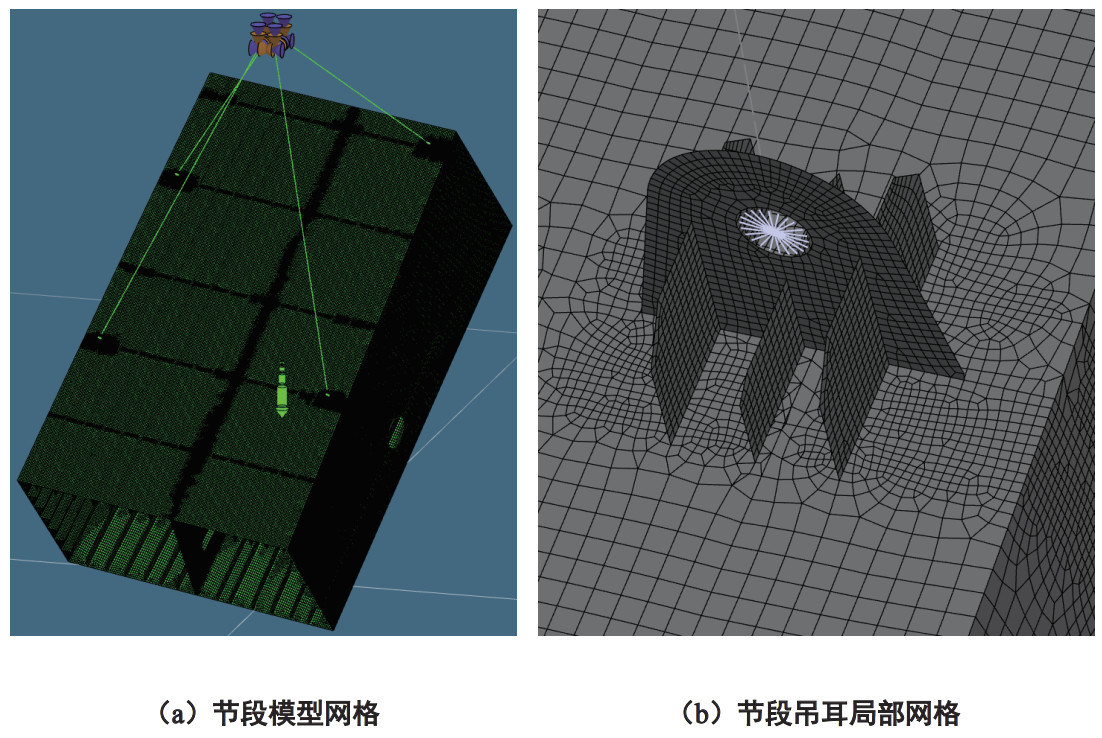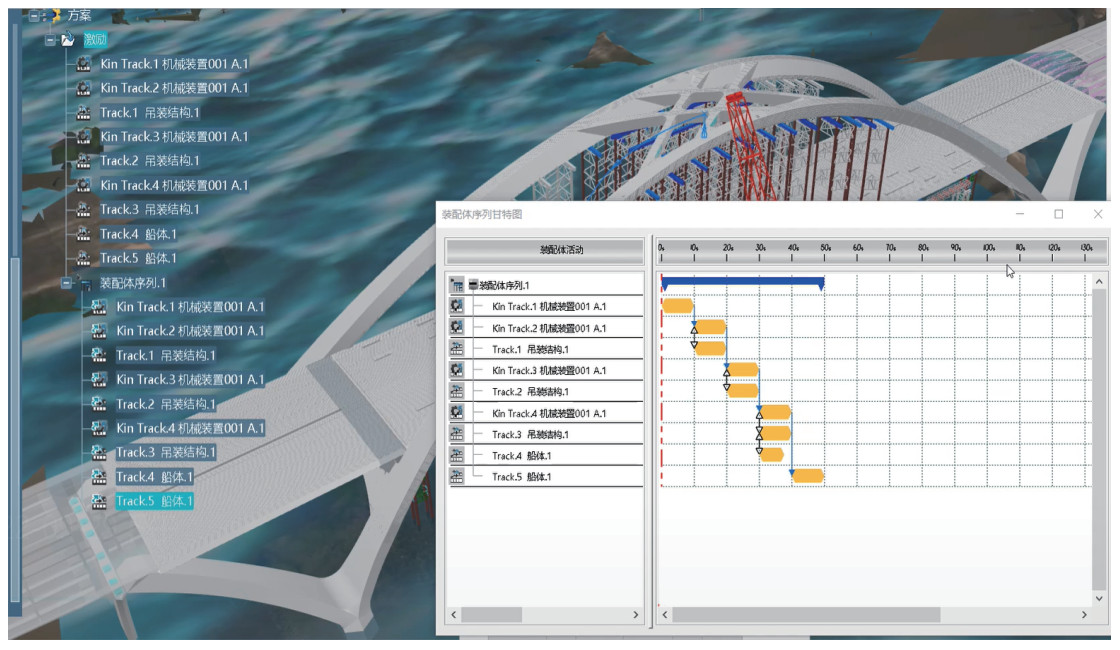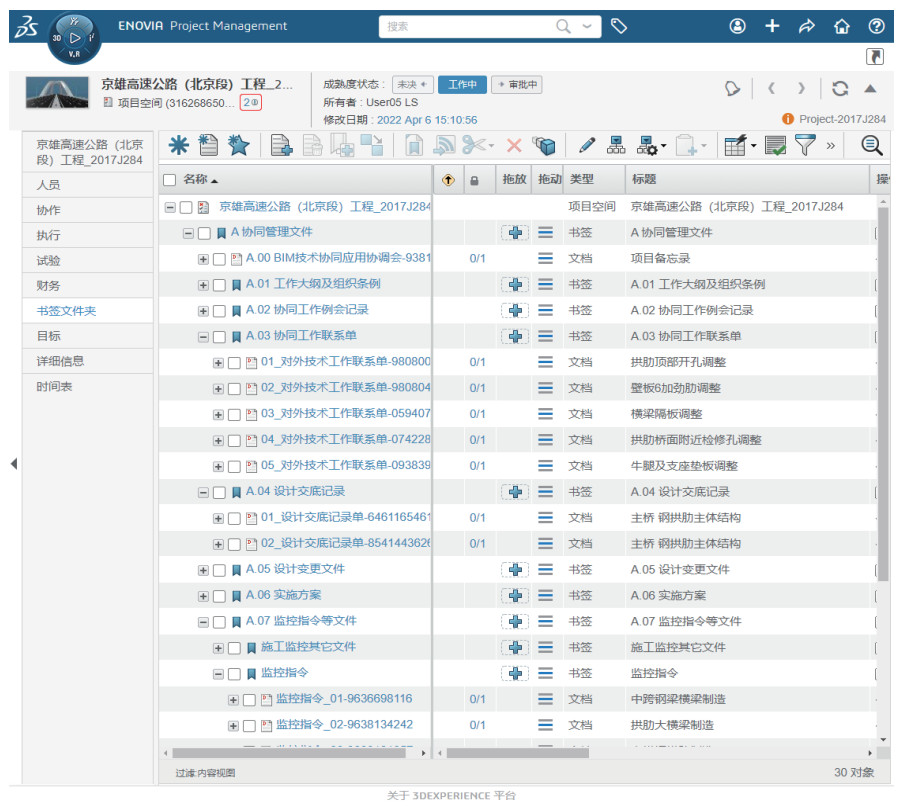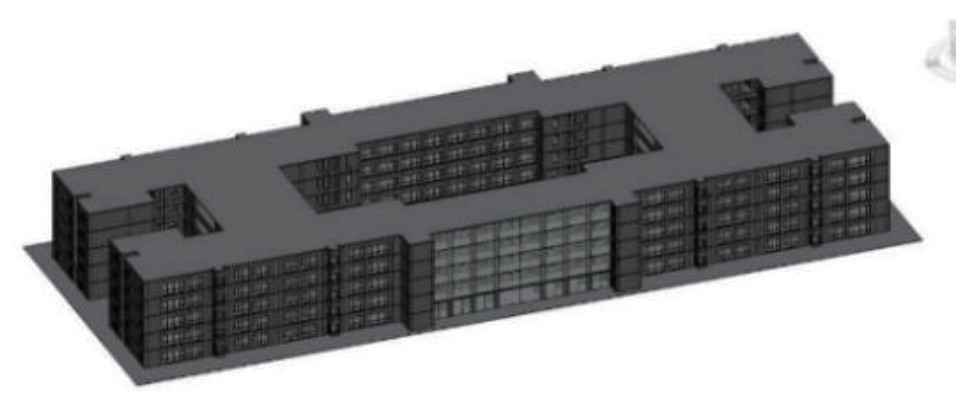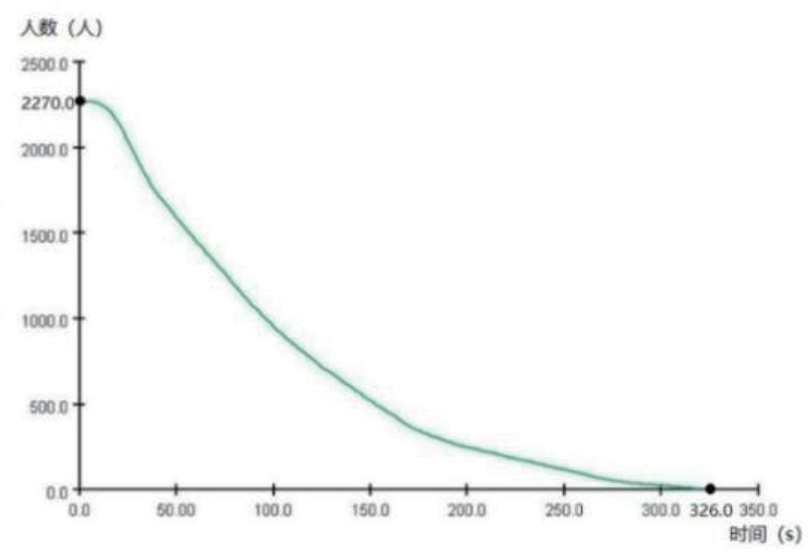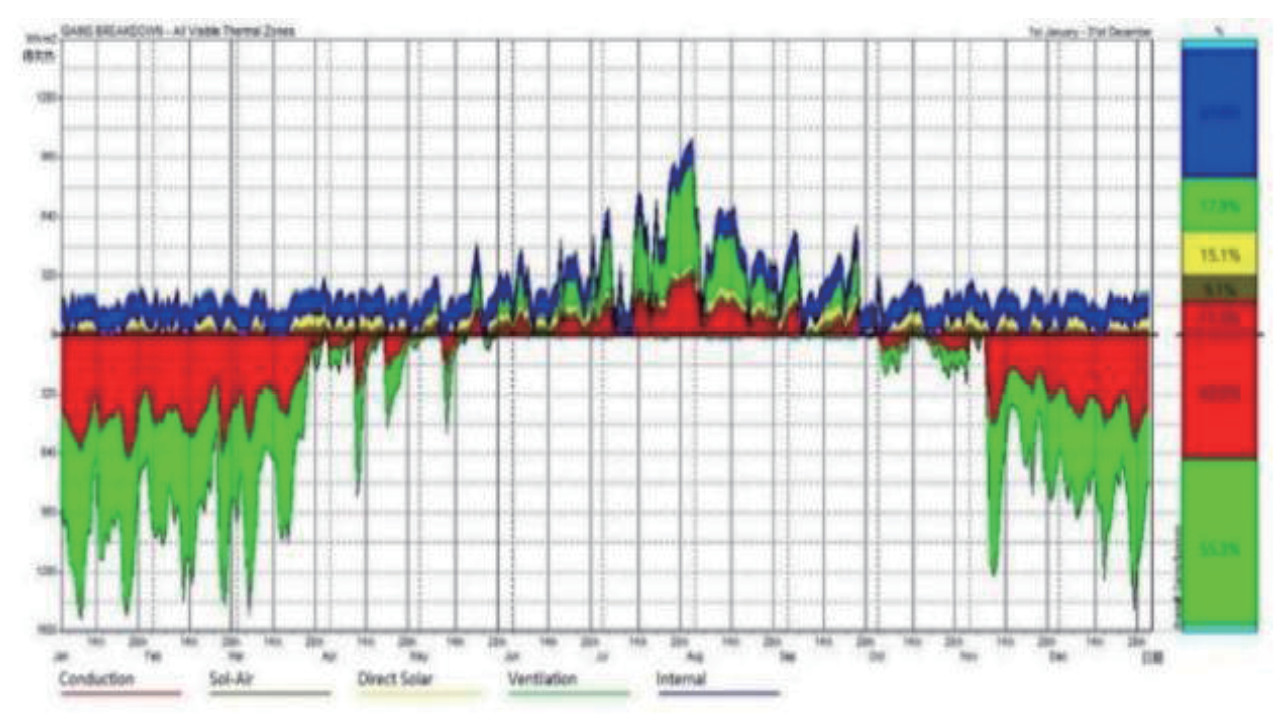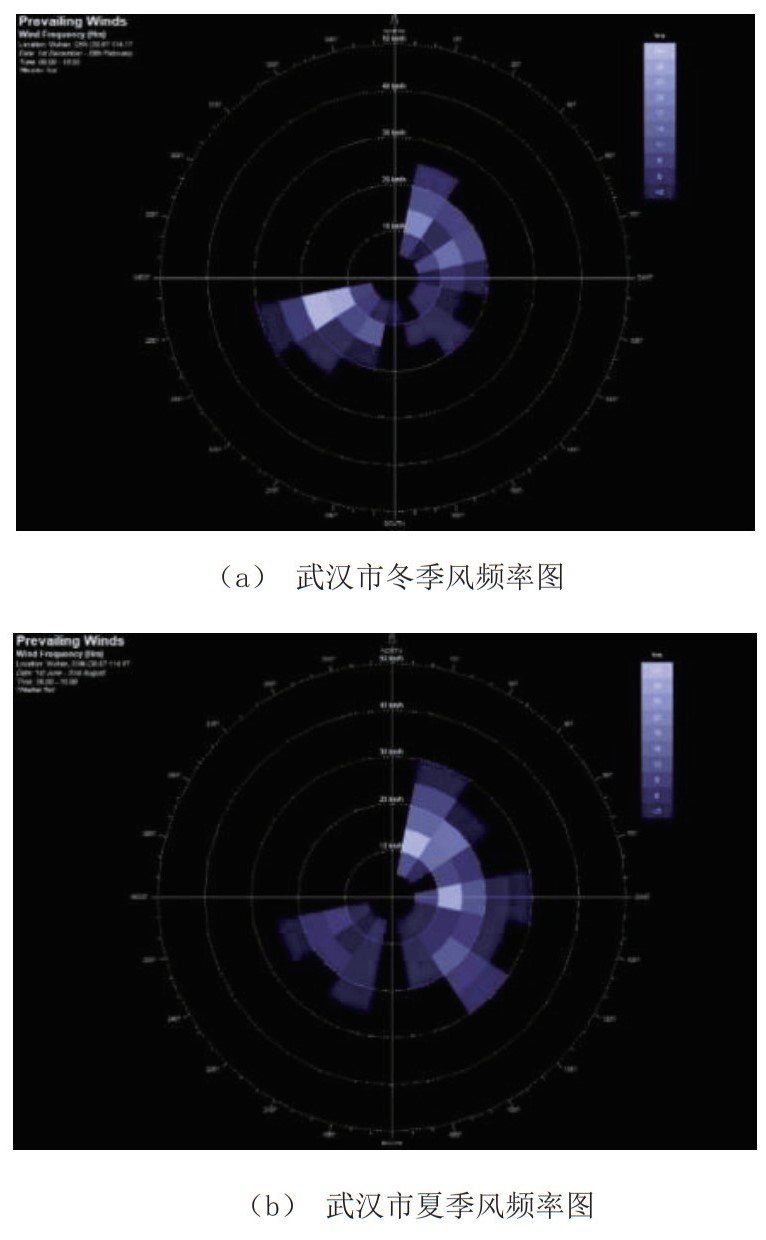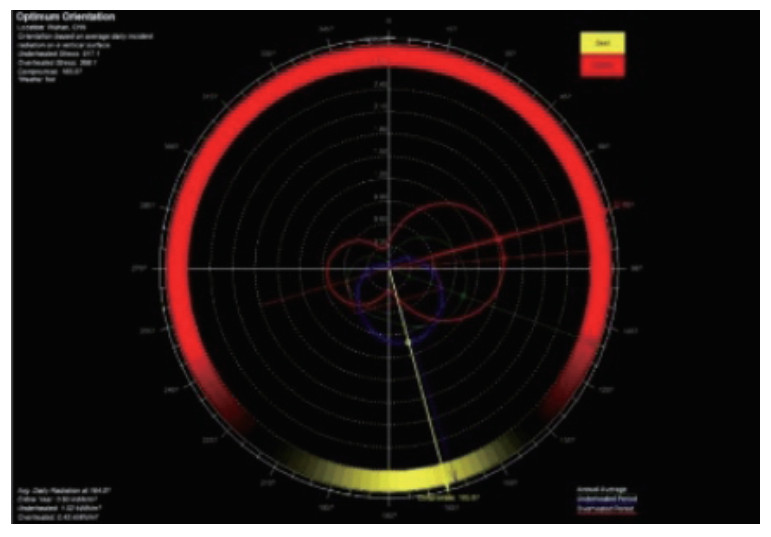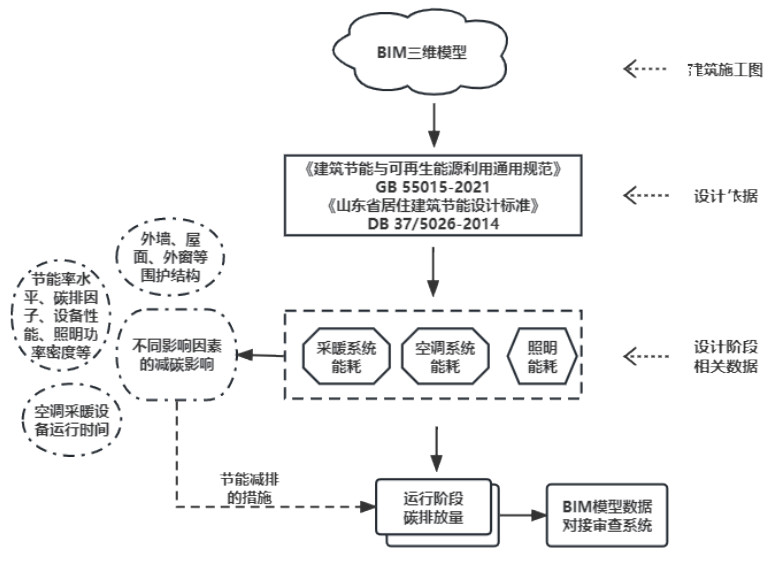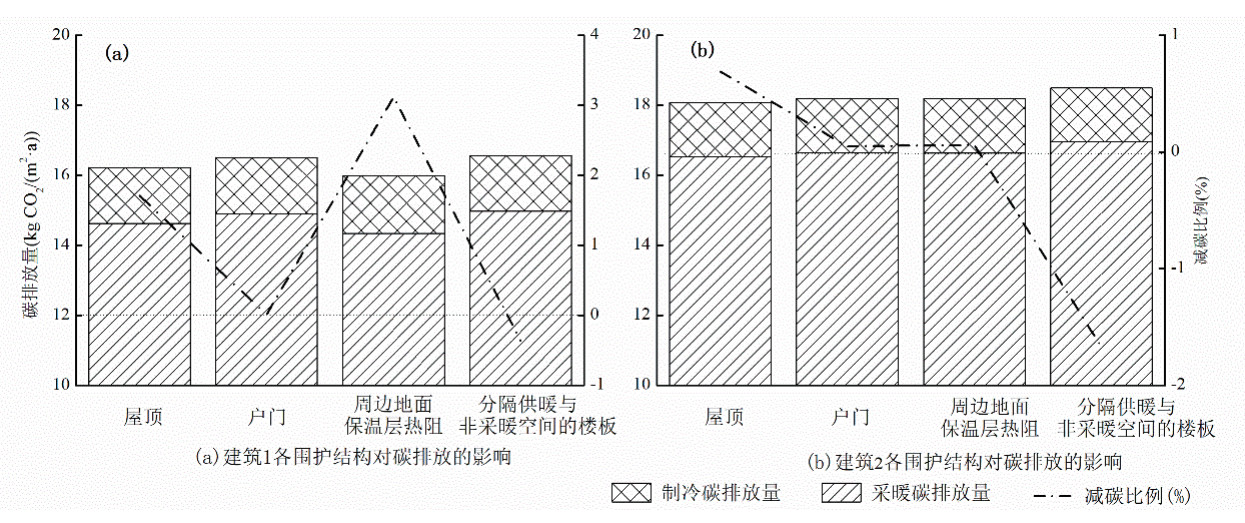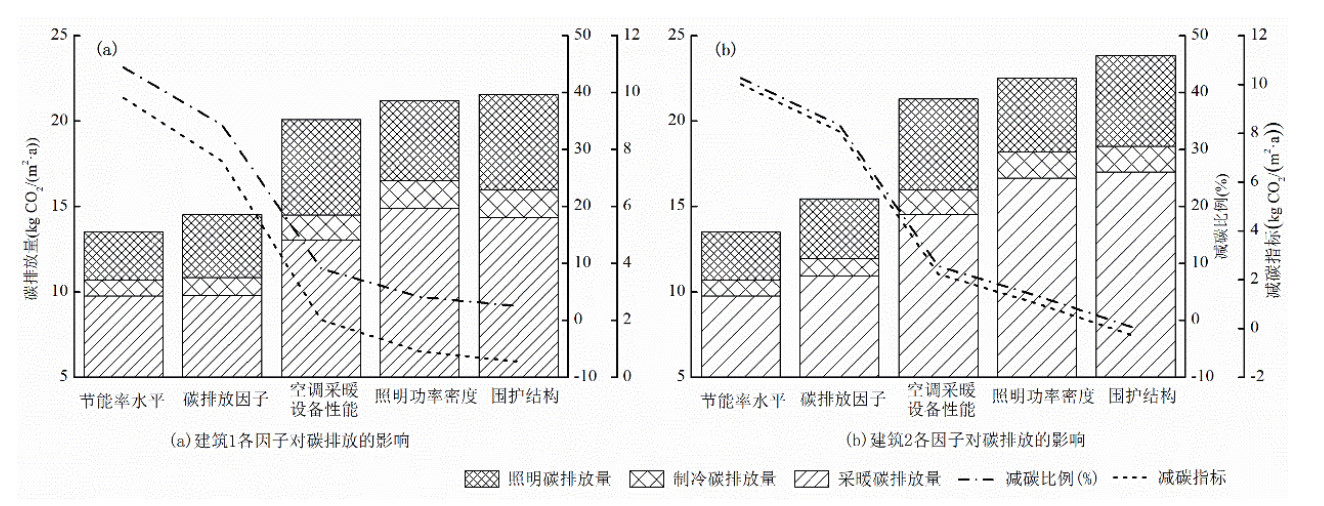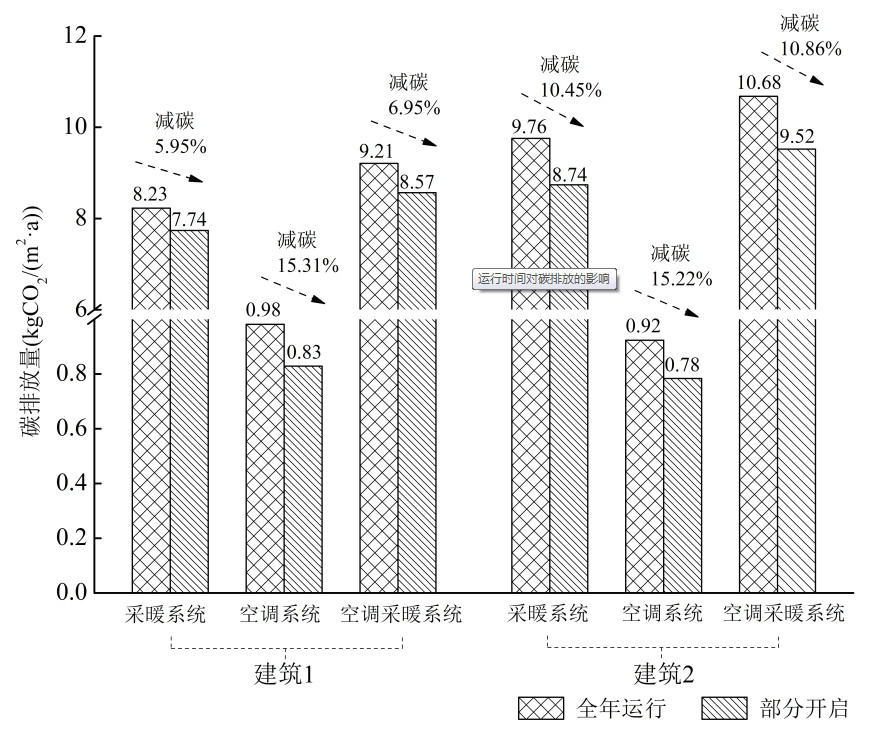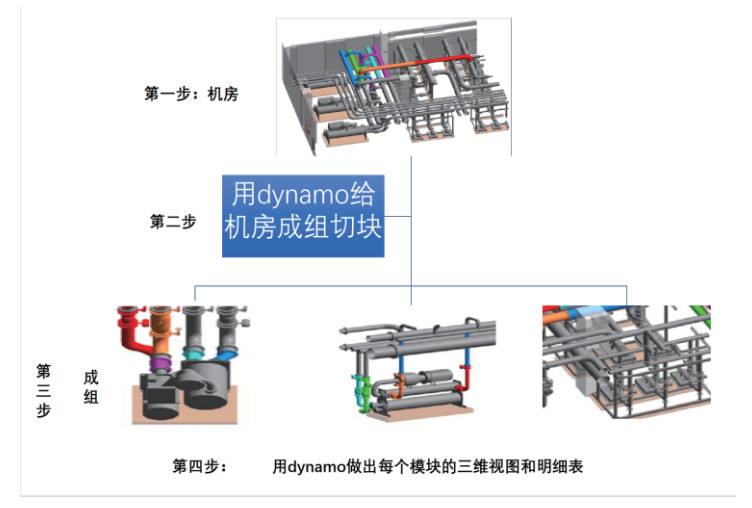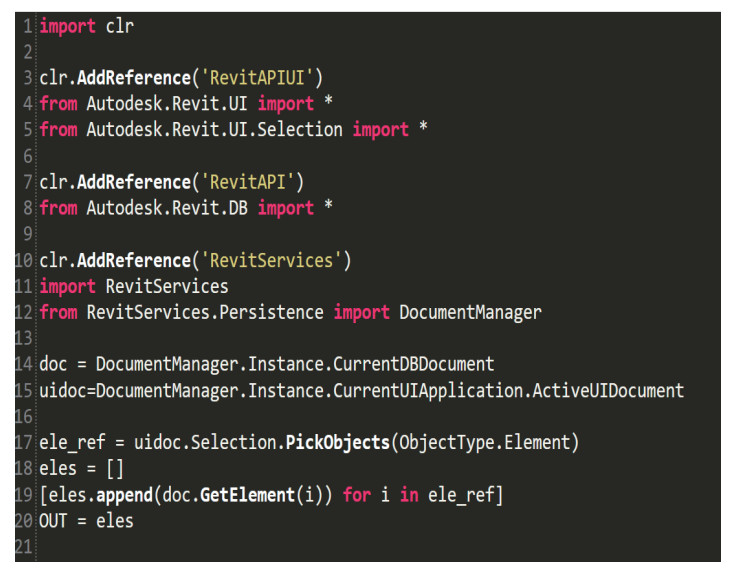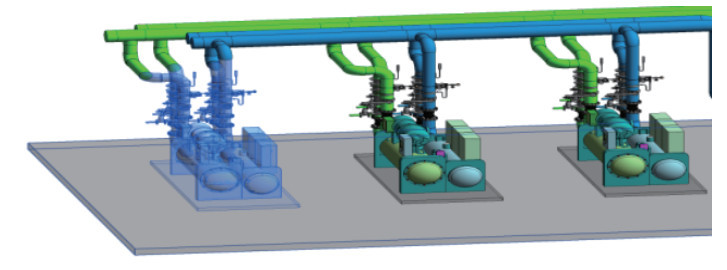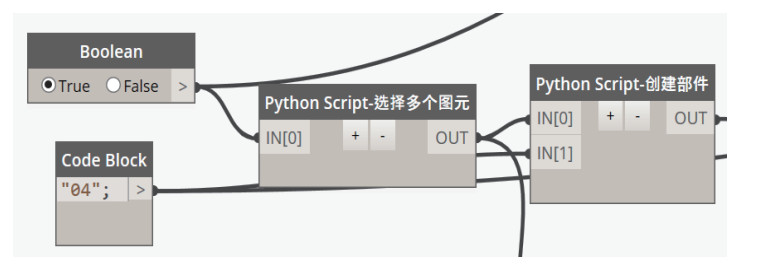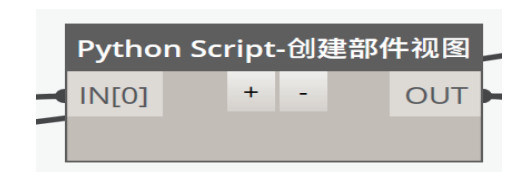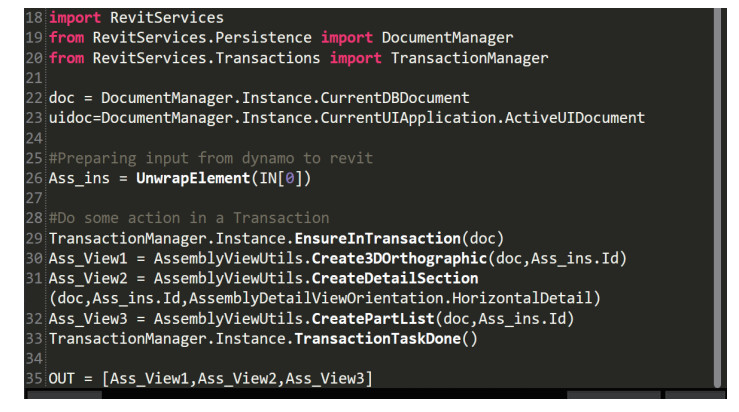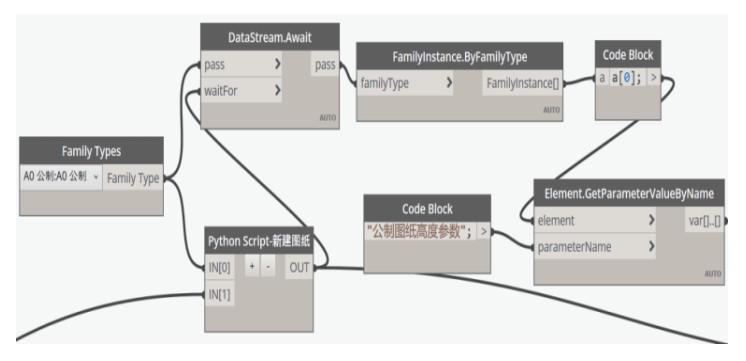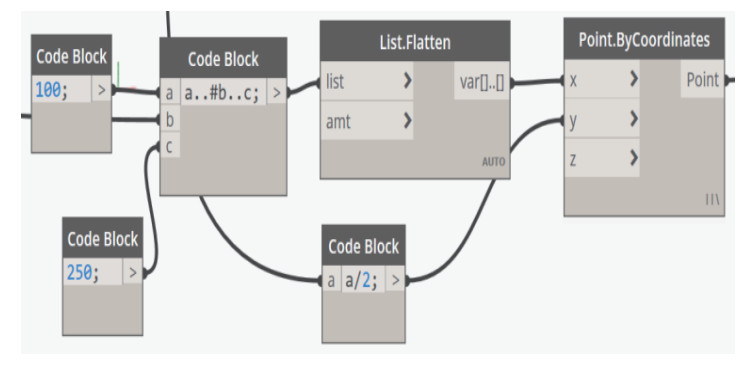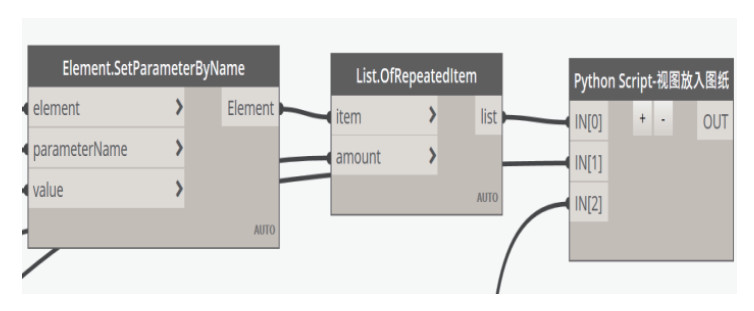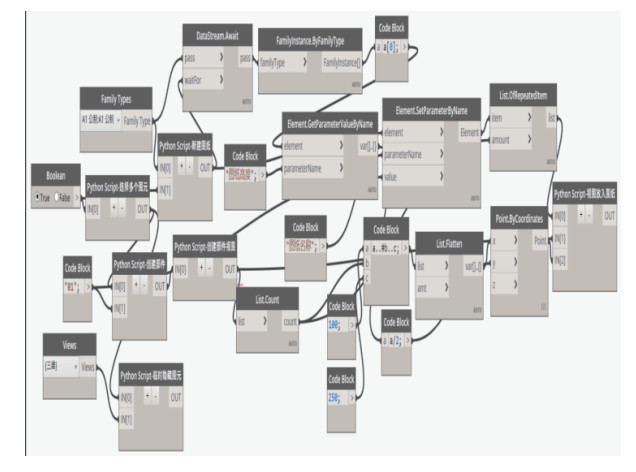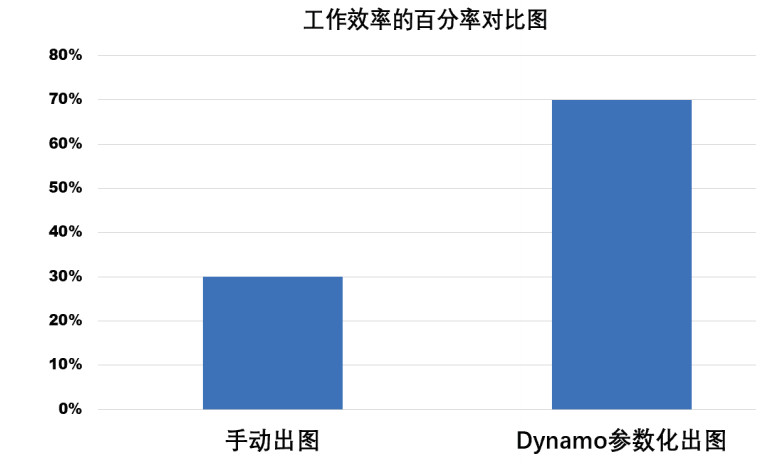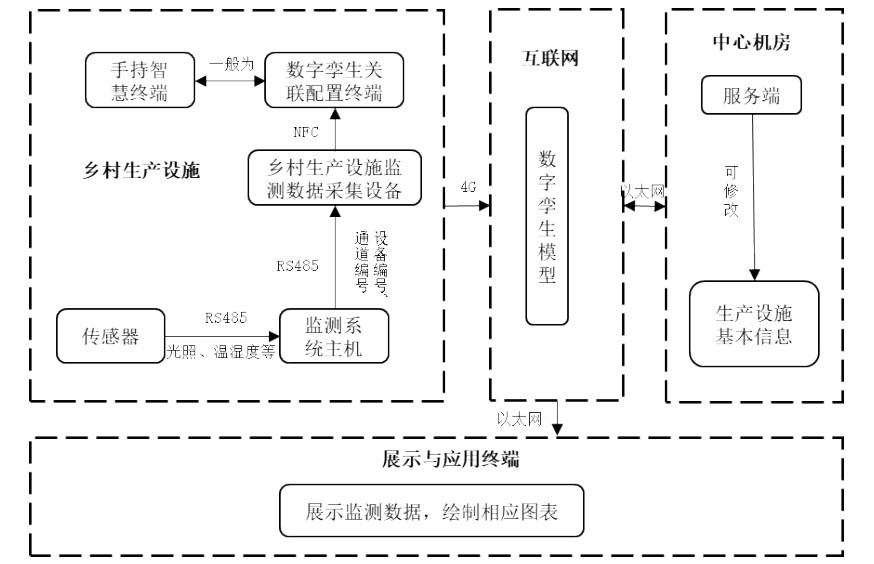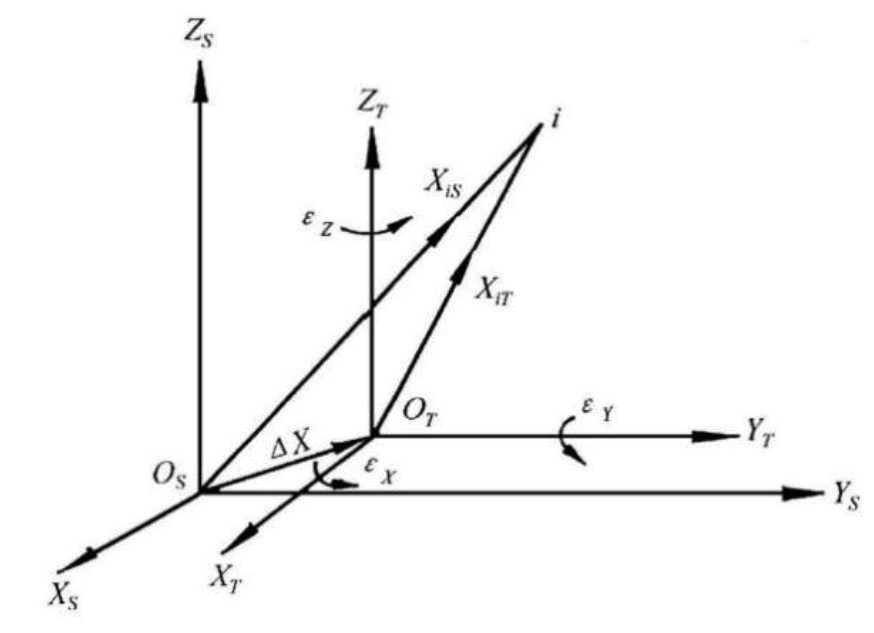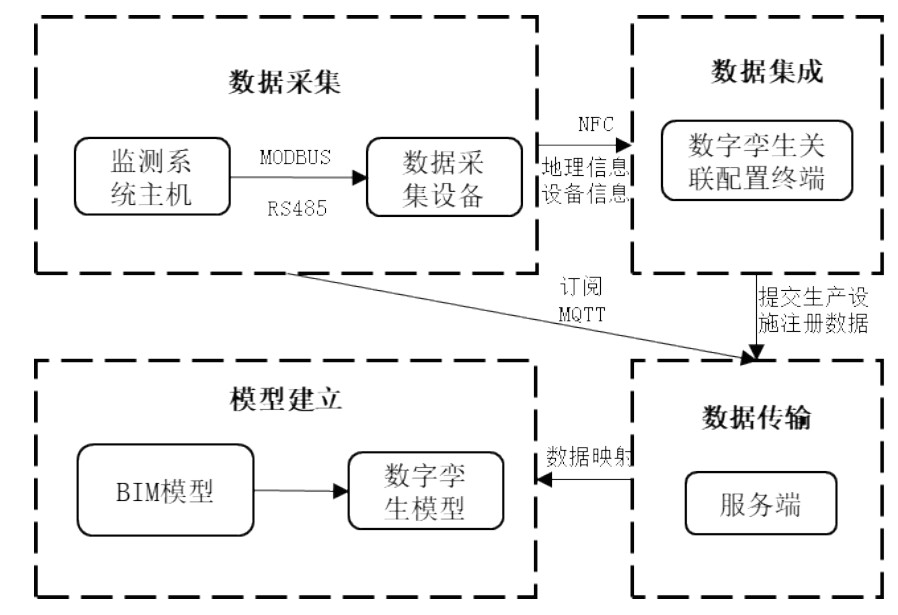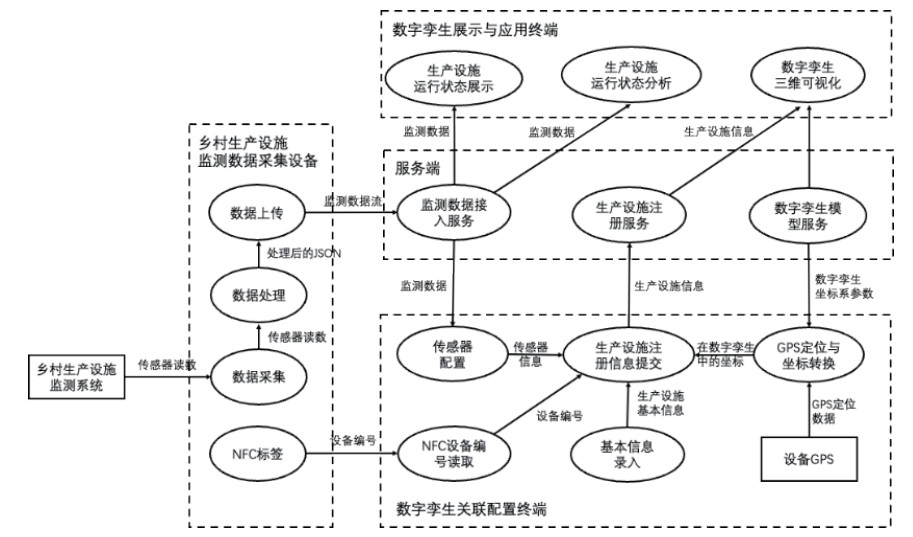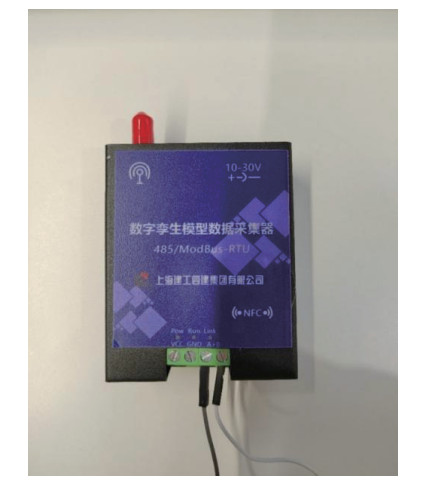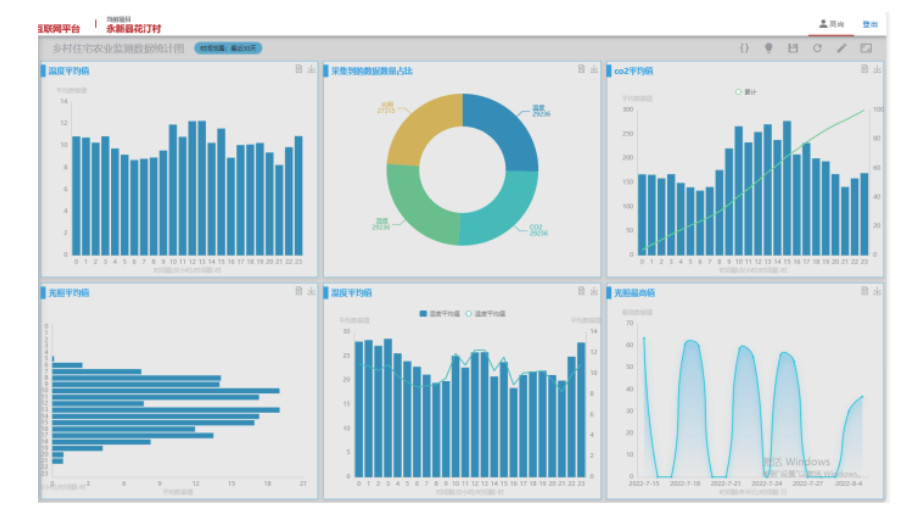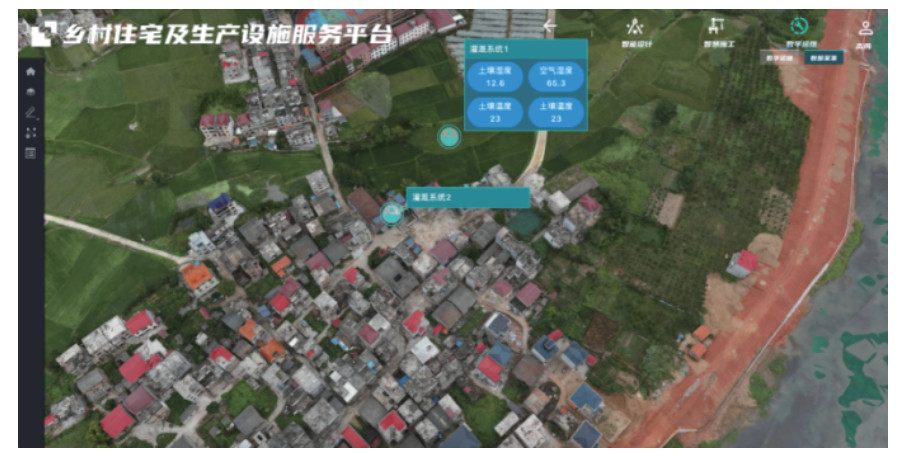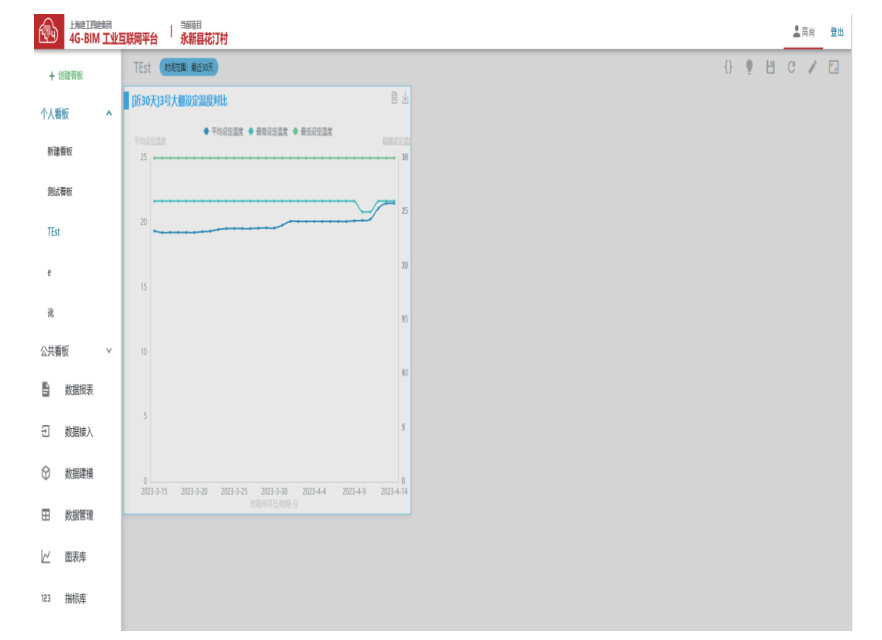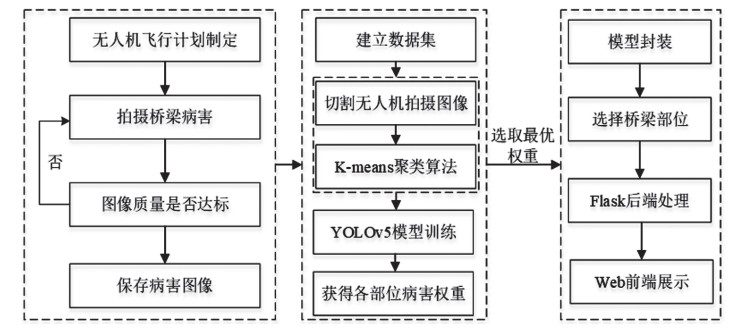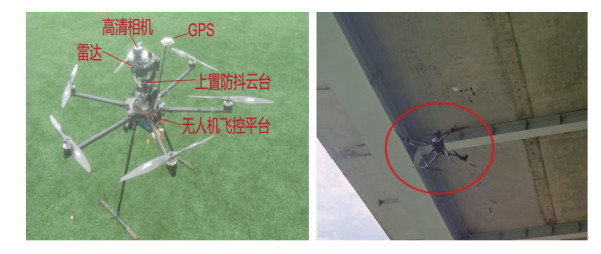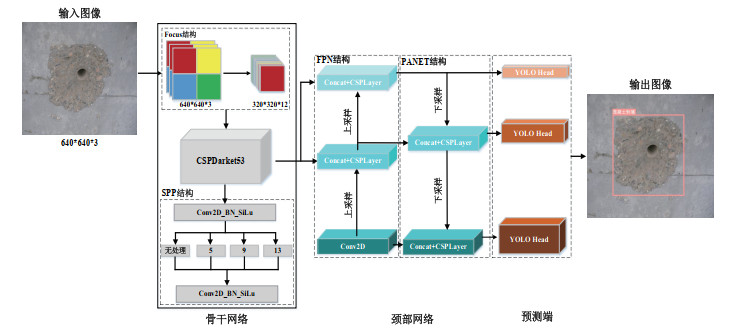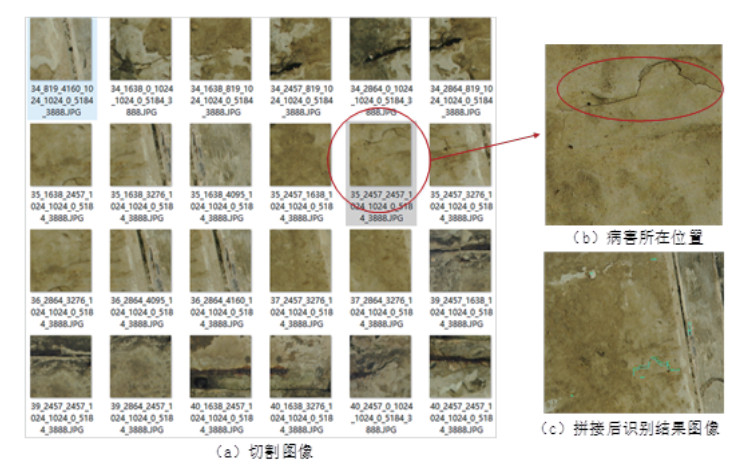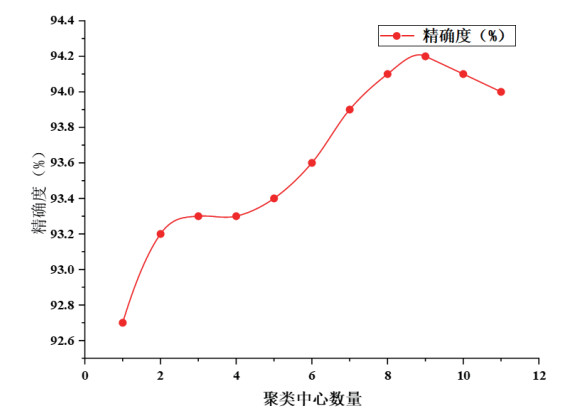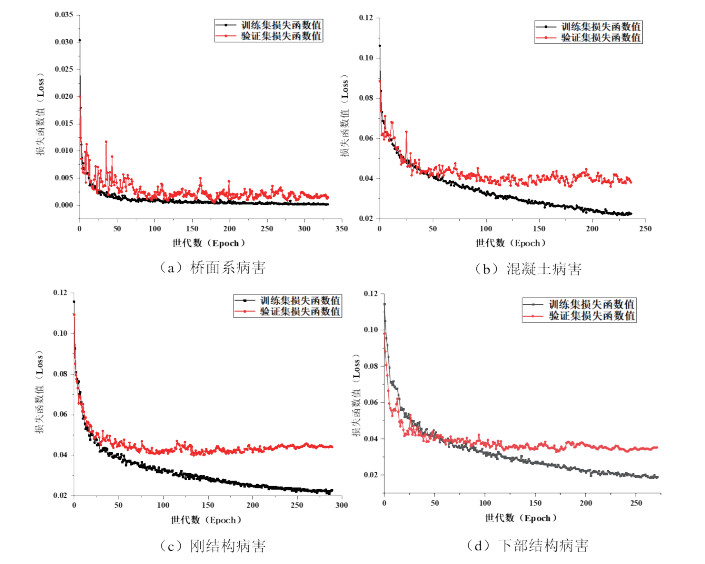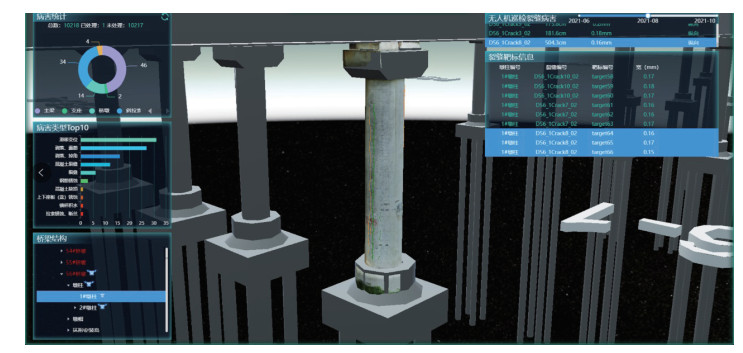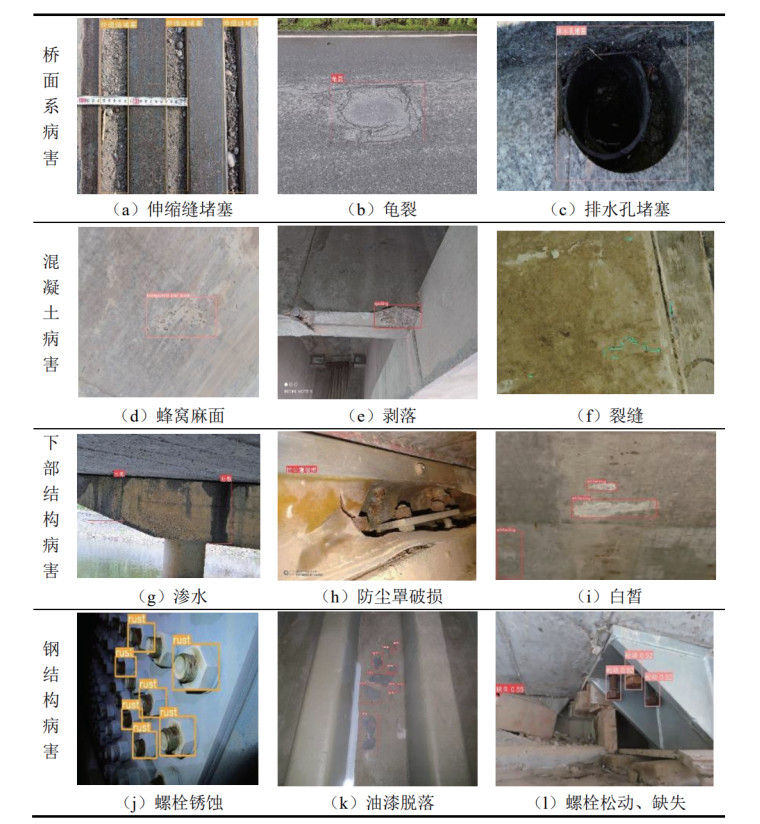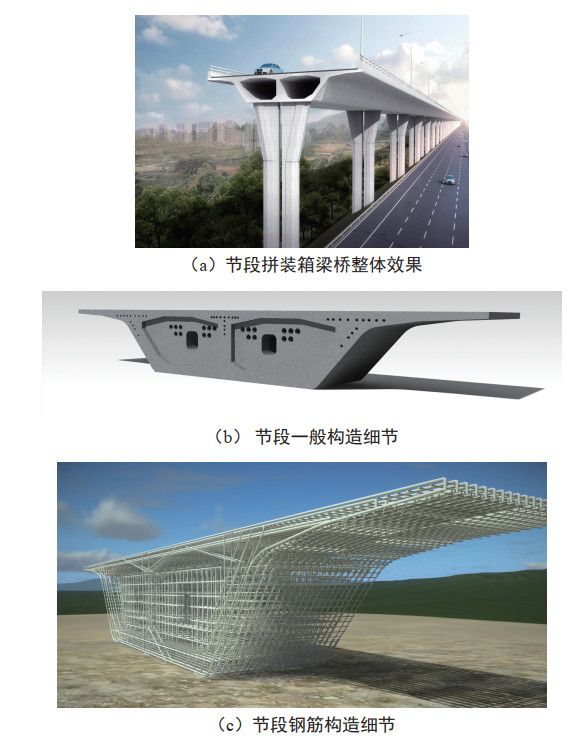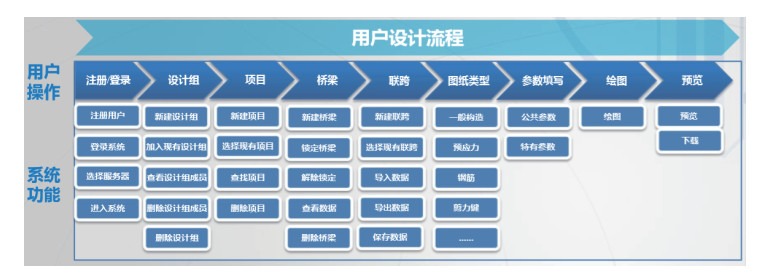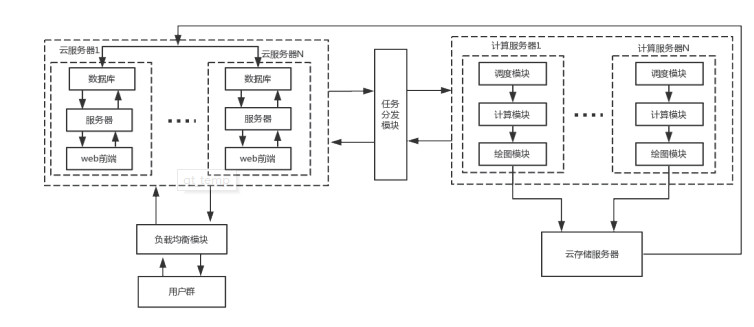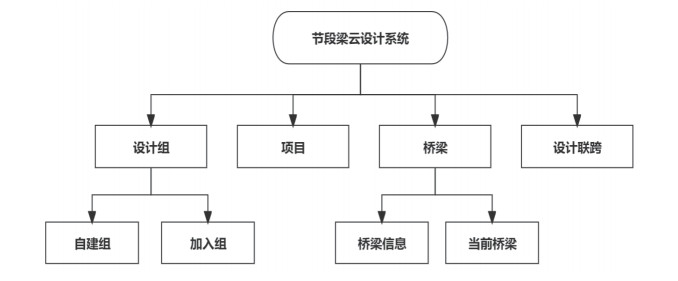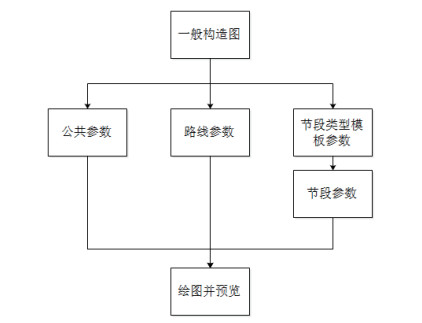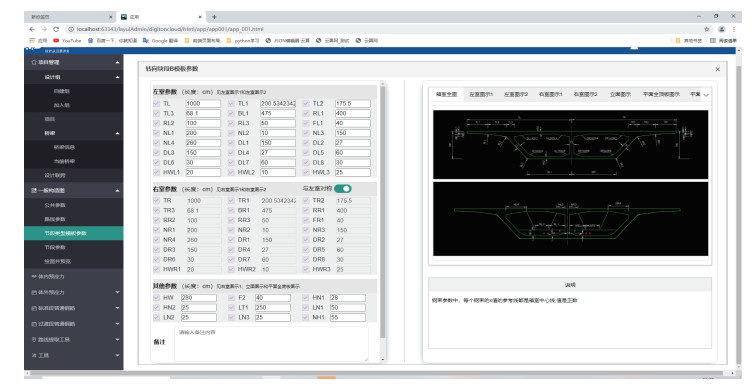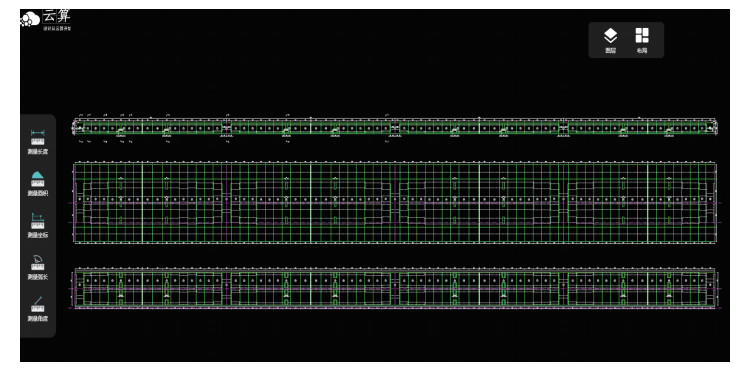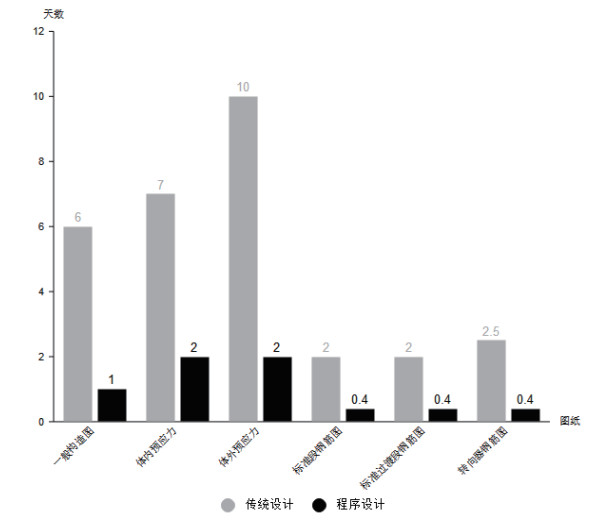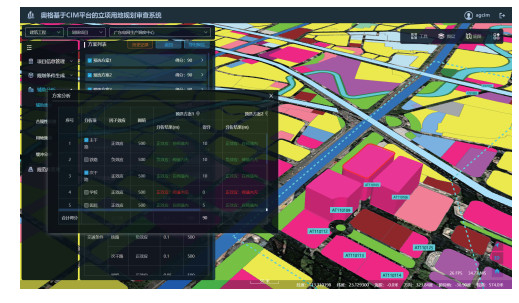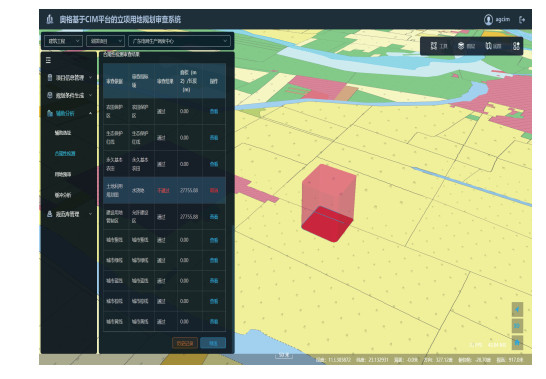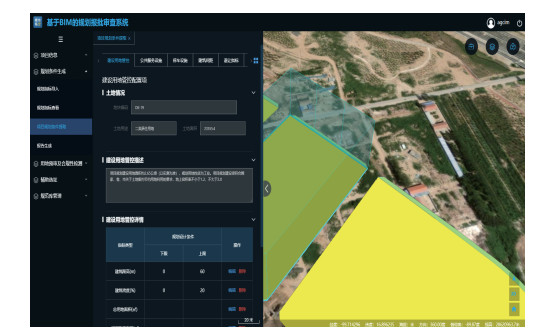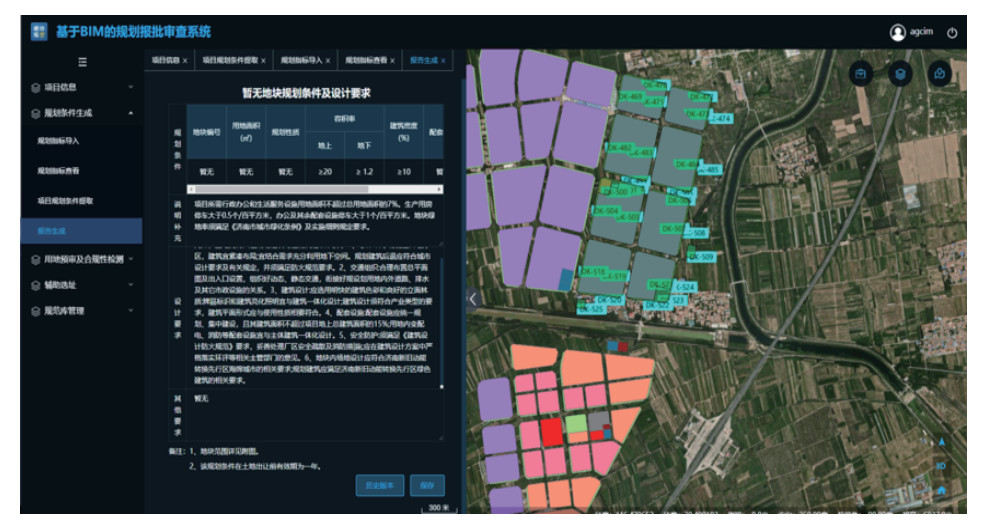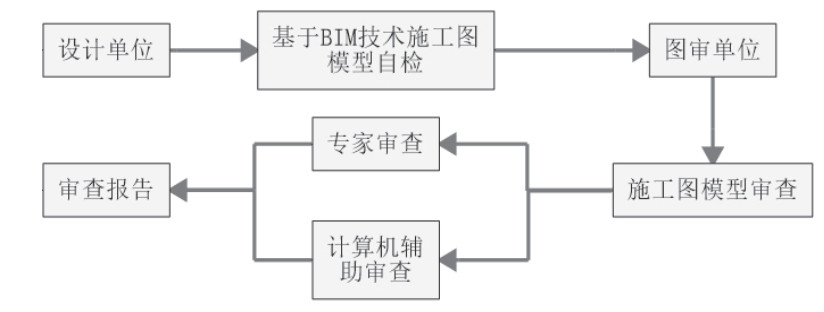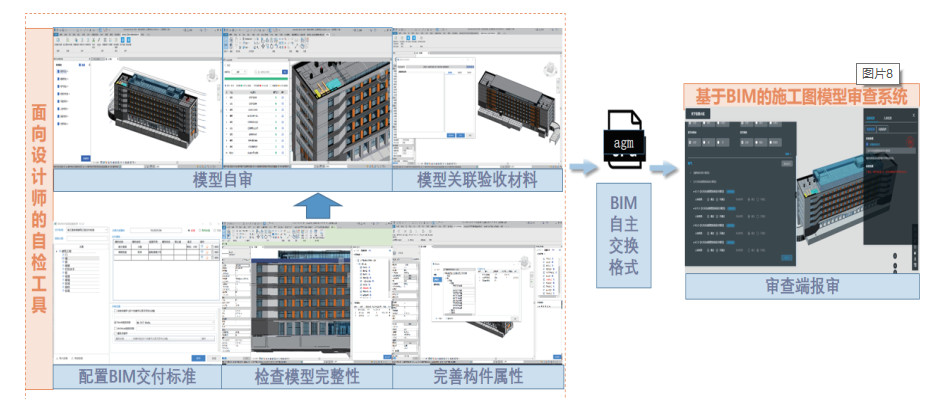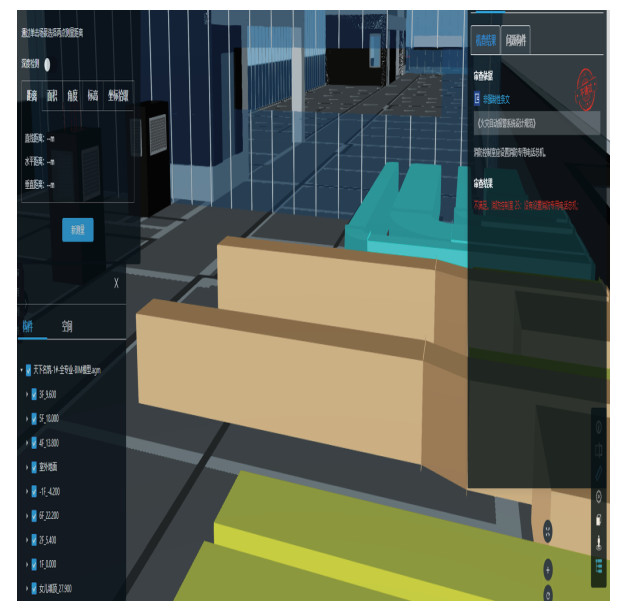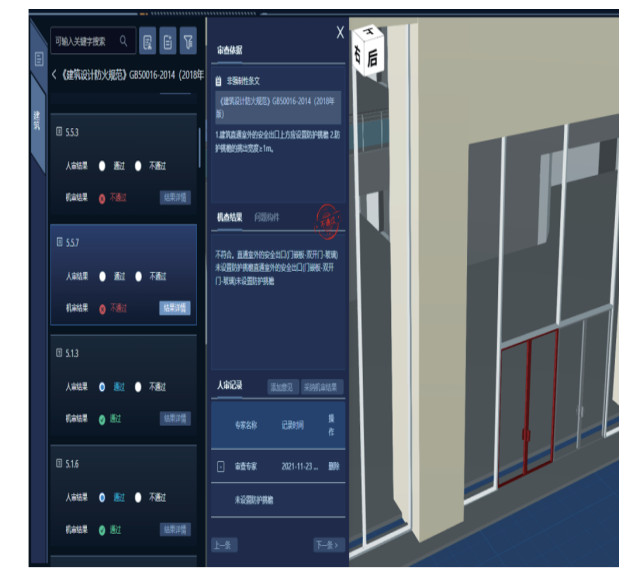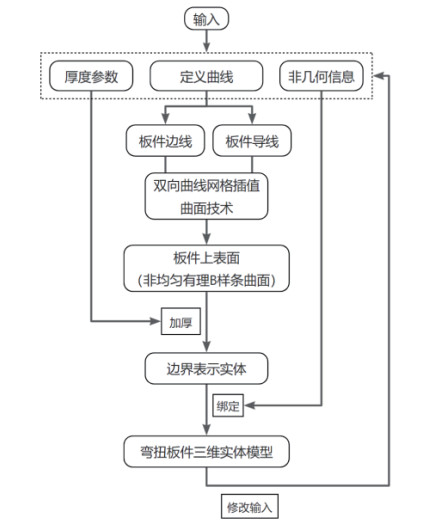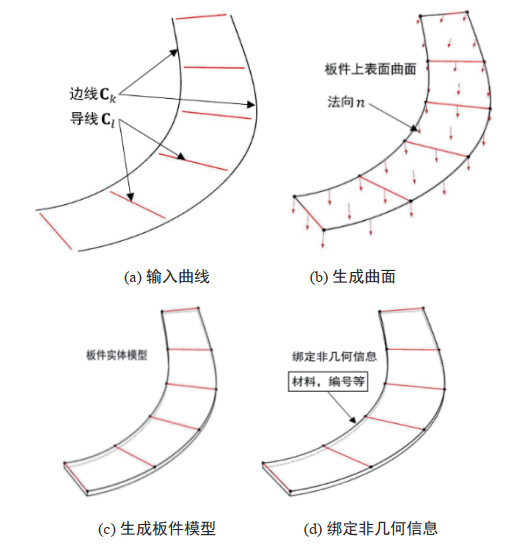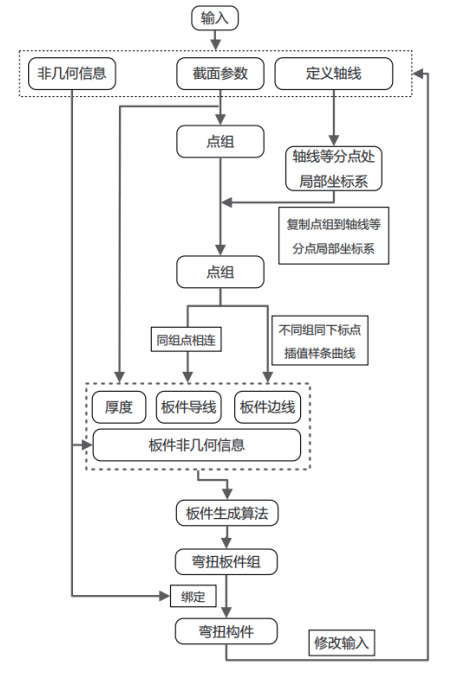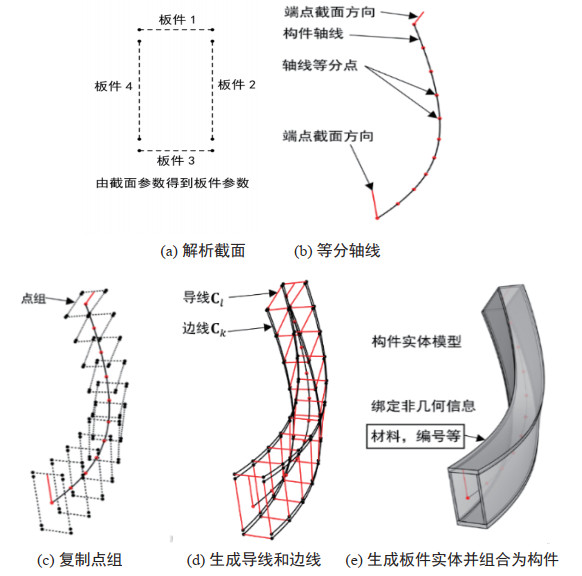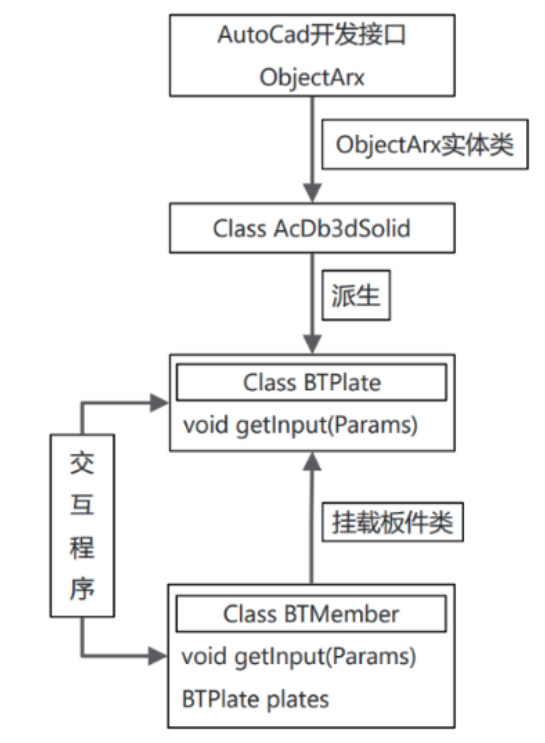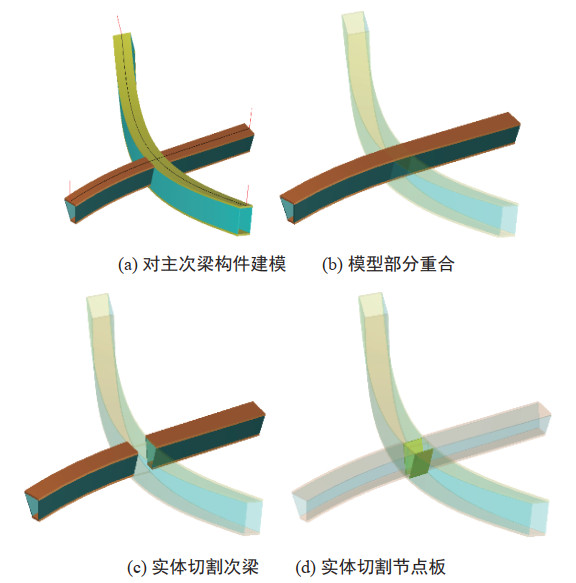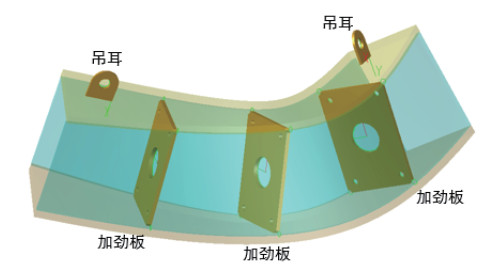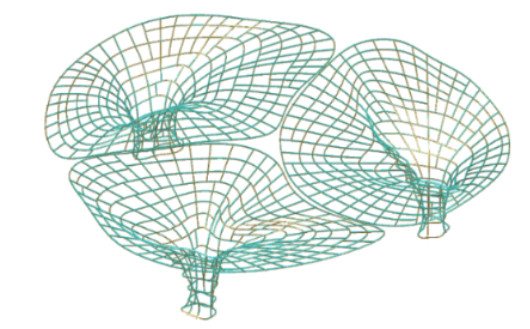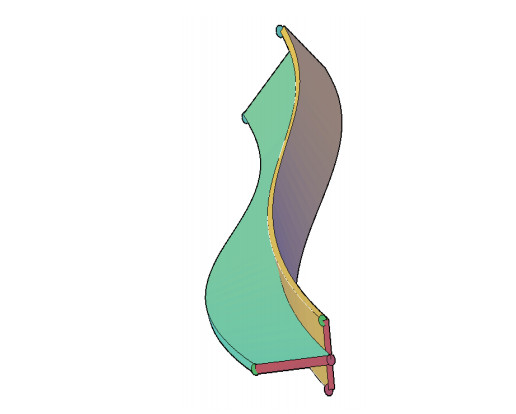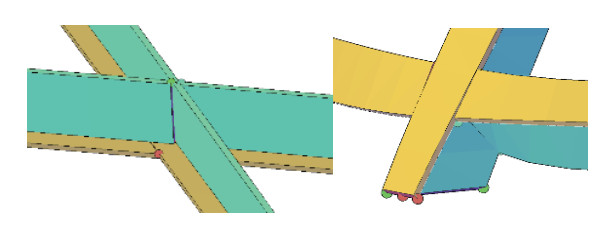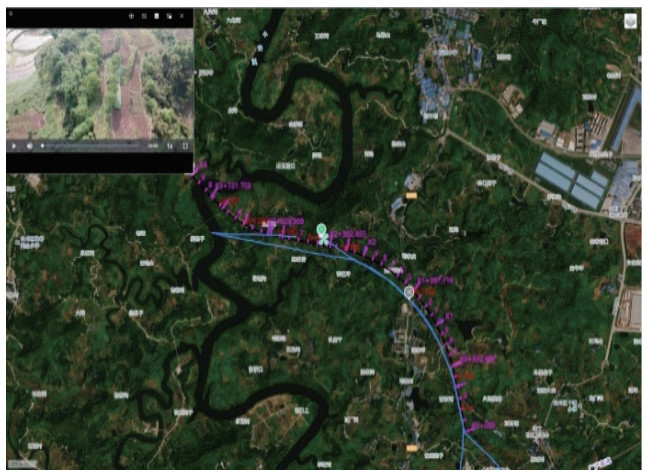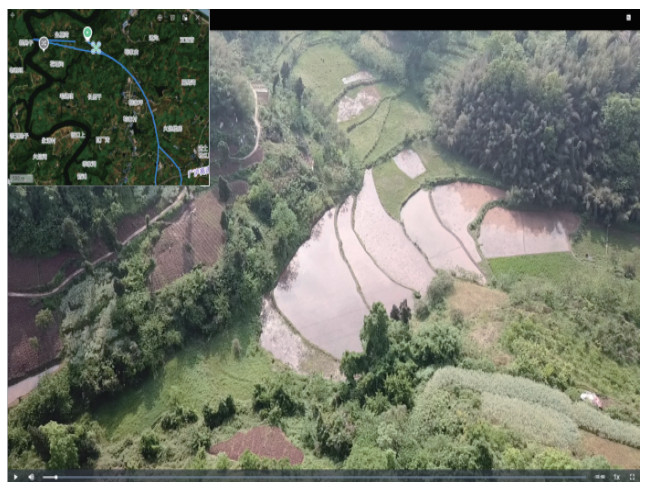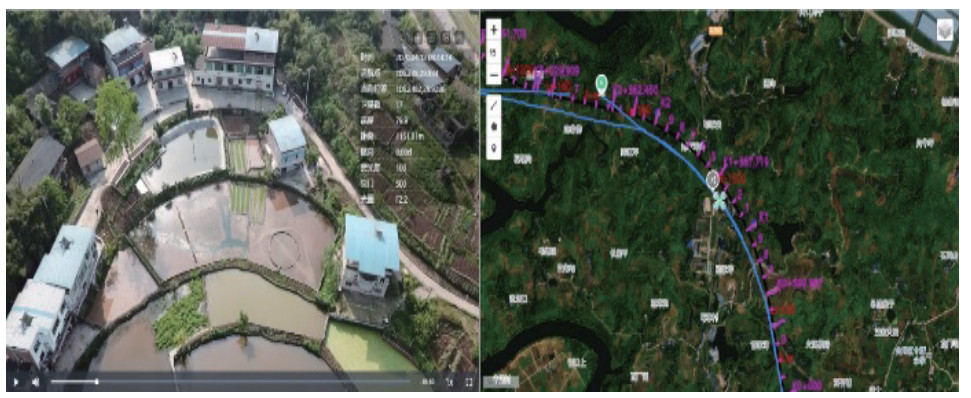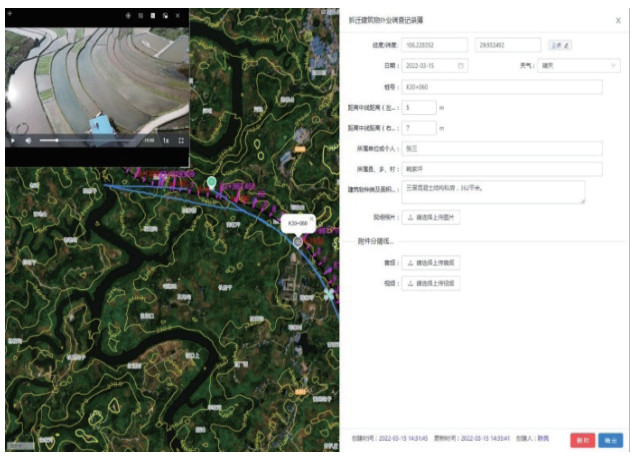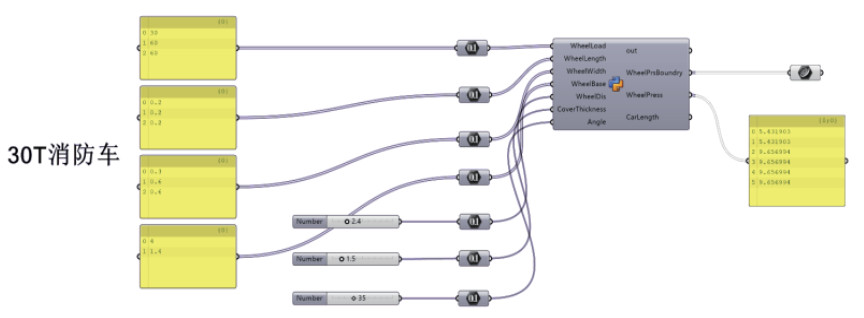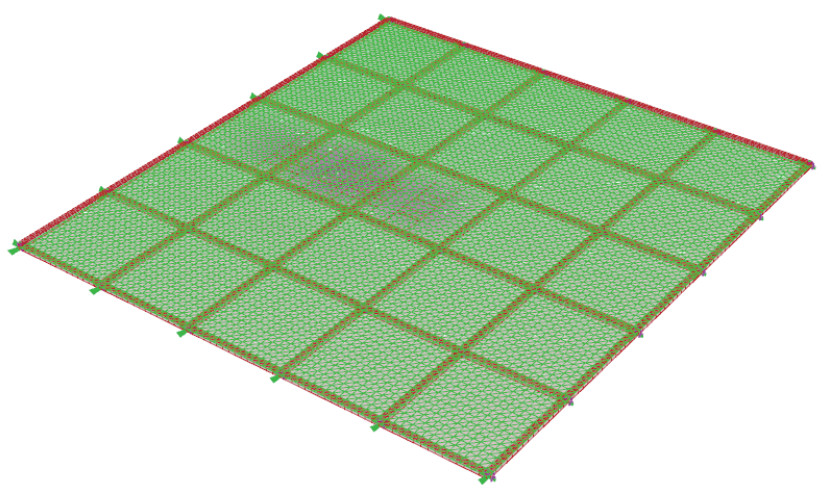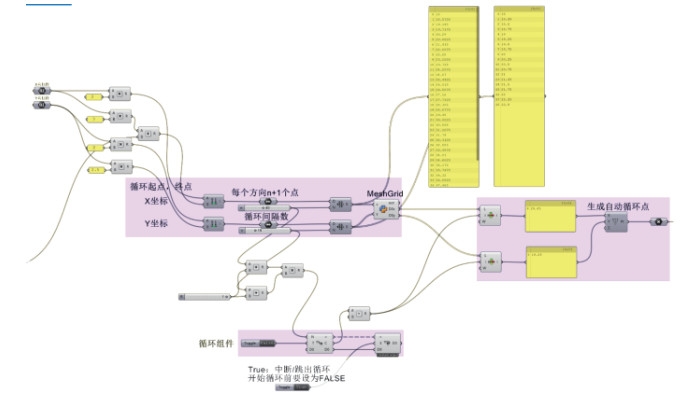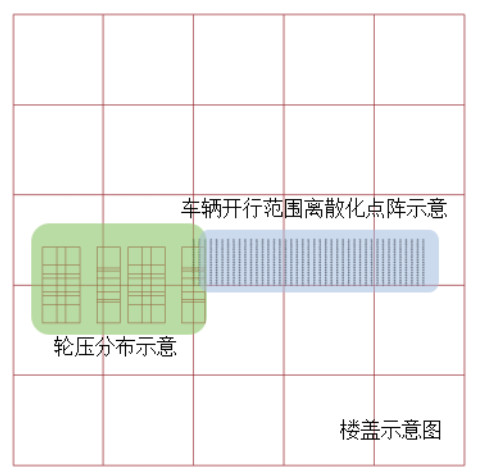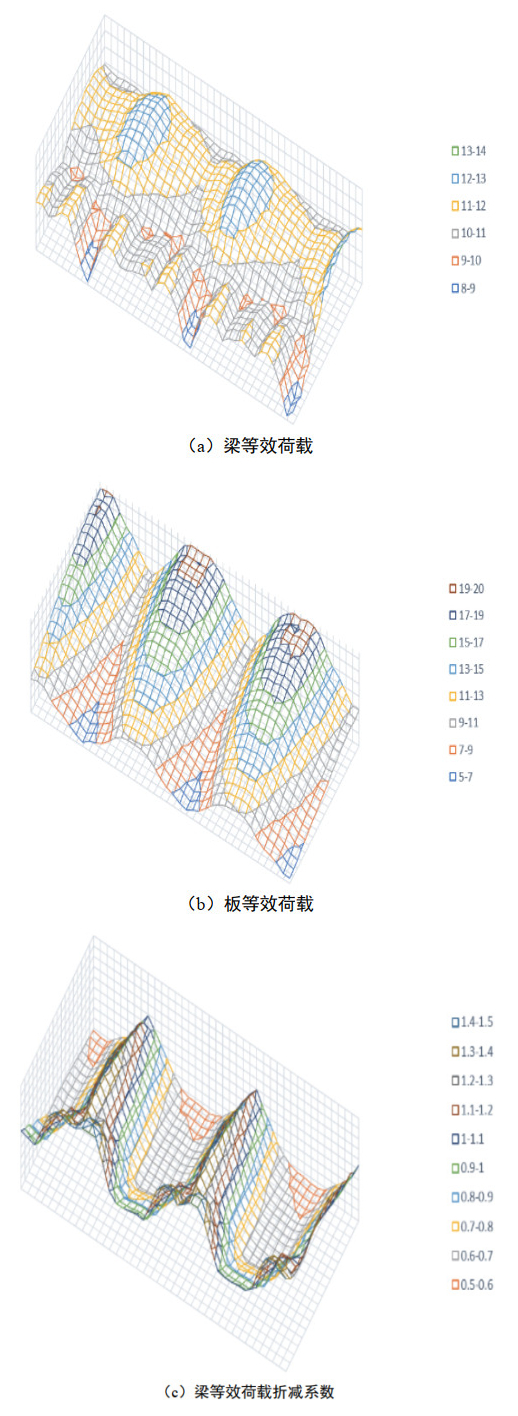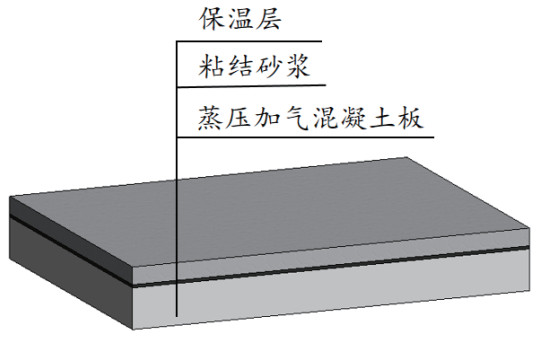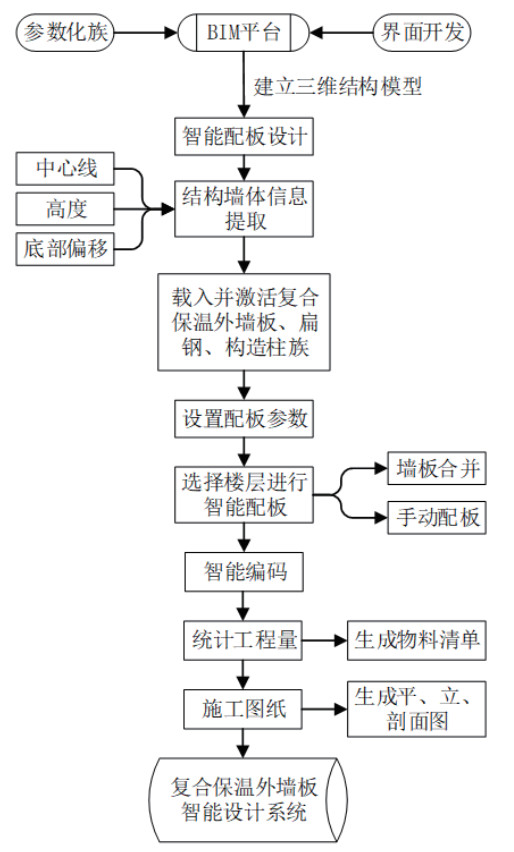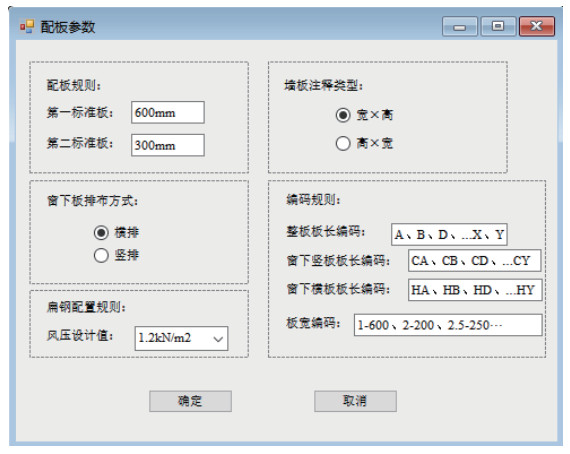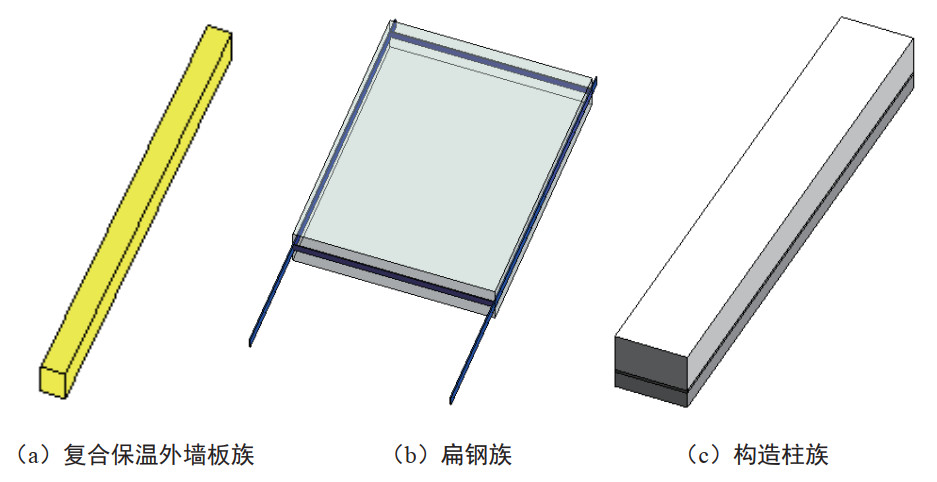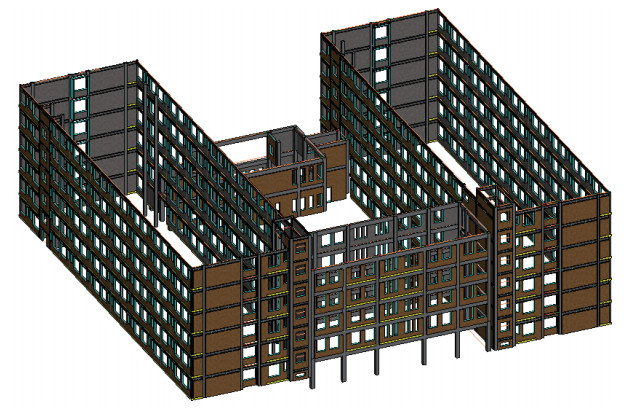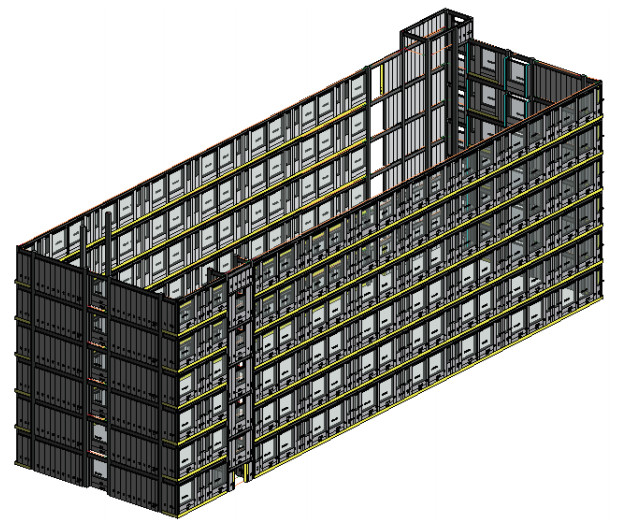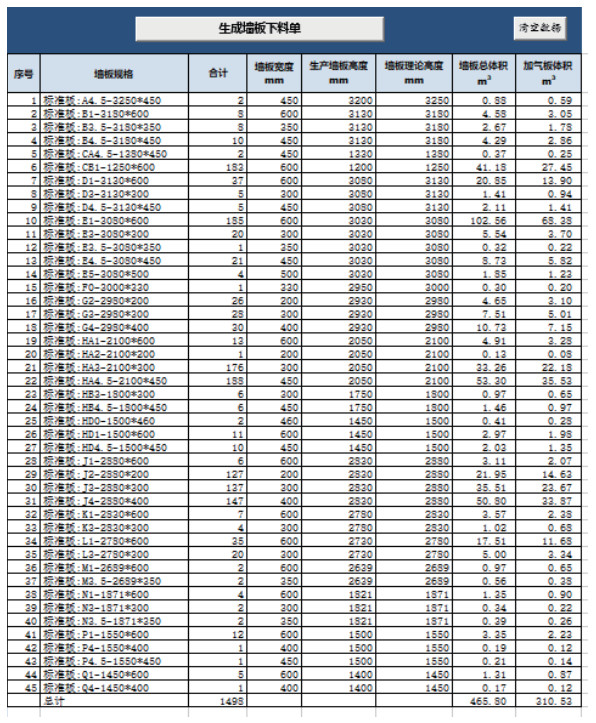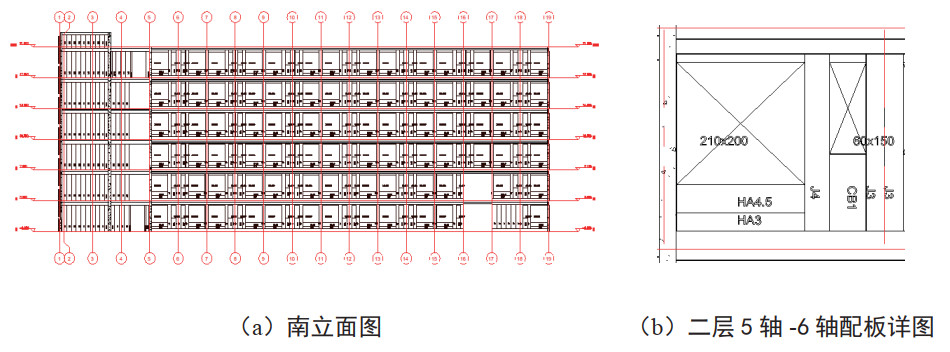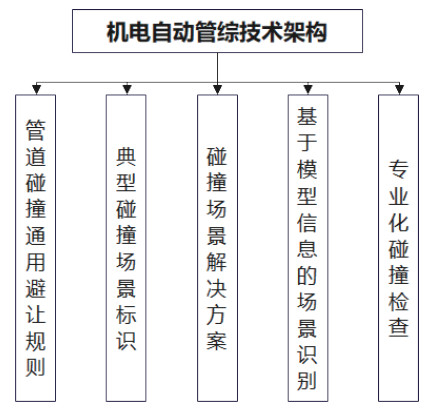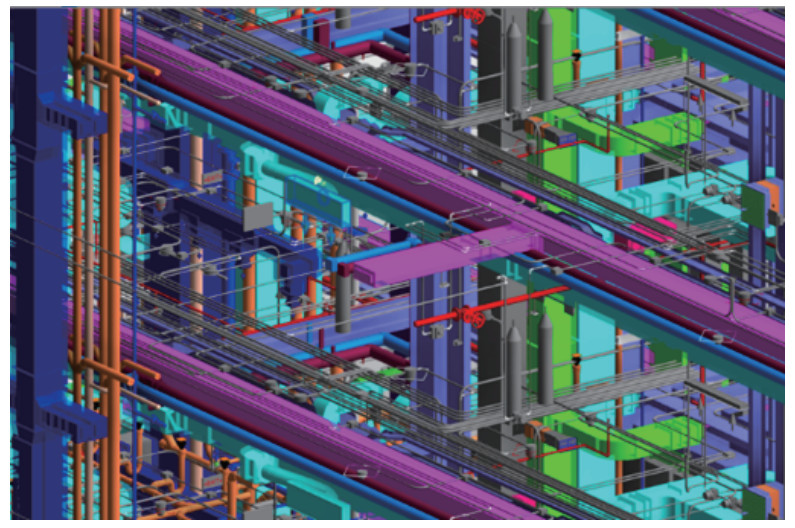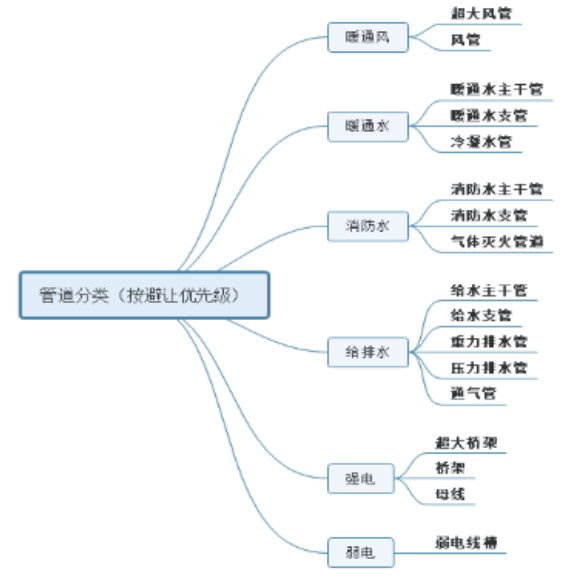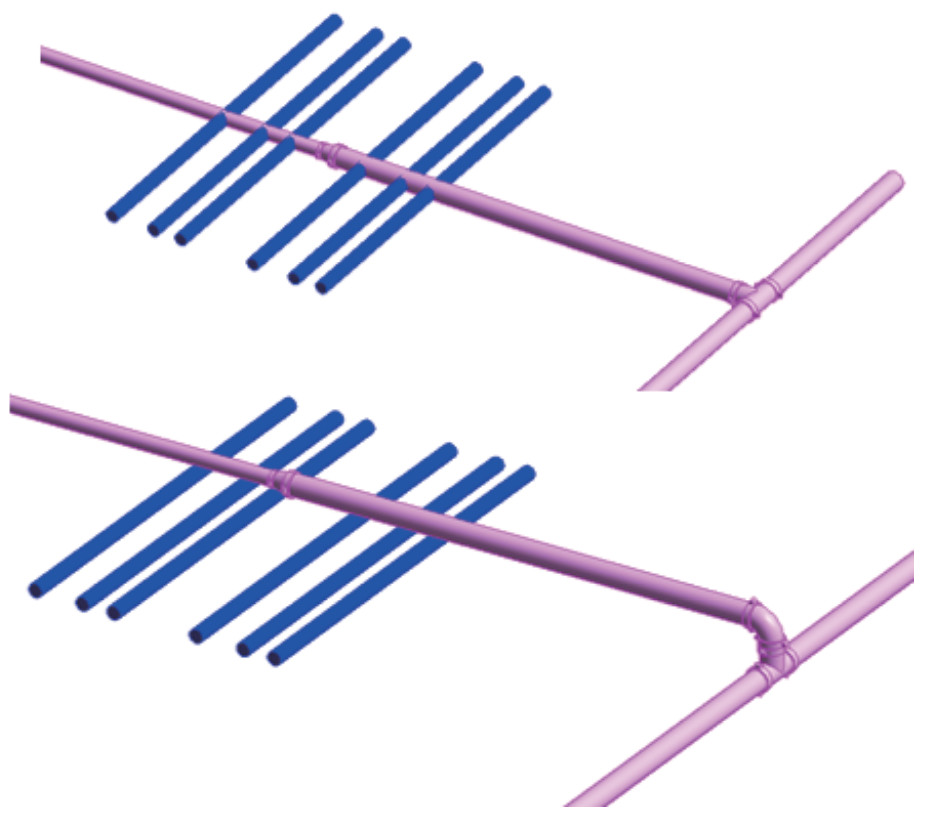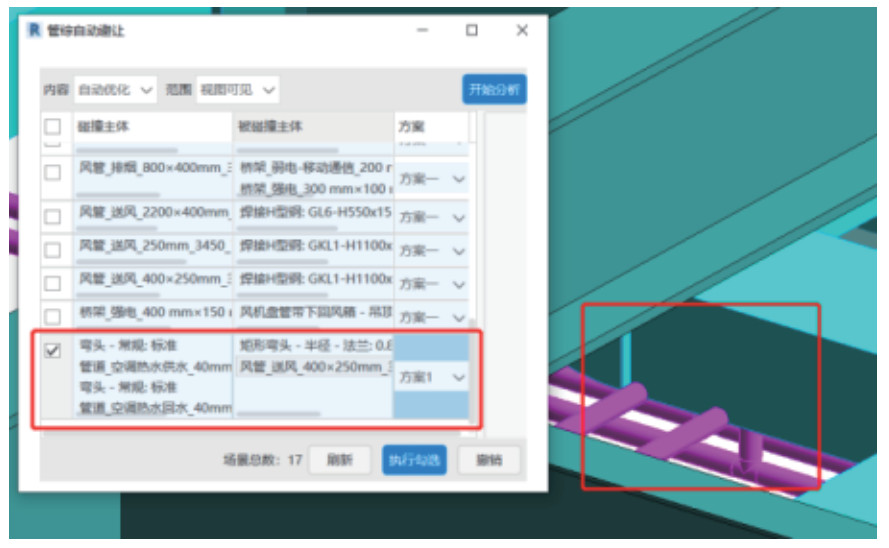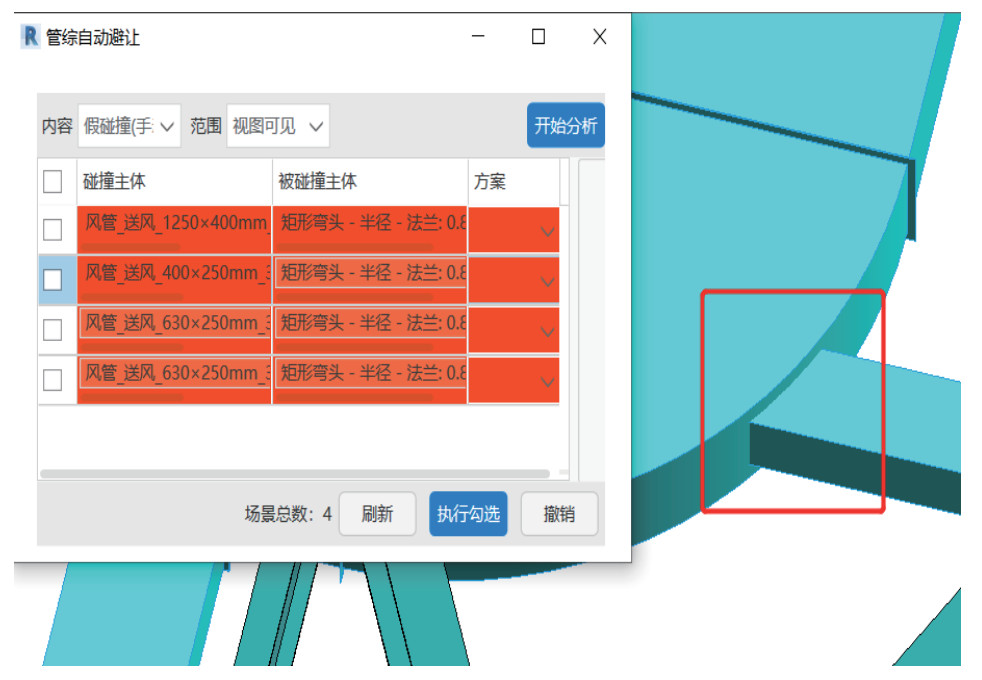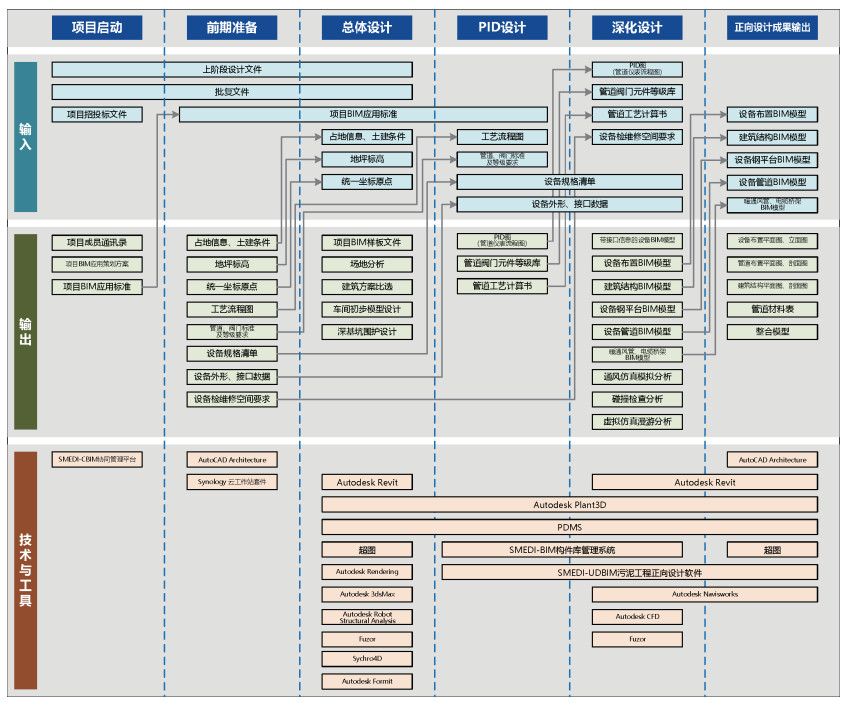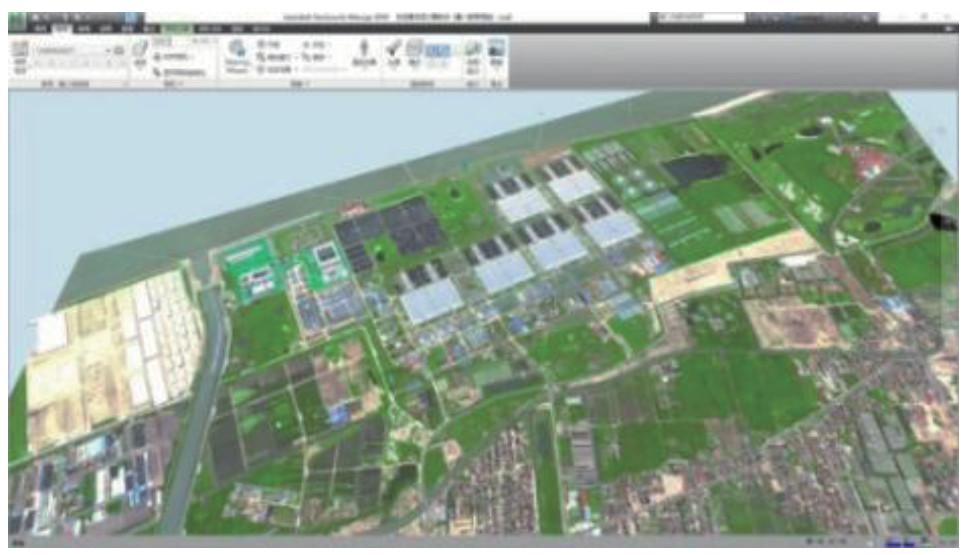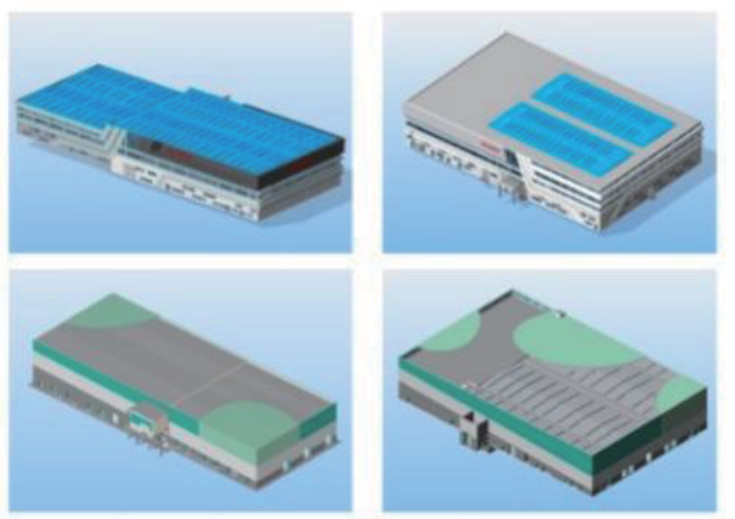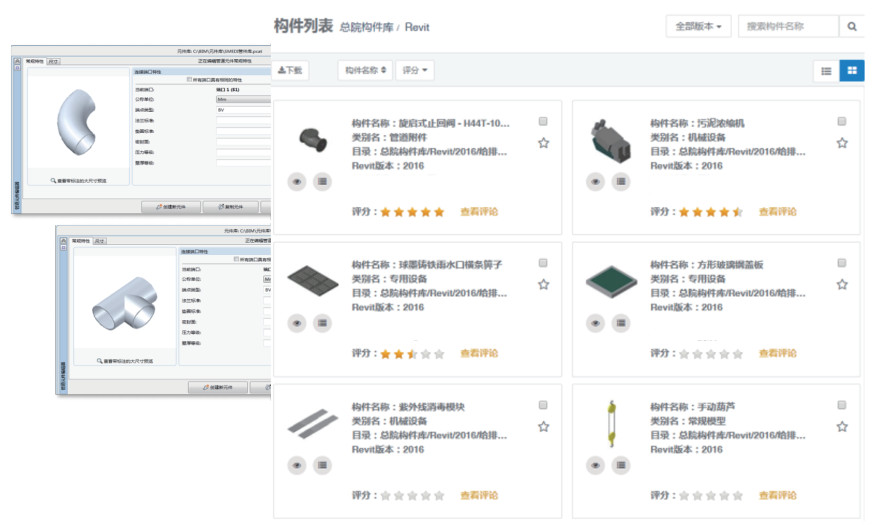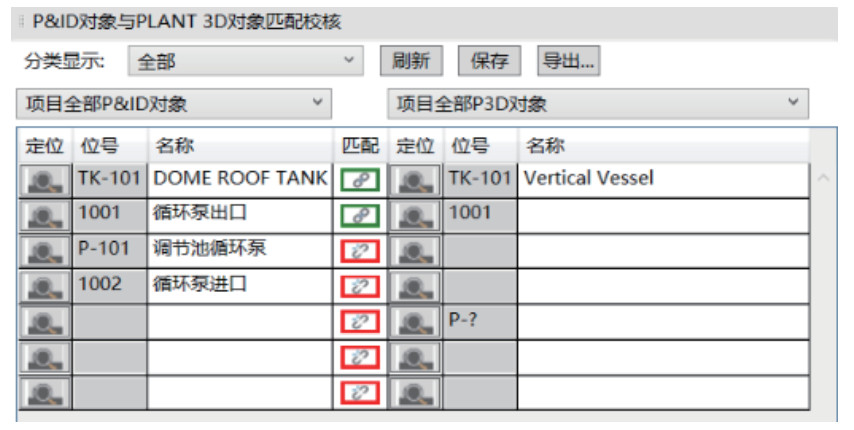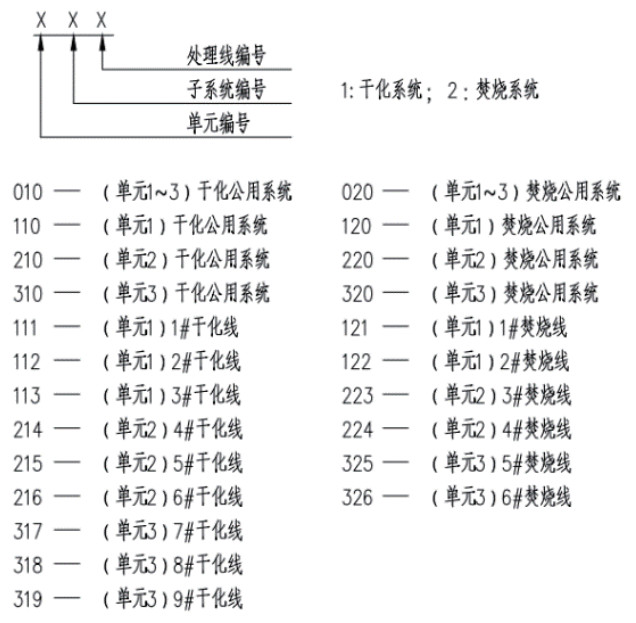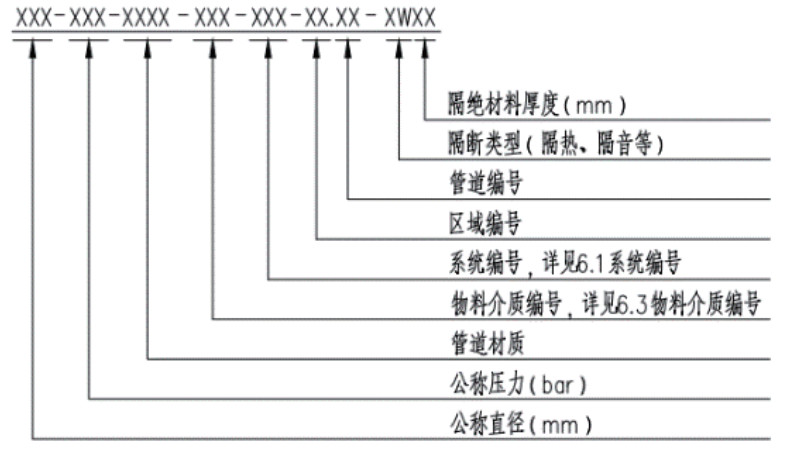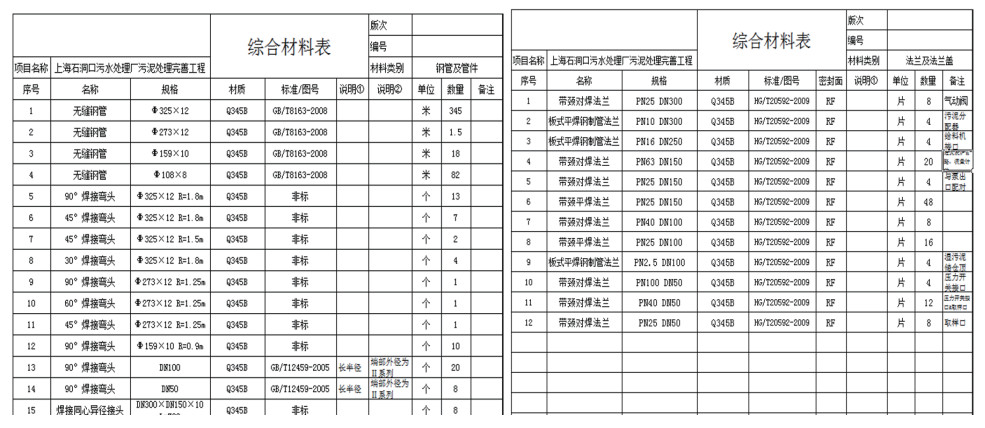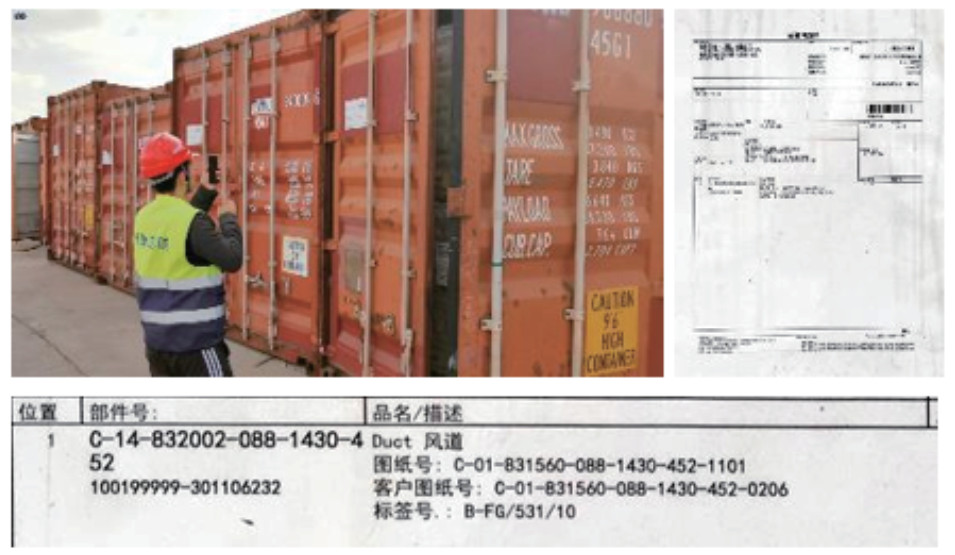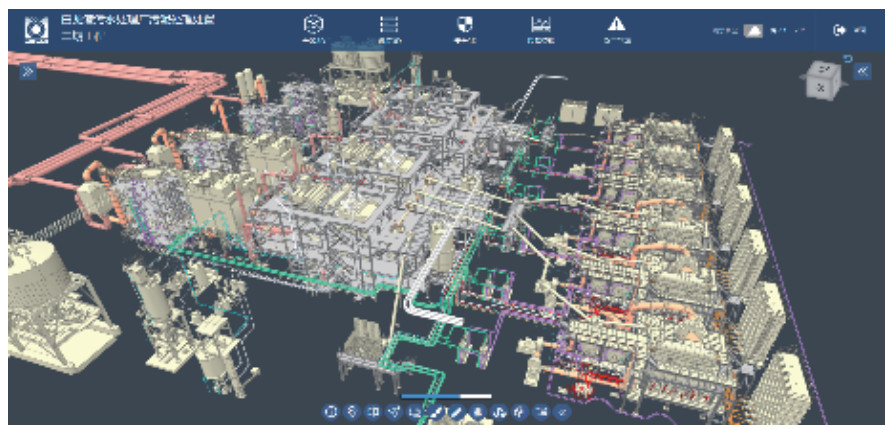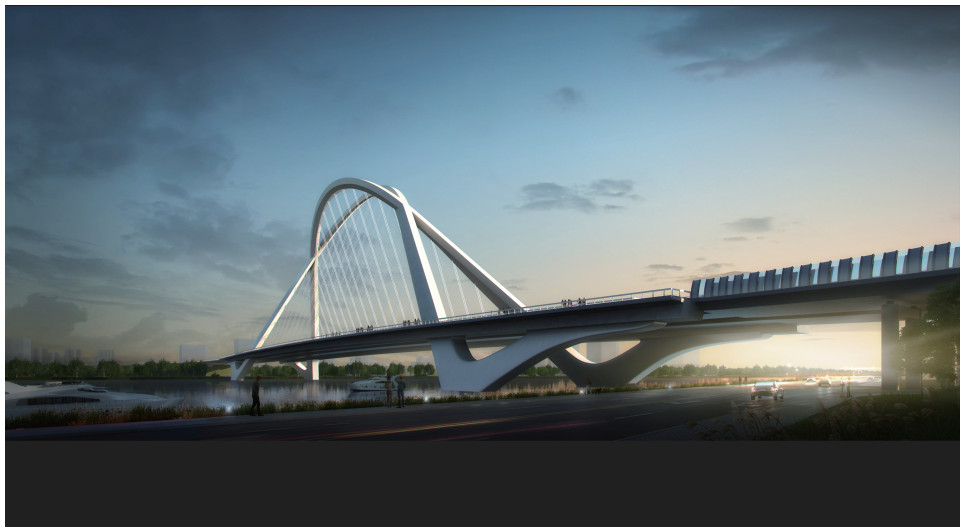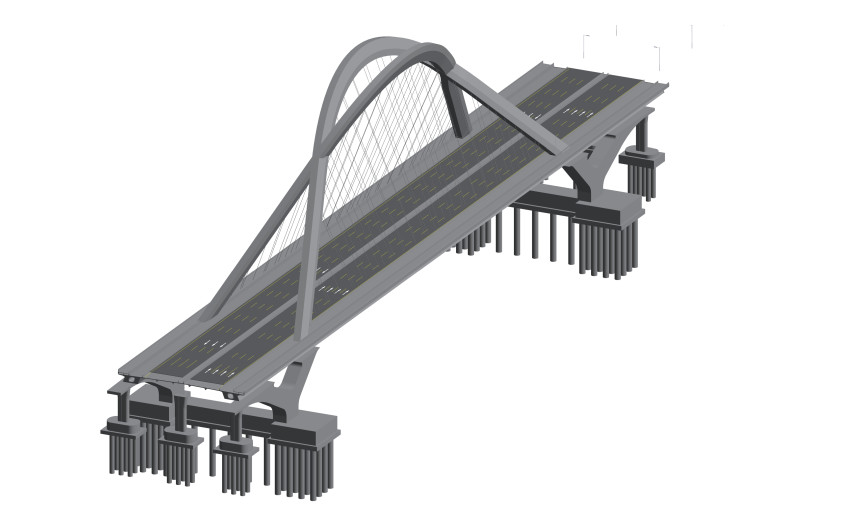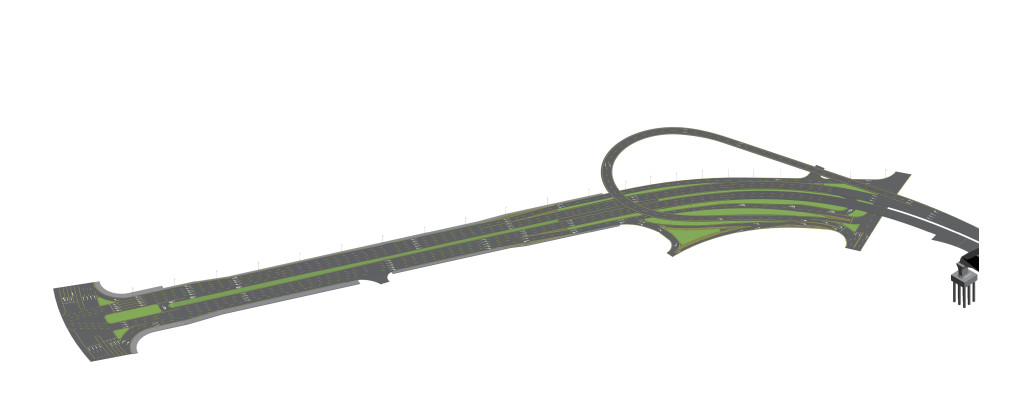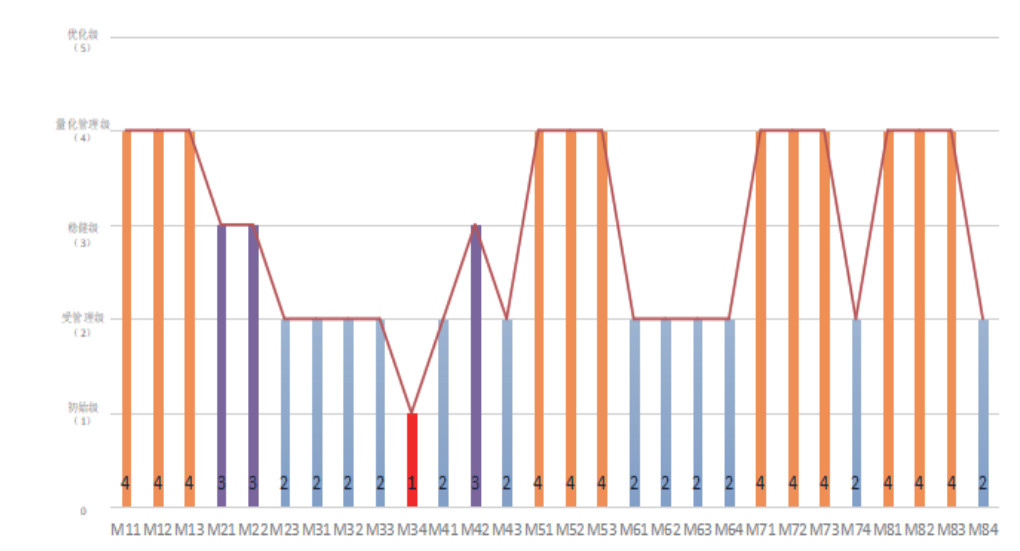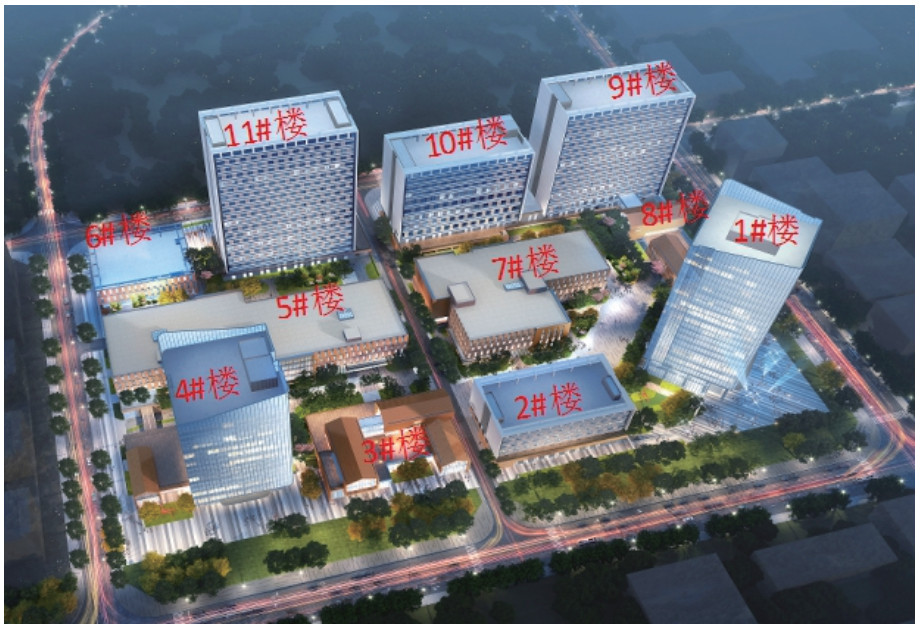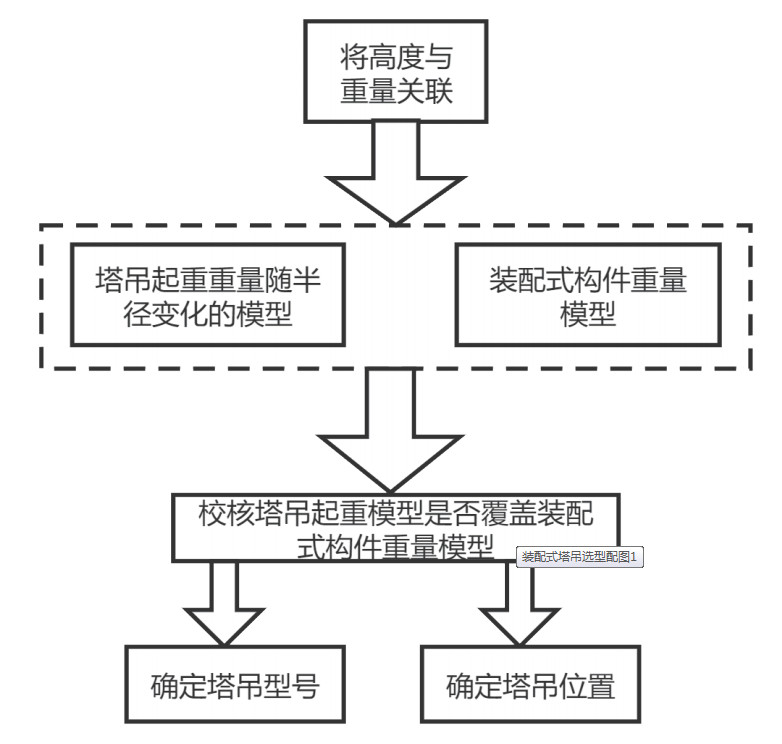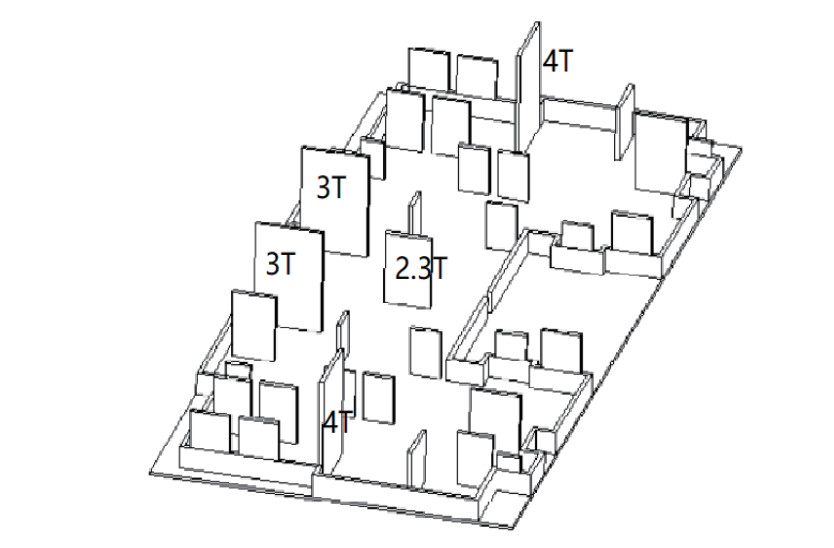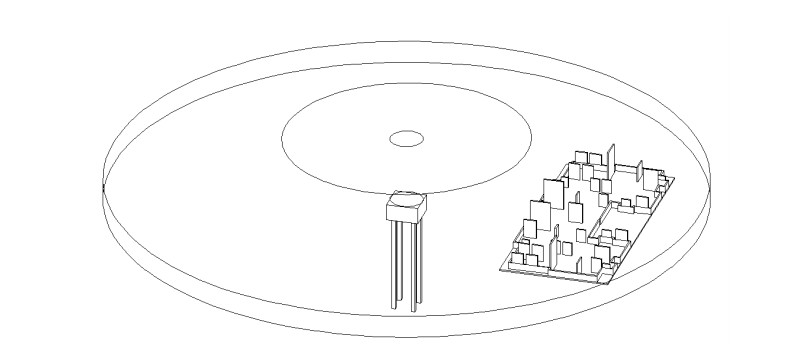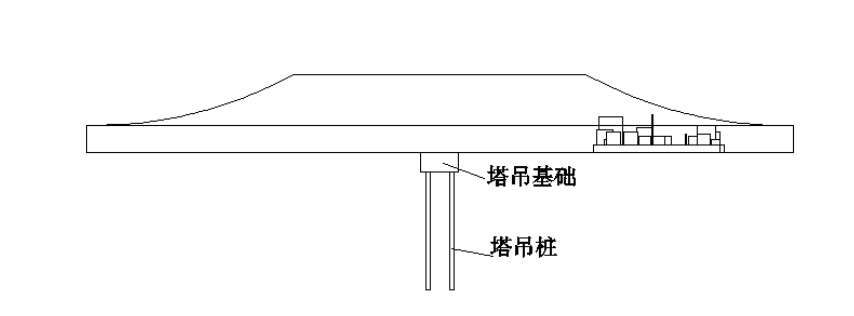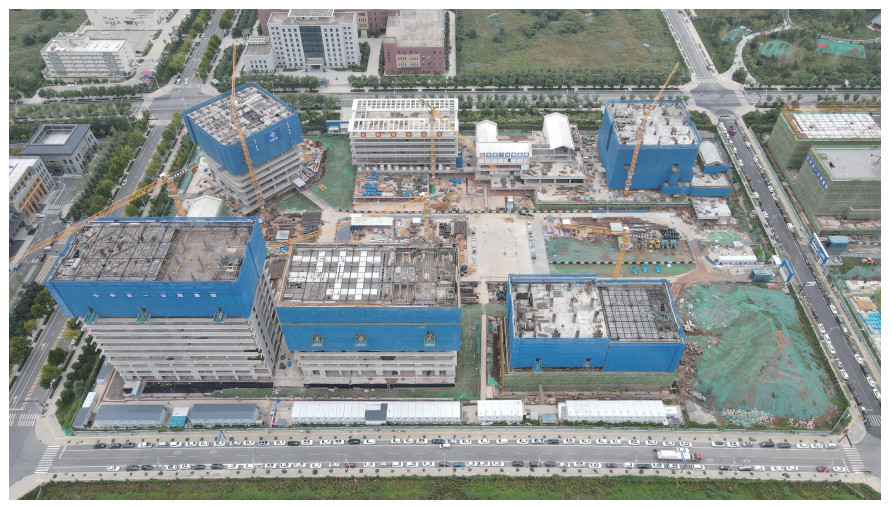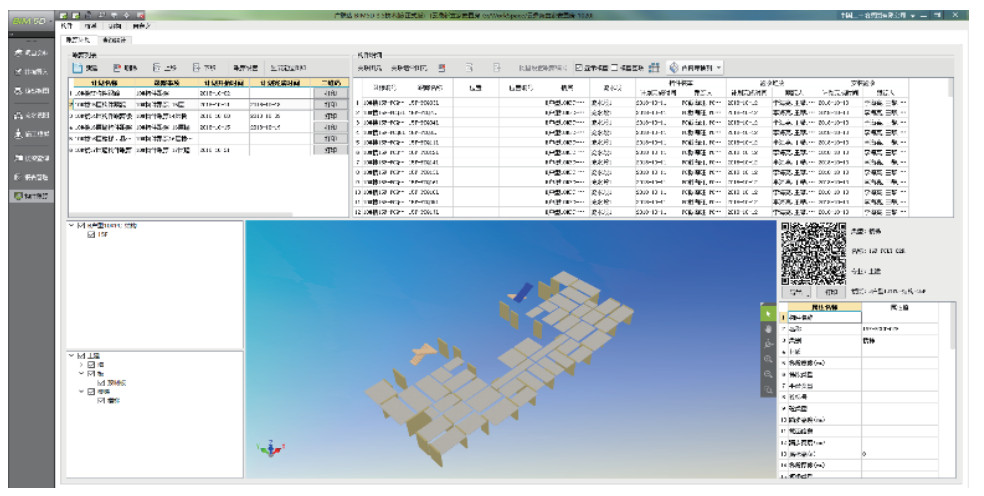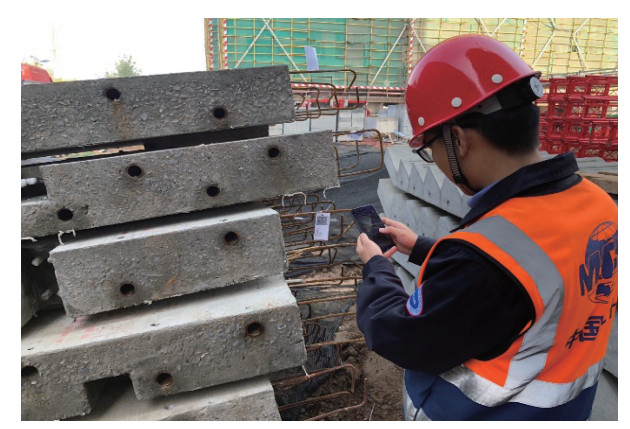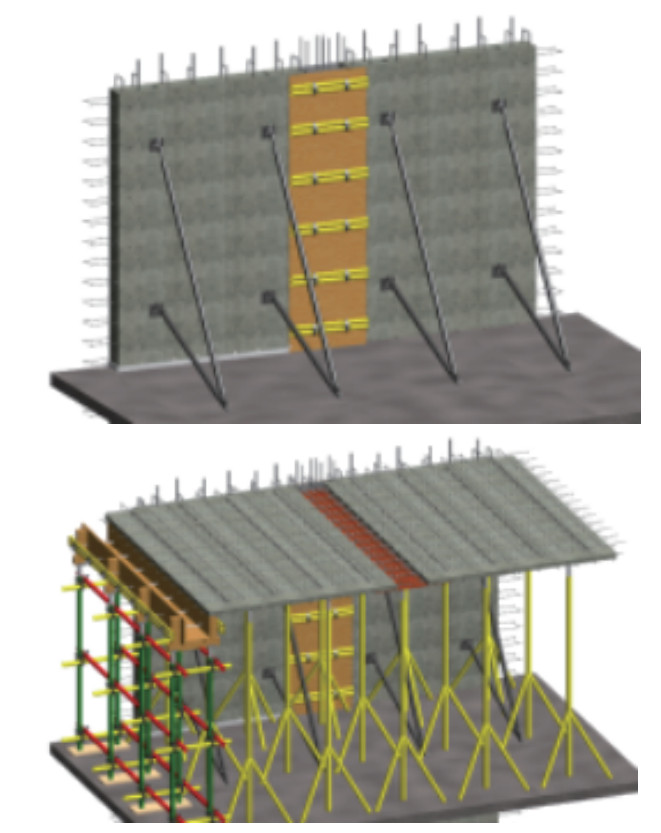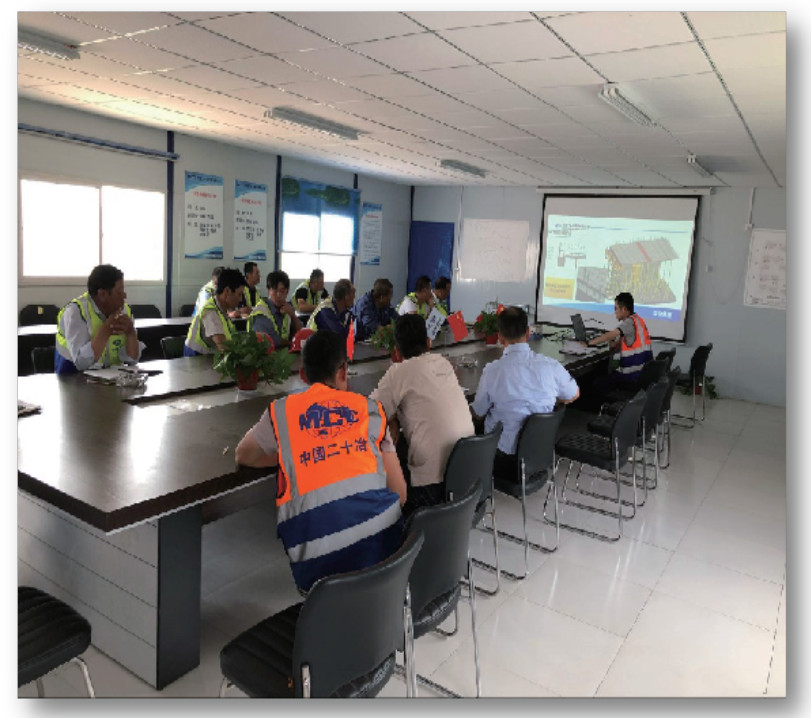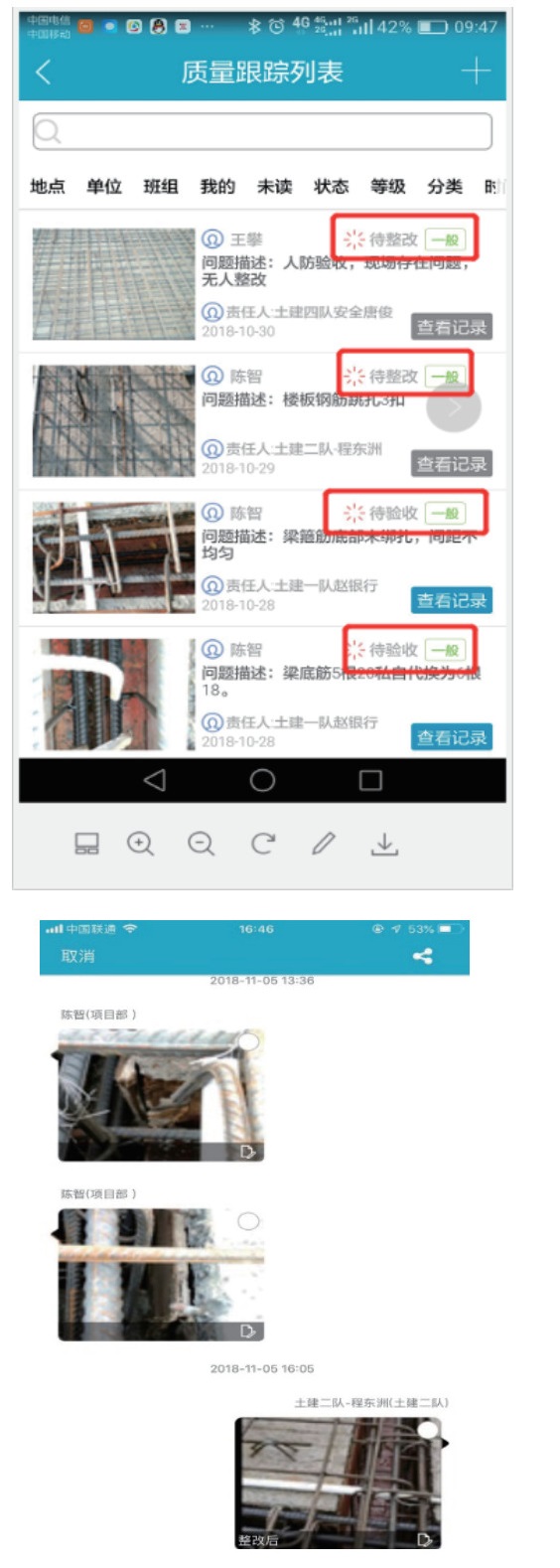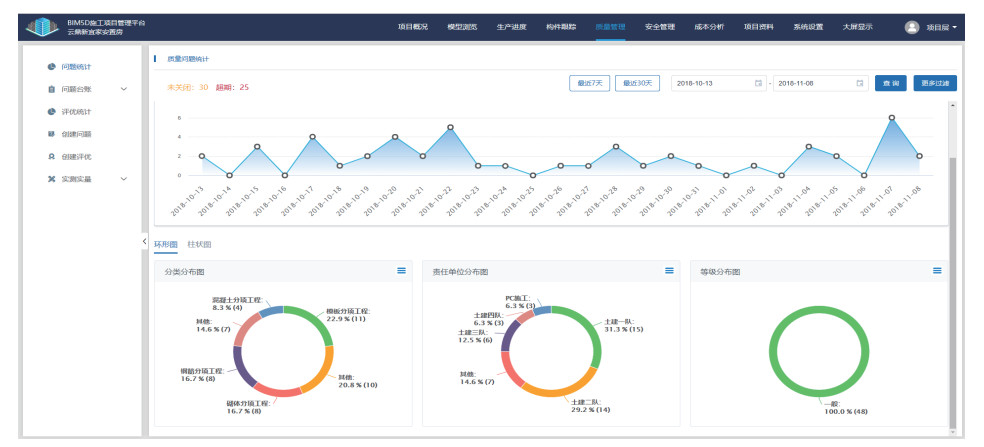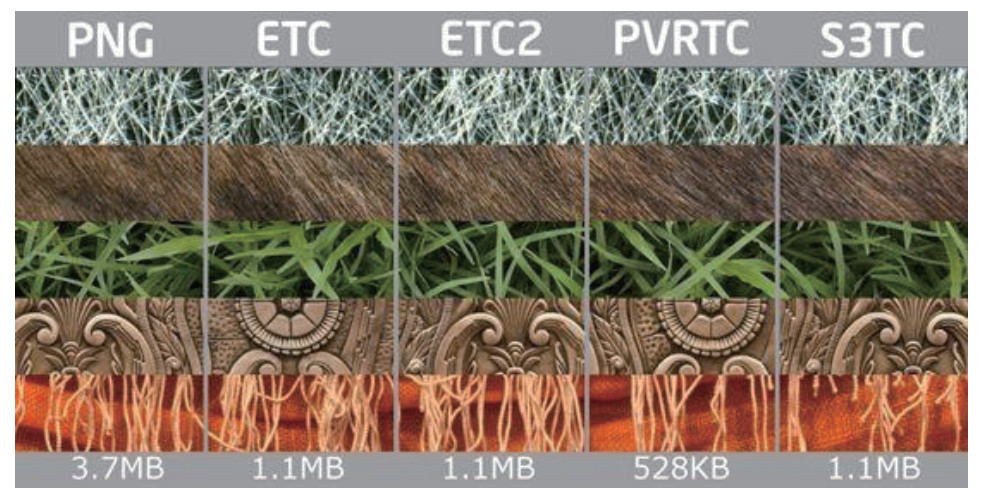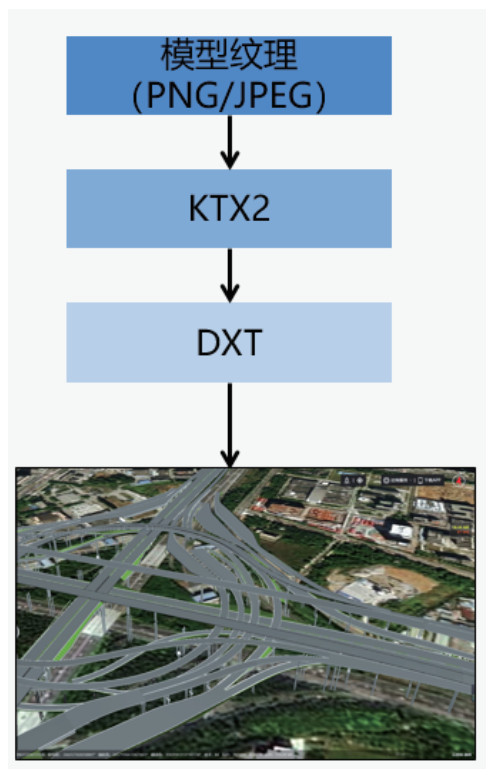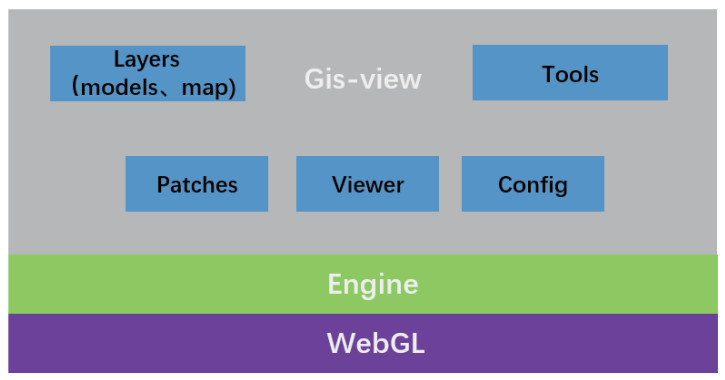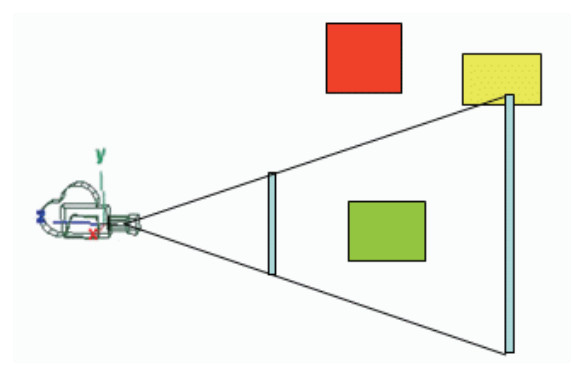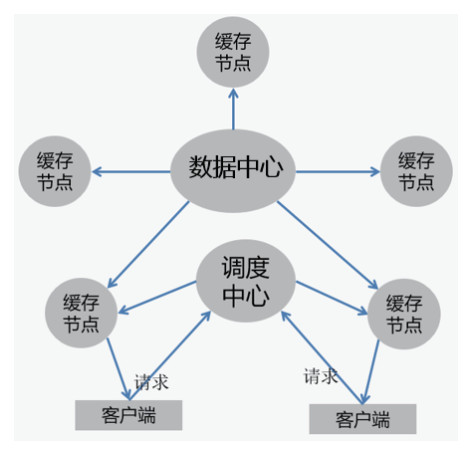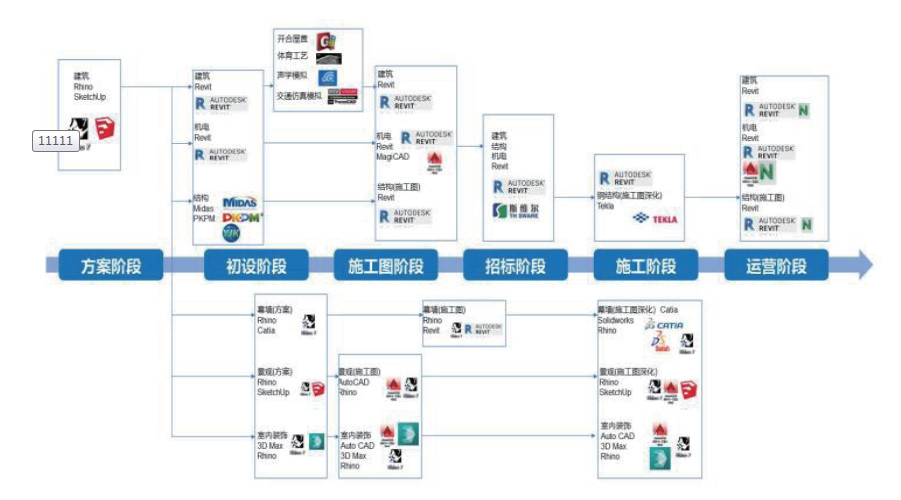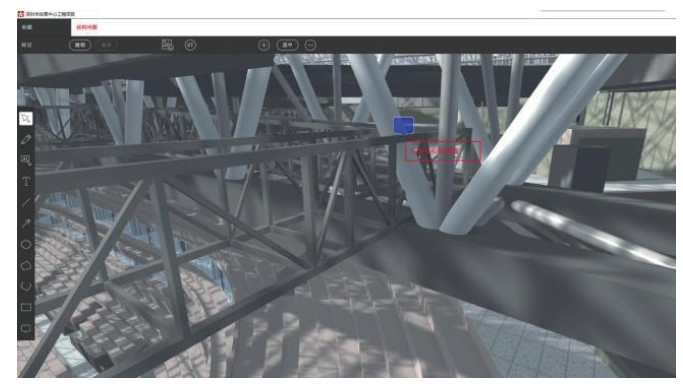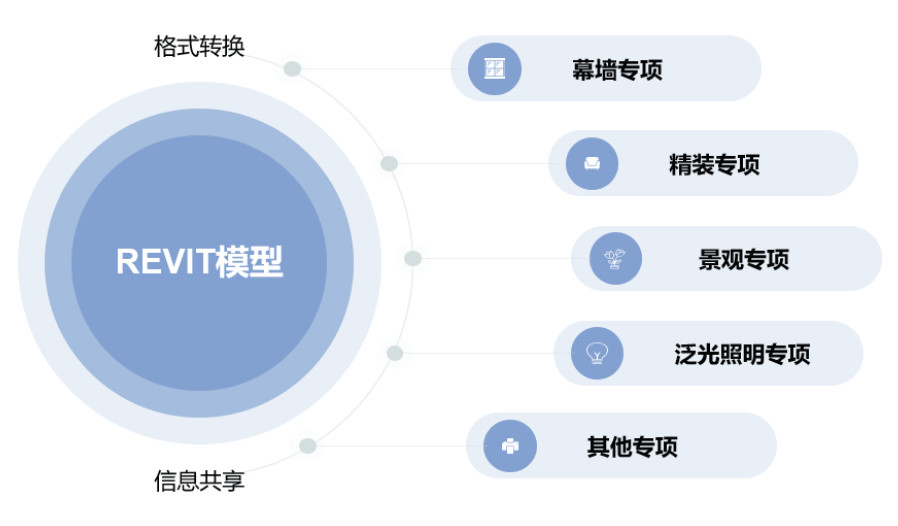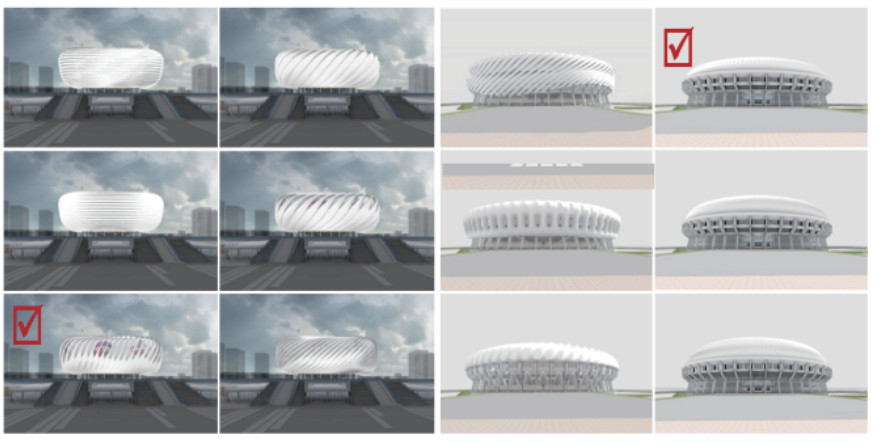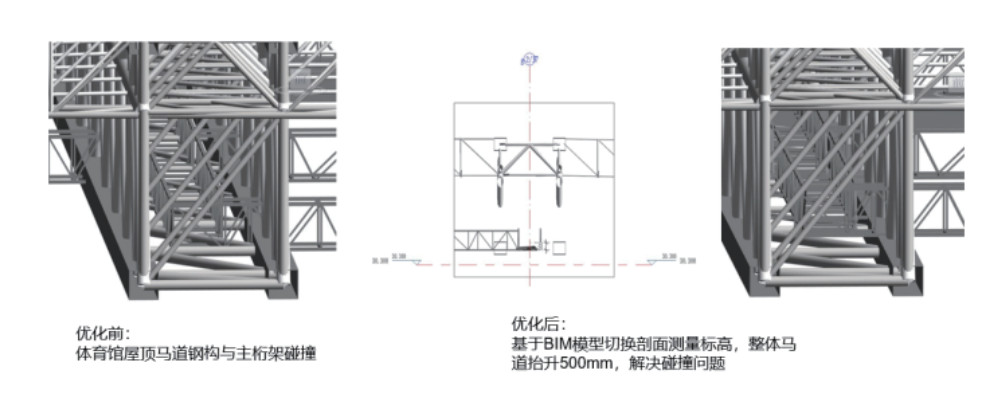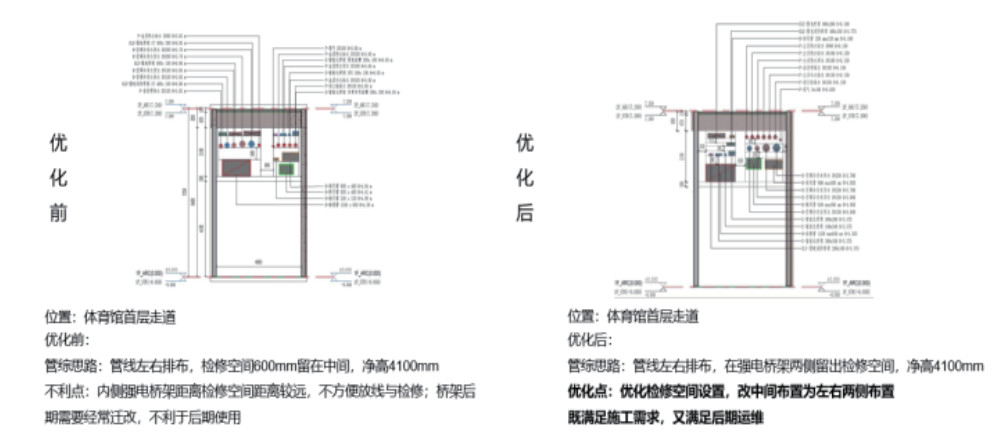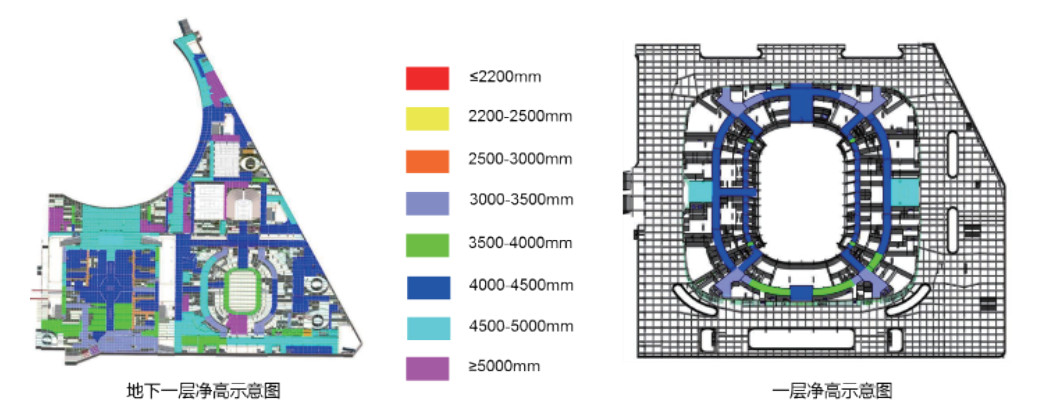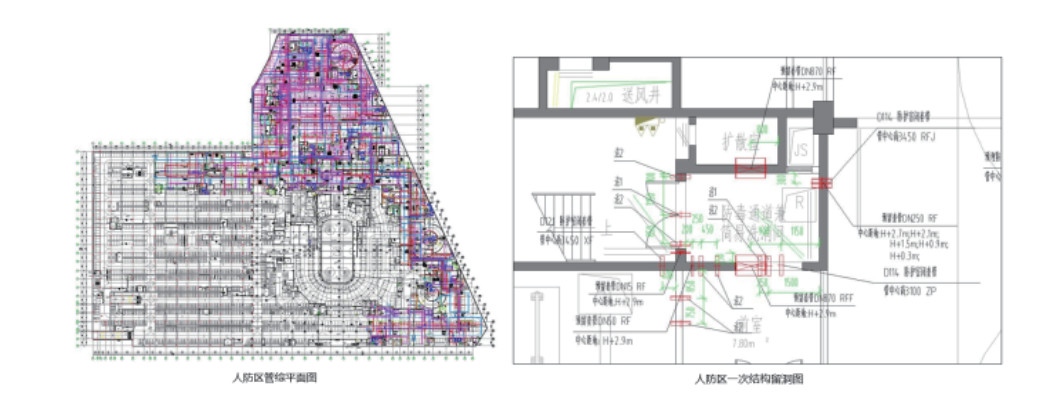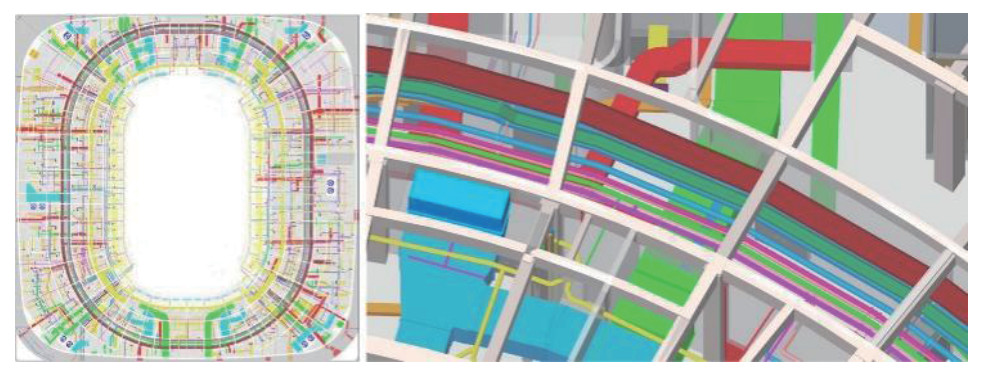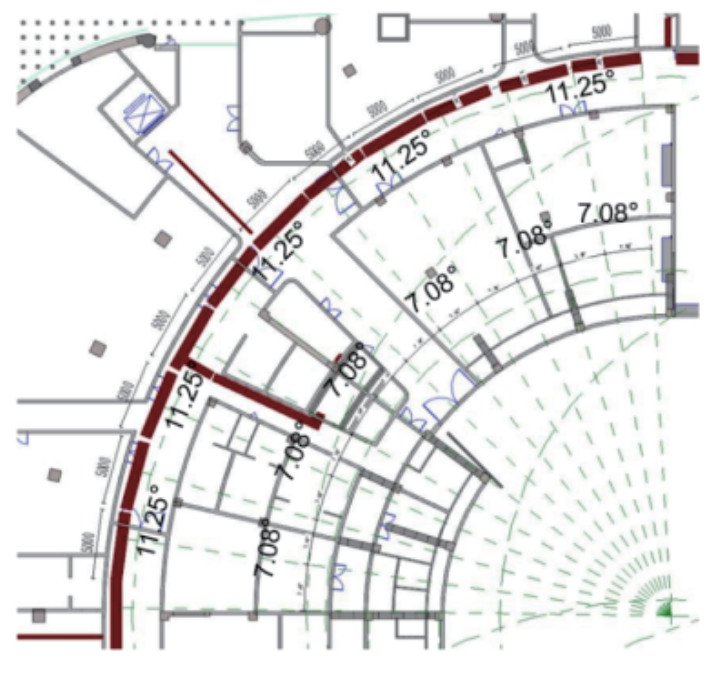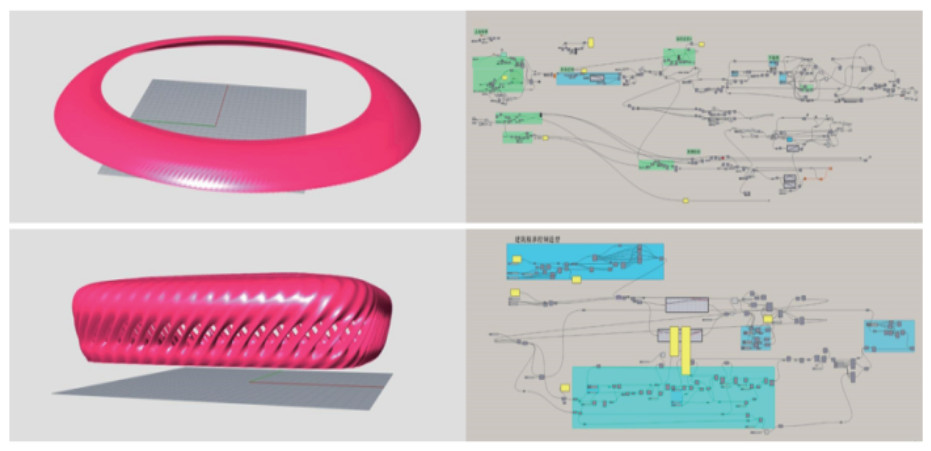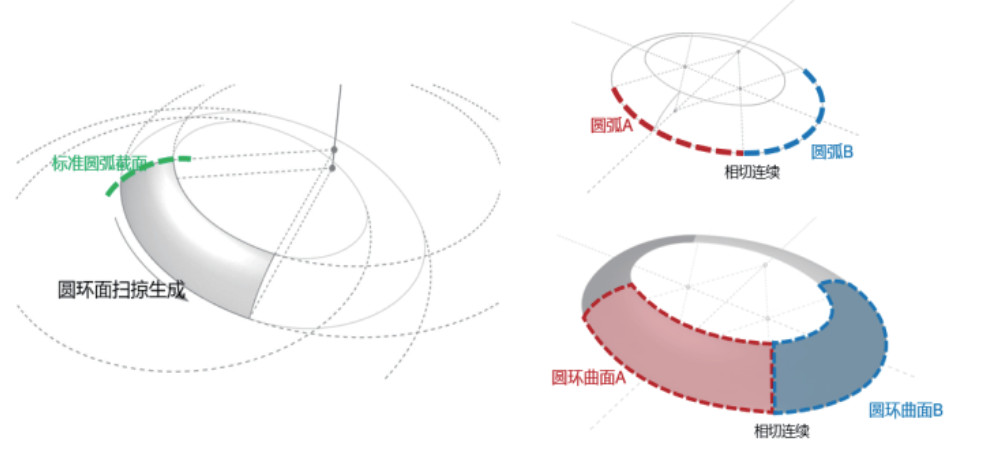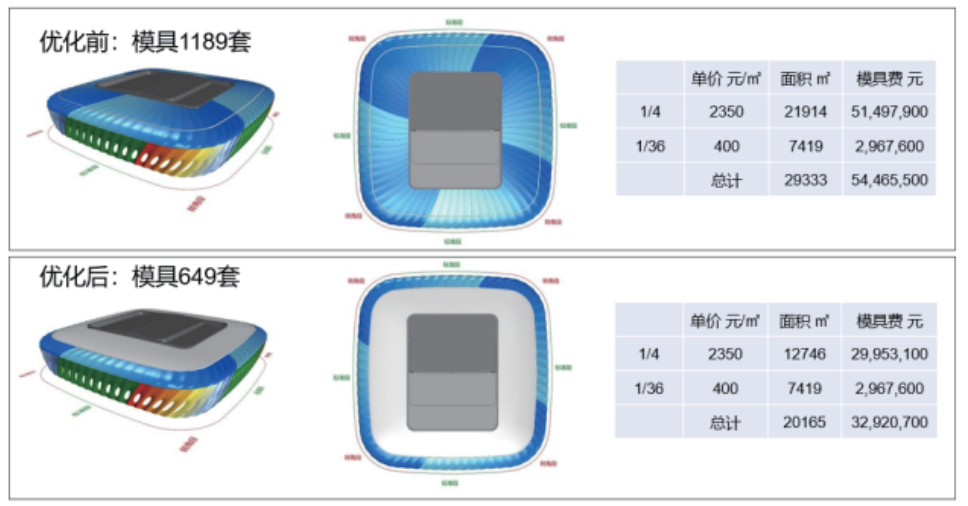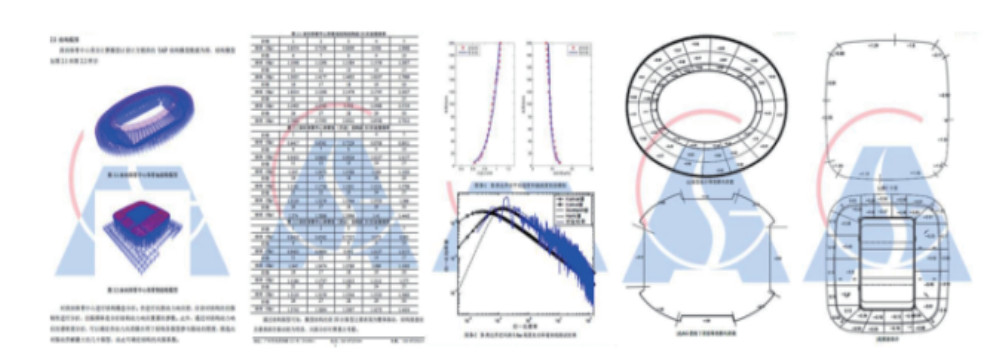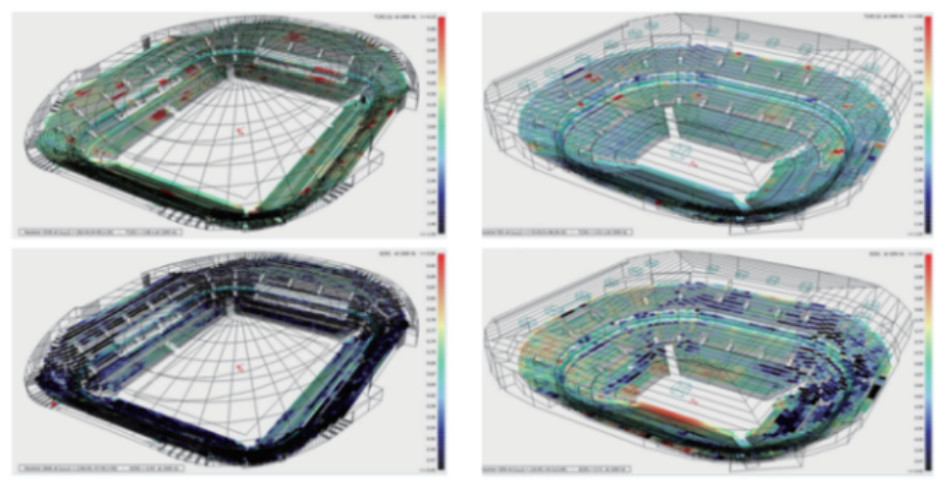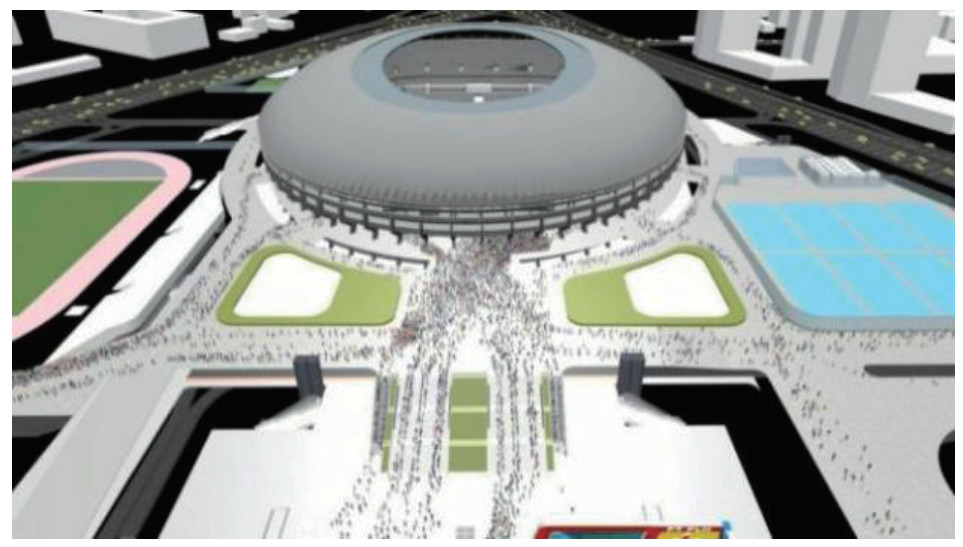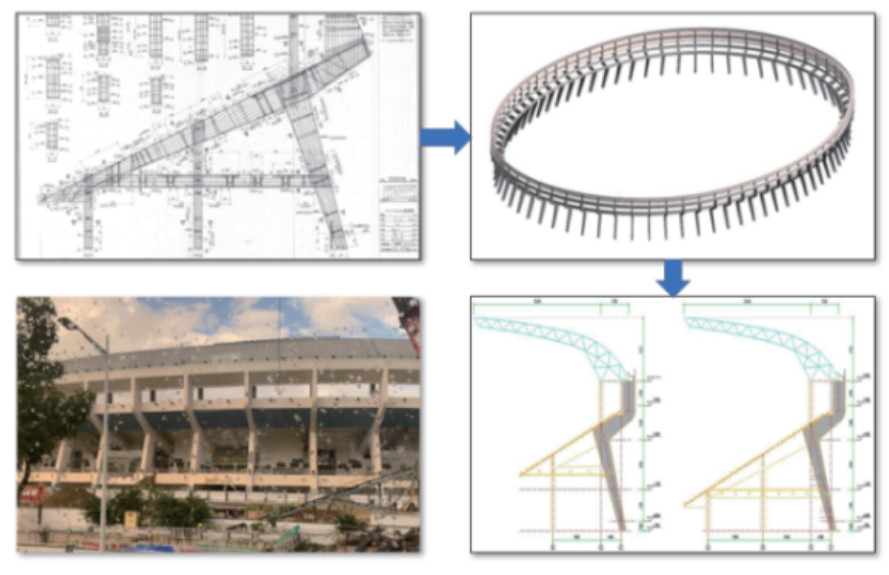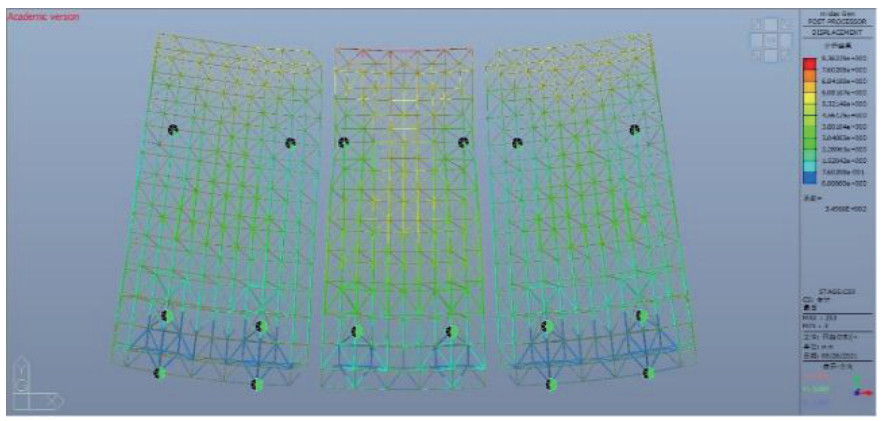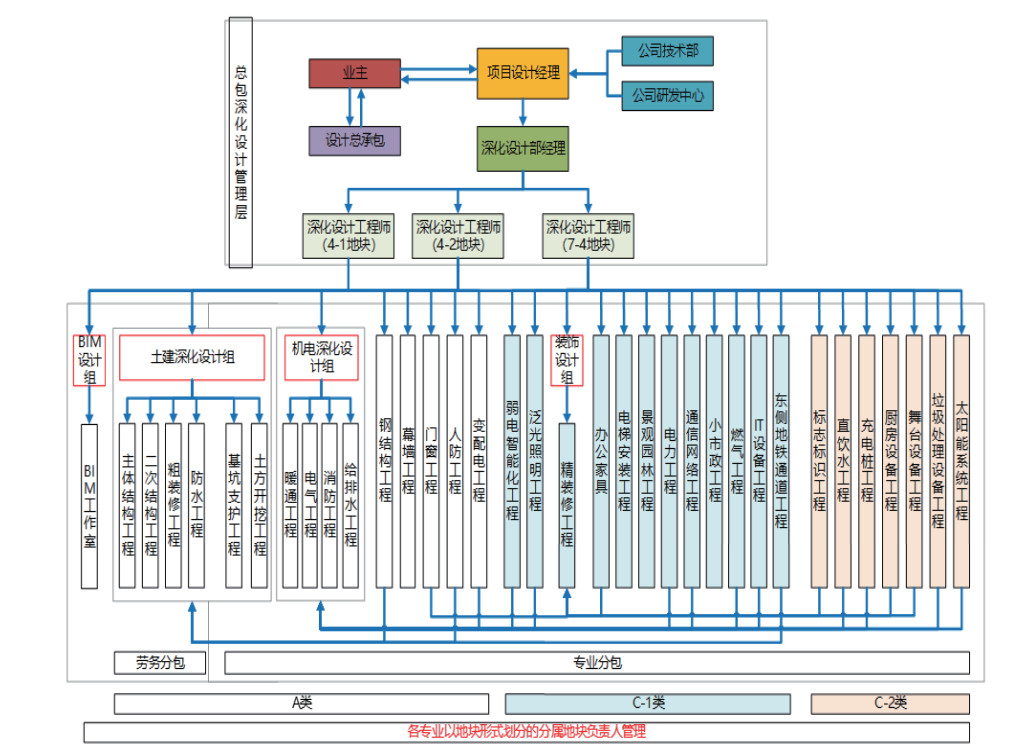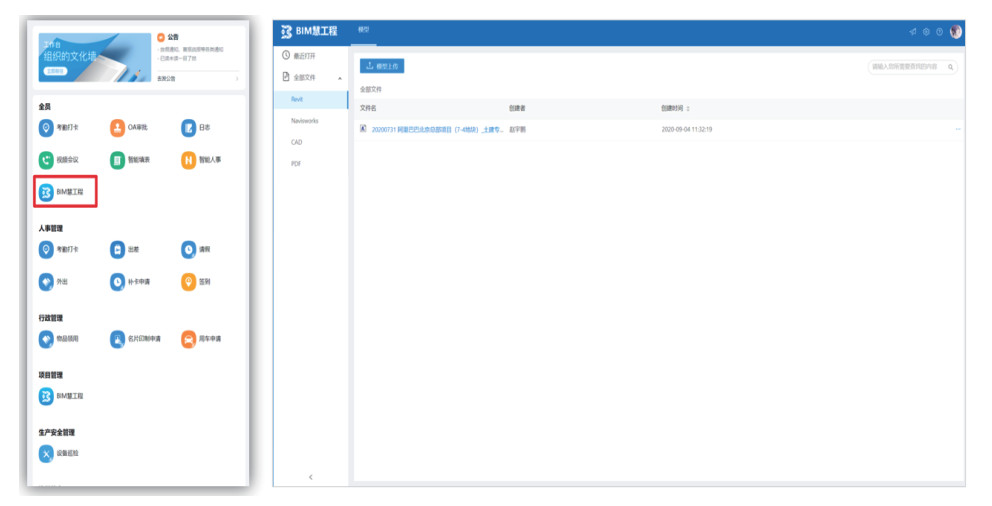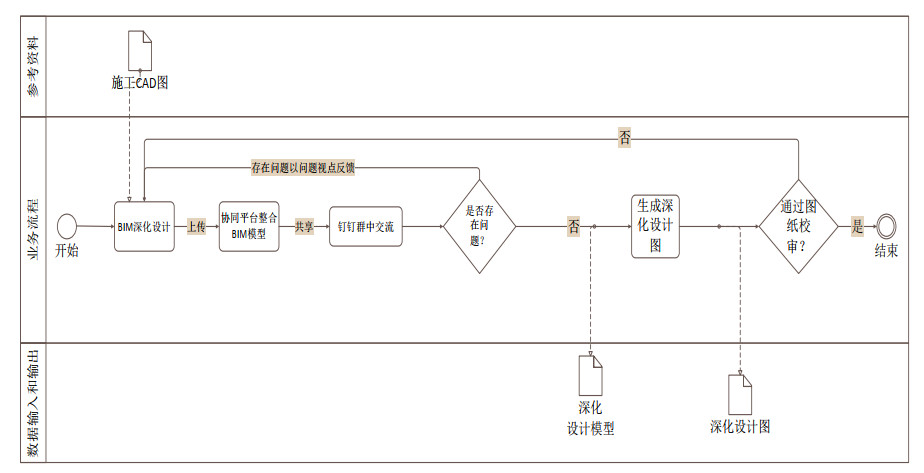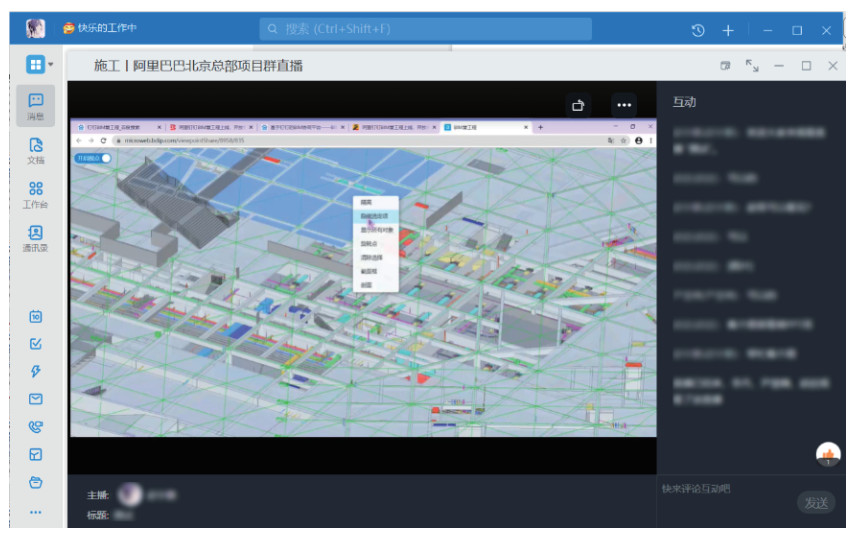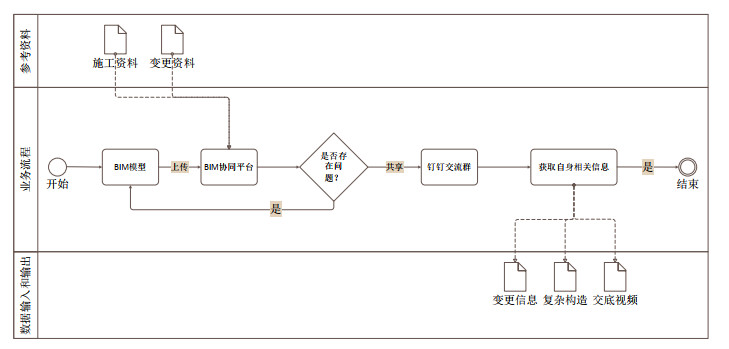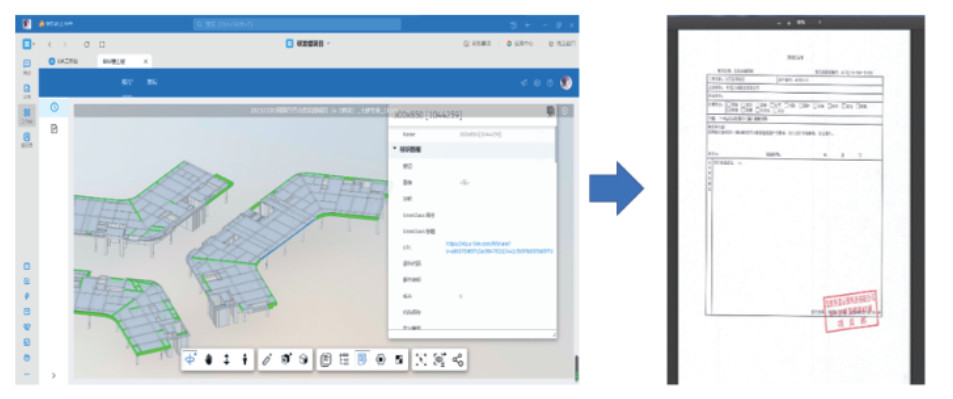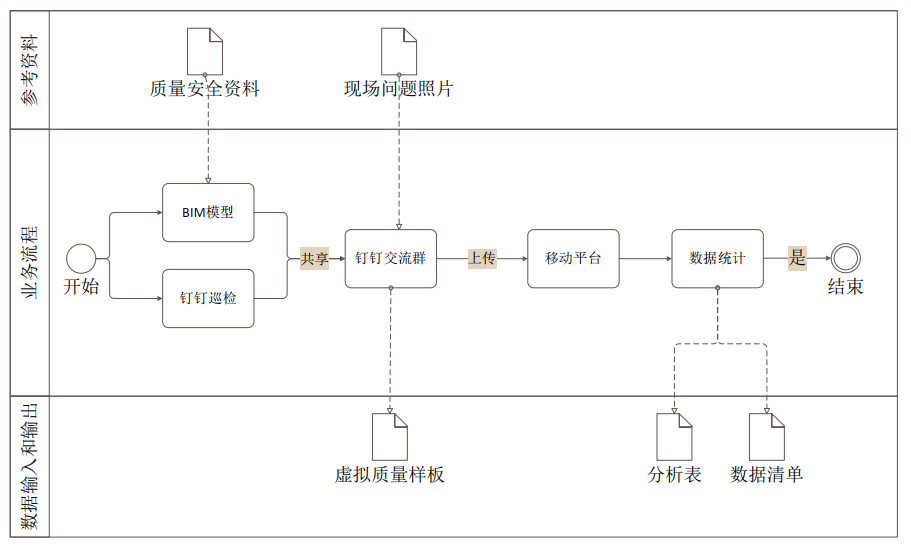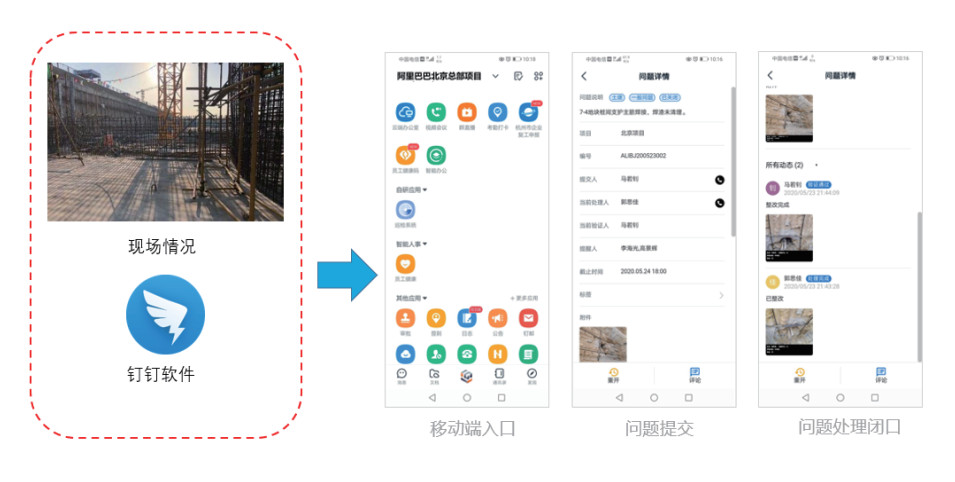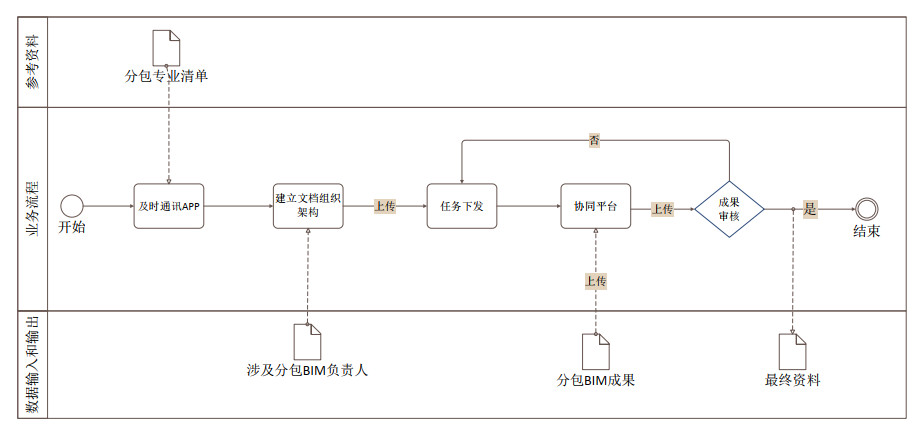Vol. 15, No 5, 2023
Display mode : |
2023, 15(5): 1-8.
doi: 10.16670/j.cnki.cn11-5823/tu.2023.05.01
Abstract:
Due to the influence of printing materials, printing equipment, printing process and environmental conditions, it is difficult to control the quality of 3D concrete printing, and the common manual inspection is inefficient. Therefore, it is urgent to seek new inspection means. Machine vision technology, as a non-contact detection method, has gradually been applied in 3D concrete printing defect detection. To this end, this paper reviews the research status of machine vision technology in 3D concrete printing defect detection from three aspects: geometry and accuracy of 3D concrete printing, interlayer deformation and stability, and surface defects, which could provide reference for 3D concrete printing quality control and its development.
Due to the influence of printing materials, printing equipment, printing process and environmental conditions, it is difficult to control the quality of 3D concrete printing, and the common manual inspection is inefficient. Therefore, it is urgent to seek new inspection means. Machine vision technology, as a non-contact detection method, has gradually been applied in 3D concrete printing defect detection. To this end, this paper reviews the research status of machine vision technology in 3D concrete printing defect detection from three aspects: geometry and accuracy of 3D concrete printing, interlayer deformation and stability, and surface defects, which could provide reference for 3D concrete printing quality control and its development.
2023, 15(5): 9-15.
doi: 10.16670/j.cnki.cn11-5823/tu.2023.05.02
Abstract:
Based on the concept of the life cycle, this paper integrates static data (e.g. the initial design information of the bridge), and dynamic data (e.g. manual inspection, maintenance records, and real-time monitoring data) to conduct a comprehensive evaluation of cable-stayed bridges from four dimensions of the civil structure includes electromechanical system, ancillary facilities, and operational services, and proposes multi-dimensional evaluation indexes, evaluation process, and calculation methods. Given the shortcomings of the single architecture of the traditional bridge evaluation system, for instance, high system coupling, poor error isolation, and poor scalability, based on the.NET microservice framework, the paper designs and realizes the online comprehensive evaluation system of the cable-stayed bridge by using C# language, middleware technology, and MySQL database. Through the application verification of a cable-stayed bridge in Shanghai, the results show that the evaluation method and system can meet the business needs of bridge evaluation, which can effectively help operating enterprises carry out maintenance analysis.
Based on the concept of the life cycle, this paper integrates static data (e.g. the initial design information of the bridge), and dynamic data (e.g. manual inspection, maintenance records, and real-time monitoring data) to conduct a comprehensive evaluation of cable-stayed bridges from four dimensions of the civil structure includes electromechanical system, ancillary facilities, and operational services, and proposes multi-dimensional evaluation indexes, evaluation process, and calculation methods. Given the shortcomings of the single architecture of the traditional bridge evaluation system, for instance, high system coupling, poor error isolation, and poor scalability, based on the.NET microservice framework, the paper designs and realizes the online comprehensive evaluation system of the cable-stayed bridge by using C# language, middleware technology, and MySQL database. Through the application verification of a cable-stayed bridge in Shanghai, the results show that the evaluation method and system can meet the business needs of bridge evaluation, which can effectively help operating enterprises carry out maintenance analysis.
2023, 15(5): 16-22.
doi: 10.16670/j.cnki.cn11-5823/tu.2023.05.03
Abstract:
The traditional tunnel safety early warning methods have some problems, such as the inflexible information transmission, the non-intuitive expression effect and more. Otherwise, the deepening application of BIM Technology in the field of shield tunnel has not been widely valued. To solve these problems, BIM Technology is introduced to realize fast and reliable tunnel structure analysis and safety early warning visualization method. First of all, the model and data transformation between BIM and Finite Element Model (FEM) are realized with the help of socket program and code so that the rapid finite element analysis based on BIM modeling is realized. And then the paper visually displays the structural safety status of calculating structural safety factor by using the visual advantages of BIM, and realizes the tunnel structure safety early warning visualization technology based on BIM and mechanical analysis. The results show that the proposed method of visual expression of safety warning has good effect on tunnel engineering.
The traditional tunnel safety early warning methods have some problems, such as the inflexible information transmission, the non-intuitive expression effect and more. Otherwise, the deepening application of BIM Technology in the field of shield tunnel has not been widely valued. To solve these problems, BIM Technology is introduced to realize fast and reliable tunnel structure analysis and safety early warning visualization method. First of all, the model and data transformation between BIM and Finite Element Model (FEM) are realized with the help of socket program and code so that the rapid finite element analysis based on BIM modeling is realized. And then the paper visually displays the structural safety status of calculating structural safety factor by using the visual advantages of BIM, and realizes the tunnel structure safety early warning visualization technology based on BIM and mechanical analysis. The results show that the proposed method of visual expression of safety warning has good effect on tunnel engineering.
2023, 15(5): 23-28.
doi: 10.16670/j.cnki.cn11-5823/tu.2023.05.04
Abstract:
In order to solve the design and construction problems of long span half-through arch bridge, the application and research of digital technology based on Dassault 3DExperience platform was carried out, including the exploratory application and research of the forward design, the collaborative analysis of complex steel local structure, the steel structure developing design and the developing application of construction, and project collaborative management. Taking the Yongding River Bridge as a verification case, the practice shows that the project based on the unified model framework organization mode is helpful to the integrated application of digital model design and construction, which improves the overall collaboration efficiency of the model by more than 20 % and effectively reduces the cost of comprehensive application.
In order to solve the design and construction problems of long span half-through arch bridge, the application and research of digital technology based on Dassault 3DExperience platform was carried out, including the exploratory application and research of the forward design, the collaborative analysis of complex steel local structure, the steel structure developing design and the developing application of construction, and project collaborative management. Taking the Yongding River Bridge as a verification case, the practice shows that the project based on the unified model framework organization mode is helpful to the integrated application of digital model design and construction, which improves the overall collaboration efficiency of the model by more than 20 % and effectively reduces the cost of comprehensive application.
2023, 15(5): 29-35.
doi: 10.16670/j.cnki.cn11-5823/tu.2023.05.05
Abstract:
Based on BIM technology and green building simulation software, this paper constructs a green building evaluation index system that evaluates buildings and improves and elevates spatial analysis. First of all, according to the relevant regulations in China, the index system combining BIM technology and green building simulation software is determined from the following aspects: safety, durability, health, comfort, convenience, resource saving and livable environment. And then the weight of each index is referred to its score value in relevant standards and the score of experts. Finally, the final green building score was obtained by combining the index score and weighted by layers. The final green building score was divided into four grades from low to high: Unqualified, Level 1, Level 2, and Level 3. From all the efforts above, the paper manages the overall evaluation of green buildings and provides information support for the subsequent green building optimization and transformation. To conclude, the green building evaluation index system based on BIM technology and green building simulation software can evaluate green buildings quickly and effectively. What's more, the green building can improve the space and make the green building effect more remarkable.
Based on BIM technology and green building simulation software, this paper constructs a green building evaluation index system that evaluates buildings and improves and elevates spatial analysis. First of all, according to the relevant regulations in China, the index system combining BIM technology and green building simulation software is determined from the following aspects: safety, durability, health, comfort, convenience, resource saving and livable environment. And then the weight of each index is referred to its score value in relevant standards and the score of experts. Finally, the final green building score was obtained by combining the index score and weighted by layers. The final green building score was divided into four grades from low to high: Unqualified, Level 1, Level 2, and Level 3. From all the efforts above, the paper manages the overall evaluation of green buildings and provides information support for the subsequent green building optimization and transformation. To conclude, the green building evaluation index system based on BIM technology and green building simulation software can evaluate green buildings quickly and effectively. What's more, the green building can improve the space and make the green building effect more remarkable.
2023, 15(5): 36-39.
doi: 10.16670/j.cnki.cn11-5823/tu.2023.05.06
Abstract:
This paper focuses on the analysis of building energy consumption and carbon emission indicators according to the requirements of Qingdao's carbon emission BIM review system. The paper found that: firstly, the heating energy consumption and carbon emissions in the operation stage are the largest. There are differences in the proportion of carbon reduction between different enclosure structures. Secondly, the contribution of each factor is as follows: energy efficiency level > carbon emission factor > air conditioning and heating equipment performance > lighting power density > enclosure structures. Intermittent operation of personnel has obvious influence on heating carbon reduction. Thirdly, taking Shinan District of Qingdao as a pilot, Qingdao has developed a special BIM review system for carbon emissions, which can analyze and control carbon emissions of individual buildings and key enterprises, and further help the construction management department control the total amount of regional or urban carbon emissions.
This paper focuses on the analysis of building energy consumption and carbon emission indicators according to the requirements of Qingdao's carbon emission BIM review system. The paper found that: firstly, the heating energy consumption and carbon emissions in the operation stage are the largest. There are differences in the proportion of carbon reduction between different enclosure structures. Secondly, the contribution of each factor is as follows: energy efficiency level > carbon emission factor > air conditioning and heating equipment performance > lighting power density > enclosure structures. Intermittent operation of personnel has obvious influence on heating carbon reduction. Thirdly, taking Shinan District of Qingdao as a pilot, Qingdao has developed a special BIM review system for carbon emissions, which can analyze and control carbon emissions of individual buildings and key enterprises, and further help the construction management department control the total amount of regional or urban carbon emissions.
2023, 15(5): 40-44.
doi: 10.16670/j.cnki.cn11-5823/tu.2023.05.07
Abstract:
With the increasing application of BIM technology in prefabricated electromechanical design, the establishment, splitting, grouping of BIM models and the output of machining drawings are gradually important. Based on Revit parametric programming software and visual programming, this paper uses Dynamo and Python to realize automatic pipeline splitting and quickly produce drawings that meet design specifications. Compared with the traditional manual modeling and drawing method, it greatly improves the design efficiency and drawing quality, which has the value for popularization and application.
With the increasing application of BIM technology in prefabricated electromechanical design, the establishment, splitting, grouping of BIM models and the output of machining drawings are gradually important. Based on Revit parametric programming software and visual programming, this paper uses Dynamo and Python to realize automatic pipeline splitting and quickly produce drawings that meet design specifications. Compared with the traditional manual modeling and drawing method, it greatly improves the design efficiency and drawing quality, which has the value for popularization and application.
2023, 15(5): 45-51.
doi: 10.16670/j.cnki.cn11-5823/tu.2023.05.08
Abstract:
To promote rural digital construction and deal with slow integration and low efficiency of monitoring data of rural production facilities, MODBUS-RTU protocol is used in this paper to collect monitoring data of different types of production facilities based on modern information technology. Regarding to the unstable and untimely data transmission in rural area, the paper also adopts MQTT combined with real-time stream data processing technology, which greatly improves the stability and timeliness of data. What's more, to simplify the operation of the system, NFC technology is applied so that ordinary villagers can skillfully use it after simple training. The application results show that after the adoption of the digital twin management and control system, the workload has been reduced by 90%. Moreover, the data is stable and timely and the system is easy to operate. The method proposed in the paper is important to digital rural construction and it also provides a reference for subsequent improvement and development.
To promote rural digital construction and deal with slow integration and low efficiency of monitoring data of rural production facilities, MODBUS-RTU protocol is used in this paper to collect monitoring data of different types of production facilities based on modern information technology. Regarding to the unstable and untimely data transmission in rural area, the paper also adopts MQTT combined with real-time stream data processing technology, which greatly improves the stability and timeliness of data. What's more, to simplify the operation of the system, NFC technology is applied so that ordinary villagers can skillfully use it after simple training. The application results show that after the adoption of the digital twin management and control system, the workload has been reduced by 90%. Moreover, the data is stable and timely and the system is easy to operate. The method proposed in the paper is important to digital rural construction and it also provides a reference for subsequent improvement and development.
2023, 15(5): 52-57.
doi: 10.16670/j.cnki.cn11-5823/tu.2023.05.09
Abstract:
In this paper, a bridge disease detection system based on YOLOv5 algorithm is proposed for UAV bridge disease detection. Firstly, diseases are collected through UAV cruise system. Secondly, K-means clustering algorithm is applied to improve the prior box proportion in YOLOv5 algorithm to obtain the size of bridge disease. Thirdly, the UAV input image is cut to 640 * 640 size by using the image cutting algorithm to reduce the difficulty of model training and reasoning. What's more, this paper uses APAP algorithm to splice the recognition results of cutting images to achieve a complete UAV image recognition result. Finally, the paper employs Python Flask to build an open bridge disease detection Web front-end, which can call the disease weights of different bridge parts according to actual needs, and further realize real-time detection of 13 bridge diseases. The results show that the model can effectively reduce the hardware requirements, directly identify and process UAV images, and achieve rapid disease detection, which is expected to provide an efficient, safe and promising detection method for bridge disease detection.
In this paper, a bridge disease detection system based on YOLOv5 algorithm is proposed for UAV bridge disease detection. Firstly, diseases are collected through UAV cruise system. Secondly, K-means clustering algorithm is applied to improve the prior box proportion in YOLOv5 algorithm to obtain the size of bridge disease. Thirdly, the UAV input image is cut to 640 * 640 size by using the image cutting algorithm to reduce the difficulty of model training and reasoning. What's more, this paper uses APAP algorithm to splice the recognition results of cutting images to achieve a complete UAV image recognition result. Finally, the paper employs Python Flask to build an open bridge disease detection Web front-end, which can call the disease weights of different bridge parts according to actual needs, and further realize real-time detection of 13 bridge diseases. The results show that the model can effectively reduce the hardware requirements, directly identify and process UAV images, and achieve rapid disease detection, which is expected to provide an efficient, safe and promising detection method for bridge disease detection.
2023, 15(5): 58-63.
doi: 10.16670/j.cnki.cn11-5823/tu.2023.05.10
Abstract:
There is a lack of professional software for the selection of section prefabricated assembly box girder in China's highway reconstruction and expansion and urban road projects. Therefore, this paper proposes a bridge collaborative design system framework based on cloud computing and develops an online design system. After the practical application in the project "Shenzhen Ji-He Expressway Design", its verification results show that the system can meet the design needs of the segment assembled box girder bridge and improve the design efficiency and drawing quality effectively, as well as saving the considerable design cost. Moreover, the design system framework and design system development and application experience proposed in this paper can provide a reference for the research and development of related bridge design software.
There is a lack of professional software for the selection of section prefabricated assembly box girder in China's highway reconstruction and expansion and urban road projects. Therefore, this paper proposes a bridge collaborative design system framework based on cloud computing and develops an online design system. After the practical application in the project "Shenzhen Ji-He Expressway Design", its verification results show that the system can meet the design needs of the segment assembled box girder bridge and improve the design efficiency and drawing quality effectively, as well as saving the considerable design cost. Moreover, the design system framework and design system development and application experience proposed in this paper can provide a reference for the research and development of related bridge design software.
2023, 15(5): 64-67.
doi: 10.16670/j.cnki.cn11-5823/tu.2023.05.11
Abstract:
This paper aims at accelerating the deep integration of new generation information technology e.g., BIM Technology, with urban development with its core concept "New Urban Infrastructure Construction" as the core concept, and promoting the transformation and upgrading of urban development, as well as effectively promoting the informatization and intelligent construction of urban construction management. Based on the application of BIM Technology, this paper firstly analyzes the current industry status and existing business problems of engineering construction project approval. Advantages and characteristics of BIM Technology are well functioned in the paper. Moreover, the paper studies the feasibility of the application mode based on BIM in each stage of engineering project construction and further analyzes the key problems of BIM Technology in engineering construction approval. From all the efforts above, this paper puts forward that relying on the new generation of information technology such as BIM, can simplify the approval process, promote the integrated application of BIM Technology in the whole life cycle of engineering project construction, and improve the efficiency of review and approval, which prospects the development of BIM Technology in the future engineering construction approval.
This paper aims at accelerating the deep integration of new generation information technology e.g., BIM Technology, with urban development with its core concept "New Urban Infrastructure Construction" as the core concept, and promoting the transformation and upgrading of urban development, as well as effectively promoting the informatization and intelligent construction of urban construction management. Based on the application of BIM Technology, this paper firstly analyzes the current industry status and existing business problems of engineering construction project approval. Advantages and characteristics of BIM Technology are well functioned in the paper. Moreover, the paper studies the feasibility of the application mode based on BIM in each stage of engineering project construction and further analyzes the key problems of BIM Technology in engineering construction approval. From all the efforts above, this paper puts forward that relying on the new generation of information technology such as BIM, can simplify the approval process, promote the integrated application of BIM Technology in the whole life cycle of engineering project construction, and improve the efficiency of review and approval, which prospects the development of BIM Technology in the future engineering construction approval.
2023, 15(5): 68-73.
doi: 10.16670/j.cnki.cn11-5823/tu.2023.05.12
Abstract:
Aiming at improving the efficiency of commonly used modeling methods of such members, this paper proposes a NURBS-based parametric modeling method for Metal spatial curved-twisted member. This NURBS-based parametric modeling algorithm and a software design are put forward and applied by programming. The method has following three characteristics: firstly the system can process input of axis, section and directions of section and generate 3D solid model of metal spatial curved-twisted member. Secondly the system supports parametric modeling and modification. Thirdly, the model generated by the system include necessary nongeometric information. The utility of the method and the improvement of efficiency are verified through analysis and modeling experiment of actual engineering project.
Aiming at improving the efficiency of commonly used modeling methods of such members, this paper proposes a NURBS-based parametric modeling method for Metal spatial curved-twisted member. This NURBS-based parametric modeling algorithm and a software design are put forward and applied by programming. The method has following three characteristics: firstly the system can process input of axis, section and directions of section and generate 3D solid model of metal spatial curved-twisted member. Secondly the system supports parametric modeling and modification. Thirdly, the model generated by the system include necessary nongeometric information. The utility of the method and the improvement of efficiency are verified through analysis and modeling experiment of actual engineering project.
2023, 15(5): 74-78.
doi: 10.16670/j.cnki.cn11-5823/tu.2023.05.13
Abstract:
Taking the design field of Hechuan Shitang to Dashi Expressway project as the engineering background, this paper establishes the video cruise platform based on Electron and Leaflet technology, and uses this platform as the carrier to truly realize the combination of UAV acquisition results and route design scheme. In this project, DJI Royal MAVIC PRO UAV is employed to take aerial photography along the planned engineering project design route to form high-resolution image data. The video cruise platform imports image data locally, integrates and analyzes flight trajectories. What's more, this paper integrates GIS base map, design route, elevation, work site and more project-related geographic environment and design information. By providing three cruise combination views, the design field acquisition related total factor information cruise display is realized.
Taking the design field of Hechuan Shitang to Dashi Expressway project as the engineering background, this paper establishes the video cruise platform based on Electron and Leaflet technology, and uses this platform as the carrier to truly realize the combination of UAV acquisition results and route design scheme. In this project, DJI Royal MAVIC PRO UAV is employed to take aerial photography along the planned engineering project design route to form high-resolution image data. The video cruise platform imports image data locally, integrates and analyzes flight trajectories. What's more, this paper integrates GIS base map, design route, elevation, work site and more project-related geographic environment and design information. By providing three cruise combination views, the design field acquisition related total factor information cruise display is realized.
2023, 15(5): 79-84.
doi: 10.16670/j.cnki.cn11-5823/tu.2023.05.14
Abstract:
This paper proposes a parametric model based on Rhino and Grasshopper with Karamba3D to obtain equivalent uniform live load for various engines, which can be updated in real-time when the parameters of engines and structure are changing, and the most unfavorrable position of Engines can be found from the parametric model. The basic procedure of parametric modeling is described and the mothed is verified with an example in the paper.
This paper proposes a parametric model based on Rhino and Grasshopper with Karamba3D to obtain equivalent uniform live load for various engines, which can be updated in real-time when the parameters of engines and structure are changing, and the most unfavorrable position of Engines can be found from the parametric model. The basic procedure of parametric modeling is described and the mothed is verified with an example in the paper.
2023, 15(5): 85-89.
doi: 10.16670/j.cnki.cn11-5823/tu.2023.05.15
Abstract:
Aiming at dealing with the low standardization, long design cycle and high error rate in the design of prefabricated composite insulation exterior wall panels, this paper develops an intelligent design system for composite insulation exterior wall panels based on Revit API secondary development technology and programming C#. In the paper, the intelligent wall panel layout, intelligent coding, one key project quantity statistics, one key construction drawing generation are realized. What's more, the method proposed has been successfully applied to the student apartment project of a college in Jinan, which greatly improved the efficiency of panel distribution.
Aiming at dealing with the low standardization, long design cycle and high error rate in the design of prefabricated composite insulation exterior wall panels, this paper develops an intelligent design system for composite insulation exterior wall panels based on Revit API secondary development technology and programming C#. In the paper, the intelligent wall panel layout, intelligent coding, one key project quantity statistics, one key construction drawing generation are realized. What's more, the method proposed has been successfully applied to the student apartment project of a college in Jinan, which greatly improved the efficiency of panel distribution.
2023, 15(5): 90-94.
doi: 10.16670/j.cnki.cn11-5823/tu.2023.05.16
Abstract:
BIM model data is an important component of urban data assets, and reasonable construction of BIM model quality evaluation system is an important guarantee of BIM model data quality. This paper takes BIM models in the scheme design stage of Xiongan New Area in many professional fields, e.g. architecture, road traffic, municipal pipeline and utility tunnel, as the main evaluation object, and discusses the characteristics and applicability of computer automatic judgment and manual judgment. The paper further discusses BIM model quality evaluation index system centering on six dimensions, i.e. model integrity, model normalization, model correctness, model attribute consistency, model collision and spatial consistency. Finally, the method proposed in the paper is successfully implemented and verified in the model quality inspection of Xiongan New Area.
BIM model data is an important component of urban data assets, and reasonable construction of BIM model quality evaluation system is an important guarantee of BIM model data quality. This paper takes BIM models in the scheme design stage of Xiongan New Area in many professional fields, e.g. architecture, road traffic, municipal pipeline and utility tunnel, as the main evaluation object, and discusses the characteristics and applicability of computer automatic judgment and manual judgment. The paper further discusses BIM model quality evaluation index system centering on six dimensions, i.e. model integrity, model normalization, model correctness, model attribute consistency, model collision and spatial consistency. Finally, the method proposed in the paper is successfully implemented and verified in the model quality inspection of Xiongan New Area.
2023, 15(5): 95-100.
doi: 10.16670/j.cnki.cn11-5823/tu.2023.05.17
Abstract:
Given that BIM technology is not fully applied in the comprehensive layout of electromechanical pipelines, its functions cannot be well exerted and engineers' experience is heavily relied on. This paper proposes the electromechanical automatic management integration technology, which is composed of the general pipeline avoidance principle, typical collision scene identification, typical collision solution, automatic scene recognition based on model information, professional collision inspection and other major technologies to achieve rapid detection and classification of pipeline collision problems, and automatically complete the adjustment of collision problems. Moreover, the paper completes the electromechanical automatic pipe integration plug-in through the secondary development of Revit and further introduces the principles and implementation methods of the main technologies, tests the use effect of the software through cases, and finnally puts forward the key methods and steps for further optimization. What's more, the scope and opportunity of software application are limited, and the improvement scheme is proposed.
Given that BIM technology is not fully applied in the comprehensive layout of electromechanical pipelines, its functions cannot be well exerted and engineers' experience is heavily relied on. This paper proposes the electromechanical automatic management integration technology, which is composed of the general pipeline avoidance principle, typical collision scene identification, typical collision solution, automatic scene recognition based on model information, professional collision inspection and other major technologies to achieve rapid detection and classification of pipeline collision problems, and automatically complete the adjustment of collision problems. Moreover, the paper completes the electromechanical automatic pipe integration plug-in through the secondary development of Revit and further introduces the principles and implementation methods of the main technologies, tests the use effect of the software through cases, and finnally puts forward the key methods and steps for further optimization. What's more, the scope and opportunity of software application are limited, and the improvement scheme is proposed.
2023, 15(5): 101-105.
doi: 10.16670/j.cnki.cn11-5823/tu.2023.05.18
Abstract:
The sludge drying incineration heat treatment technology is created to realize the complete reduction, stabilization and harmless disposal of sludge. This paper puts forward the concept of "BIM+ Digital+ Intelligent" and systematically sorts out the BIM forward design system of sludge drying and incineration project. The EPC management method based on unified coding has been formed and a variety of BIM-based digital software has been developed to improve the quality and efficiency of EPC project management, which helps improve the quality and efficiency of engineering construction management, and provides a reference for the design and construction of digital intelligent large-scale sludge drying incineration plant in the future.
The sludge drying incineration heat treatment technology is created to realize the complete reduction, stabilization and harmless disposal of sludge. This paper puts forward the concept of "BIM+ Digital+ Intelligent" and systematically sorts out the BIM forward design system of sludge drying and incineration project. The EPC management method based on unified coding has been formed and a variety of BIM-based digital software has been developed to improve the quality and efficiency of EPC project management, which helps improve the quality and efficiency of engineering construction management, and provides a reference for the design and construction of digital intelligent large-scale sludge drying incineration plant in the future.
2023, 15(5): 106-111.
doi: 10.16670/j.cnki.cn11-5823/tu.2023.05.19
Abstract:
The capability maturity model of bridge lean construction data management is of great significance to assess its service capability and improve the bridge engineering project management capability. This paper combines the existing data management maturity model and engineering management related theories to construct a capability maturity model of bridge lean construction data management based on five stages: initial level, managed level, robust level, quantitative management level, and optimization level. Taking Shenxiang Bridge project as an example, this paper further explores the application of the model. Applied to the Sinkiang Bridge project, the evaluation and optimization methods of data management capability maturity were explored from 8 capability domains and 28 capability items: data strategy, governance, architecture, application, safety, quality, standard, and life cycle. At the end, the paper proposes some suggestions for the development and innovation of lean construction of bridge engineering in China.
The capability maturity model of bridge lean construction data management is of great significance to assess its service capability and improve the bridge engineering project management capability. This paper combines the existing data management maturity model and engineering management related theories to construct a capability maturity model of bridge lean construction data management based on five stages: initial level, managed level, robust level, quantitative management level, and optimization level. Taking Shenxiang Bridge project as an example, this paper further explores the application of the model. Applied to the Sinkiang Bridge project, the evaluation and optimization methods of data management capability maturity were explored from 8 capability domains and 28 capability items: data strategy, governance, architecture, application, safety, quality, standard, and life cycle. At the end, the paper proposes some suggestions for the development and innovation of lean construction of bridge engineering in China.
2023, 15(5): 112-117.
doi: 10.16670/j.cnki.cn11-5823/tu.2023.05.20
Abstract:
In recent years, with the guidance of national policies and industry trends, there are increasing prefabricated projects. Combining the BIM technology with project management, this paper puts forward the use of BIM technology to solve fabricated generally encountered in the process of project construction tower crane selection, precasting yard, prefabricated management solutions and prefabricated construction quality problems, which expects to provide certain reference for future engineering practice and promote the further development of BIM technology.
In recent years, with the guidance of national policies and industry trends, there are increasing prefabricated projects. Combining the BIM technology with project management, this paper puts forward the use of BIM technology to solve fabricated generally encountered in the process of project construction tower crane selection, precasting yard, prefabricated management solutions and prefabricated construction quality problems, which expects to provide certain reference for future engineering practice and promote the further development of BIM technology.
2023, 15(5): 118-122.
doi: 10.16670/j.cnki.cn11-5823/tu.2023.05.21
Abstract:
The data platform of traffic engineering industry generally has problems e.g. wide data sources, heterogeneous data types, huge data storage and poor data display effect. Aiming at solving existing problems above, this paper proposes a management method for large volume 3D spatial data in the traffic engineering industry based on the new generation of information technologies e.g. 3D GIS, the Internet of Things, and big data, etc., which can be employed for lightweight, web GL rendering, and traffic edge data processing of large volume 3D spatial data, effectively solving the model rendering bottleneck and improving the rendering efficiency. With the help of information technology, the paper improves the management and rendering efficiency of large volume 3D spatial data of traffic engineering related platform software, which has a positive significance for the digital development of the traffic industry.
The data platform of traffic engineering industry generally has problems e.g. wide data sources, heterogeneous data types, huge data storage and poor data display effect. Aiming at solving existing problems above, this paper proposes a management method for large volume 3D spatial data in the traffic engineering industry based on the new generation of information technologies e.g. 3D GIS, the Internet of Things, and big data, etc., which can be employed for lightweight, web GL rendering, and traffic edge data processing of large volume 3D spatial data, effectively solving the model rendering bottleneck and improving the rendering efficiency. With the help of information technology, the paper improves the management and rendering efficiency of large volume 3D spatial data of traffic engineering related platform software, which has a positive significance for the digital development of the traffic industry.
2023, 15(5): 123-129.
doi: 10.16670/j.cnki.cn11-5823/tu.2023.05.22
Abstract:
There are a series of problems in the construction of large-scale stadium: firstly, using BIM design to demonstrate the scheme, visualize decision-making, and solve the coordination among different specialties in the design process; secondly, putting the key issues before the whole construction process to provide convenience for later construction and improve the quality of the project. Taking Shenzhen Sports Center Renovation and Upgrading Project as an example, this paper focuses on the application of BIM technology in the design phase of large stadium, and summarizes a set of effective management methods and processes through the project, which can provide reference for similar projects.
There are a series of problems in the construction of large-scale stadium: firstly, using BIM design to demonstrate the scheme, visualize decision-making, and solve the coordination among different specialties in the design process; secondly, putting the key issues before the whole construction process to provide convenience for later construction and improve the quality of the project. Taking Shenzhen Sports Center Renovation and Upgrading Project as an example, this paper focuses on the application of BIM technology in the design phase of large stadium, and summarizes a set of effective management methods and processes through the project, which can provide reference for similar projects.
2023, 15(5): 130-134.
doi: 10.16670/j.cnki.cn11-5823/tu.2023.05.23
Abstract:
Building information model (BIM) technology is widely used in all kinds of large-scale projects nowadays. Many projects have introduced BIM collaboration platforms for project management, but most of the business functions in the BIM collaboration platform are scarcely used. The reason is that project managers are usually more accustomed to using instant messaging tools e.g. WeChat and nails for daily collaborative work. As a result, the BIM collaboration platform has not played the role of communication and collaboration for the project. This paper introduces a project that adopts the combination of BIM Smart Engineering and Navisworks software, and uses its collaborative office and model integration functions to integrate BIM technology into project management without changing the traditional project management methods, which effectively improving the efficiency and enthusiasm of BIM collaboration. From all the efforts above, a set of BIM integrated coordination management method based on nail platform is formed.
Building information model (BIM) technology is widely used in all kinds of large-scale projects nowadays. Many projects have introduced BIM collaboration platforms for project management, but most of the business functions in the BIM collaboration platform are scarcely used. The reason is that project managers are usually more accustomed to using instant messaging tools e.g. WeChat and nails for daily collaborative work. As a result, the BIM collaboration platform has not played the role of communication and collaboration for the project. This paper introduces a project that adopts the combination of BIM Smart Engineering and Navisworks software, and uses its collaborative office and model integration functions to integrate BIM technology into project management without changing the traditional project management methods, which effectively improving the efficiency and enthusiasm of BIM collaboration. From all the efforts above, a set of BIM integrated coordination management method based on nail platform is formed.



